Baku from a Hungarian perspective – 80 amazing pictures
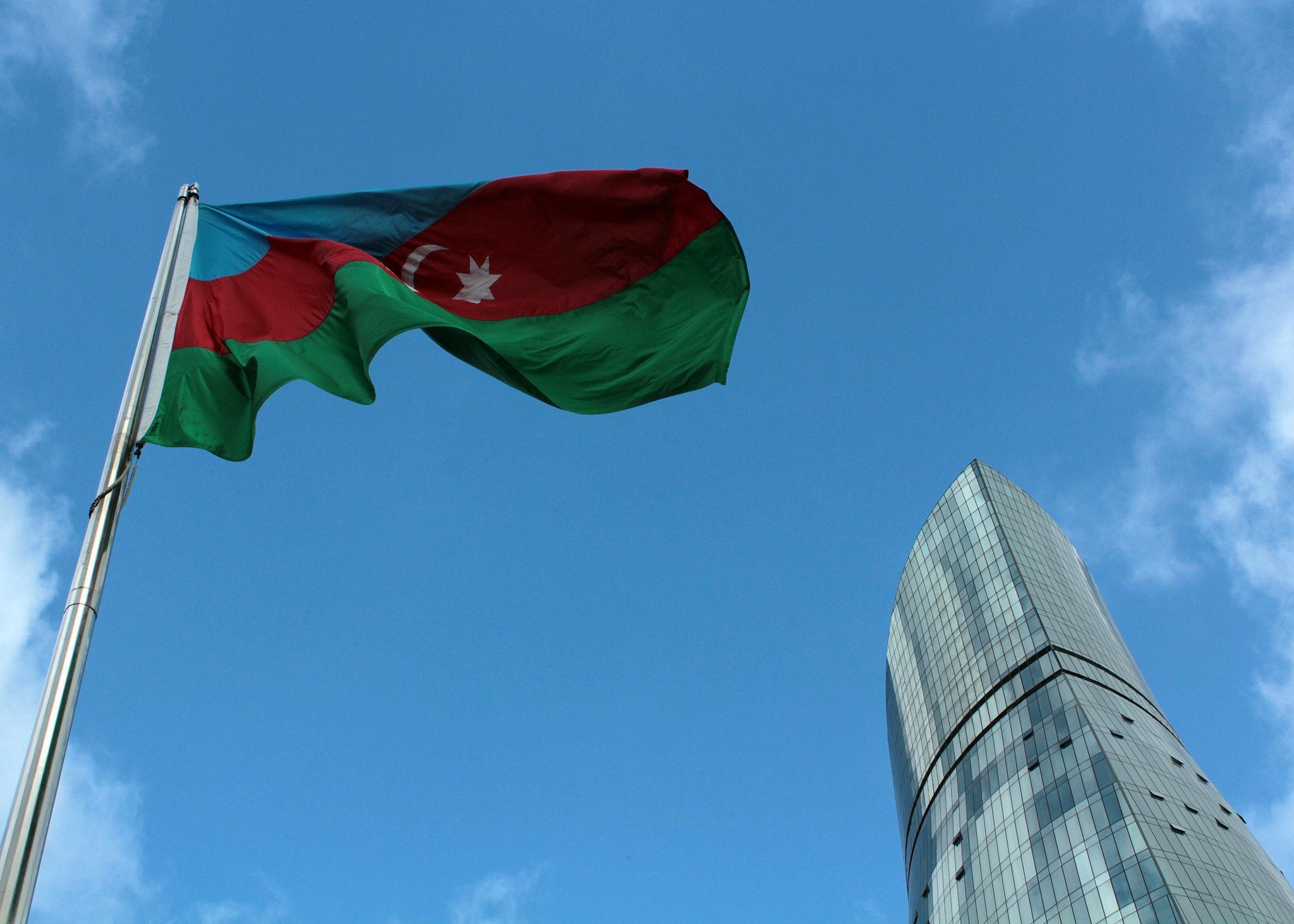
Azerbaijan and its capital were frequently in the news these days, since the 2012 Eurovision Song Contest was held there, the 1st European Games were conducted there and Formula 1 Grand Prix will also be on the Baku streets from next year. The editor of Daily News Hungary met a kind invitation when she visited Baku which is 2500 km away from Budapest as the crow flies. We are trying to introduce Azerbaijani people and their capital to those who wish to travel in a longer article.
Direct Wizz Air flights operated between Budapest and Baku, then it was abolished due to financial reasons, but as Daily News Hungary also reported, direct flight will restart in March. This is important because currently you can get to the Azerbaijani capital with a change in Istanbul which means 6-7 hours of travel including the transfer.
EU citizens have to apply for a visa, if they go to Azerbaijan. The paperwork can be arranged in the embassy located next to Oktogon (Budapest Eotvos Street 14, 1067). The procedure is not simple, but it is sure it is worth to apply for the visa, you will have special experiences during a trip to Baku.
Arriving in Baku, first you need to cope with the three-hour time difference, but don’t worry about the difficulties, as you will notice even at the Baku Heydar Aliyev International Airport that, instead of the imagined oriental conditions and atmosphere, the passengers arrive at a modern airport satisfying all requirements, and you can get to the downtown on a broad highway from the airport.
Azerbaijan is the most dynamically-developing country of the Caucasus; the GDP growth is continuous due to the oil and gas revenues. Such large-scale construction projects and improvements have been made in recent years that Baku was called “little Dubai” by many people. It is important to emphasize, however, that while huge skyscrapers are being built in the capital, only a trace of this economic power can be seen in the remote regions. The intentions of the government led by Ilham Aliyev are clear: the country released from the captivity of the Soviet Union primarily wants to make the capital fascinating, and when the pace of mega investment will have been slowing down, the huge amounts of oil revenues will be spent on rural developments.
One thing is certain: when the Hungarian tourists arrive in Baku, they see a stunningly vibrant and expanding city, you can see cranes among the several glass palaces which build additional imposing buildings around the clock. The Azerbaijani do everything for the change, they carry out the grandiose plans in months which are followed by further and further plans. Compared to the Hungarian national constructions and road renovations, the work is moving at light speed in Baku, and although according to the locals, the building boom is much more subdued than a few years ago, you can feel the power of the uncompromising implementation.
One of the most impressive attractions of Baku is the Flag Square, whose center there is a 70X35 m Azerbaijani flag. The square handed over a couple of years ago tells a lot about the capital and its residents. The Azerbaijani are tremendously proud of their nation and its symbols. In Hungary, many people spoke against the flag on Kossuth Square for being too big and ostentatious, but comparing to the flag in Baku, it is a miniature one. At the foot of the flag rod, there is the flag museum where you can see the centuries, during which the look of the flag changed a lot, but you can also see original footage on the 200 kg flag’s raising ceremony.
In the immediate vicinity of the Flag Square, there is the hall built for the 2012 Eurovision festival, but one of the world’s longest seaside promenades also ends here, which leads to the city center following the line of the Caspian Sea.
Almost in all promotional pictures, there is the three buildings which can be seen from nearly every point of the city, they are beautiful glass palaces daytime and huge graphical interfaces at night, where the colors of the Azerbaijani flag are seen, then the building turns into a huge fire, proclaiming the “Land of fire” nickname.
There is the country’s parliament in the immediate neighborhood of the symbolic buildings. It can be a disappointment for Hungarians due to its simplicity, but only a few could compete with the Hungarian one.
Azerbaijan was only a peripheral region of empires until the beginning of the 20th century, their independent country was formed only after the termination of the tsarist Russia. Georgia, Armenia and Azerbaijan, the neighboring countries, became part of the Soviet Union, while the ethnic map did not match the countries’ borders, and unfortunately, several bloody confrontations emerged between the Azerbaijanis and the Armenians. During an Armenian attack, so many people got massacred that such a violent and planned aggression can rightly be called genocide. A good example is the city of Guba not far from the Russian-Azerbaijani border, where a memorial park was created in memory of an Armenian massacre, which commemorates the Guba massacre in the early 20th century. Next to the huge building of the museum, there is a smaller tent where mass graves are also presented. The image clearly shows that Azerbaijani people massacred by the Armenians were thrown into a common grave then were covered with soil, almost the entire population was sent to the next world.
Equally shocking is the memorial park next to the Baku parliament, where hundreds of graves commemorate the victims of the Nagorno-Karabakh conflict erupted in 1988. During the Azerbaijani-Armenian war, several tens of thousands of civilians and soldiers died, and in numbers, the Azerbaijani drew the short straw. The Armenians occupied Nagorno-Karabakh, more than 800 thousand Azerbaijani people fled to the other regions of the country, while 200 thousand Armenians immigrated to Armenia. If we compart it the current European migrant crisis, the immigrants have not reached this huge number, so we can imagine how serious economic difficulties were displayed by the accommodation and the employment of displaced Azeris. In 1994, the parties concluded an armistice to solve the conflict, and the OSCE Minsk Group is also trying to negotiate with the parties. Since the Armenian territory gain was illegal, at the UN, among others, a decision was taken that the Armenian Army must retreat from Karabakh, since the territory belongs to Azerbaijan. This is ignored by Yerevan, since the Russian Army is deployed in Armenia and a possible Azeri action would have serious consequences. The government of Azerbaijan does anything to enforce its rightful claim, however, it is sad to say it, but these countries are the puppets of the great powers, they support once one, once the other party instead of enforce the UN decision.
The Azerbaijani attitude is exemplary in this conflict, since a national unity was formed which seems completely impossible in Hungary whatever the topic is. The Aliyev government uses a loft of energy in order the case is on the agenda at the UN, and they are trying to inform more decision makers.
Several cemeteries, monuments and statues remember the victims of the Karabakh conflict and every map illustrates the stolen region as part of Azerbaijan.
Maiden Tower is also one of the symbols of Baku, which looks like a simple bastion from afar, but then the visitor realizes it has a rich history. It also has a great view of the Old Town. The tower can be found on the outskirts of the old part of town, so getting through a couple of narrow streets, we are in the heart of the oldest part of the city, where we can see what life was like in Baku a few decades ago. The Hungarian embassy is also in this district, but there are mostly street vendors and restaurants offering traditional dishes in these small streets.
Leaving the city wall we get on Fountain Square, where several shopping streets join. Like on the Vaci Street in Budapest, you can find here the biggest world brands and you can roam the streets of Baku.
Heydar Aliyev Center
A trip to the capital is also an excellent dining experience, since a lot of vegetables, fruits, cheeses and various sauces are consumed, but Azerbaijani people can sweep the tourist off their feet with steaks made of lamb, beef and chicken. As a Muslim country, pork and alcohol may not be consumed in catering establishments, which is strange for Hungarian people since Hungarian cuisine cannot be imagined without a brandy as an aperitif and good pork, but you can get used to it in no time and you can even miss Dorma or lamb.
The Azerbaijani tea is famous far and wide, so it has a great culture among the locals, we got a steaming black tea in a glass beaker as the first step of hospitality. Sisha also enjoys great popularity, the Azerbaijani young and old go to tea rooms and talking with their friends in the company of a Sisha. This is a very magical world through the eyes of a Hungarian, because alcohol causes a lot of trouble in Hungary, and when we enter an alcohol-free world, we admire that it is possible.
Crime is very low in Baku, people feel safe there, there are several police cars on the streets, but it is not so true of traffic. A modern city is combined with oriental transportation. The Highway Code is treated flexibly, so the traffic is quite chaotic many times, the constant honking is part of the traffic. According to locals, Baku residents hardly use public transport, since it is not developed enough, and because fuel is also cheap, cars are often seen as status symbols.
It will be a great experience for Hungarian tourists that wherever they go in Azerbaijan, if locals get know we came from Hungary, they will immediately smile and shake hands, since they consider us as brother people due to the common Turanian past. It feels good, it is also worth it going so far.
We hope we could arouse your interest towards Baku. Those who love special travel sites, be sure to go to Azerbaijan and in the company of a hot tea, one can feel the smell of oil in the air.
written by BA and KA
Photo: Daily News Hungary
Source: Daily News Hungary



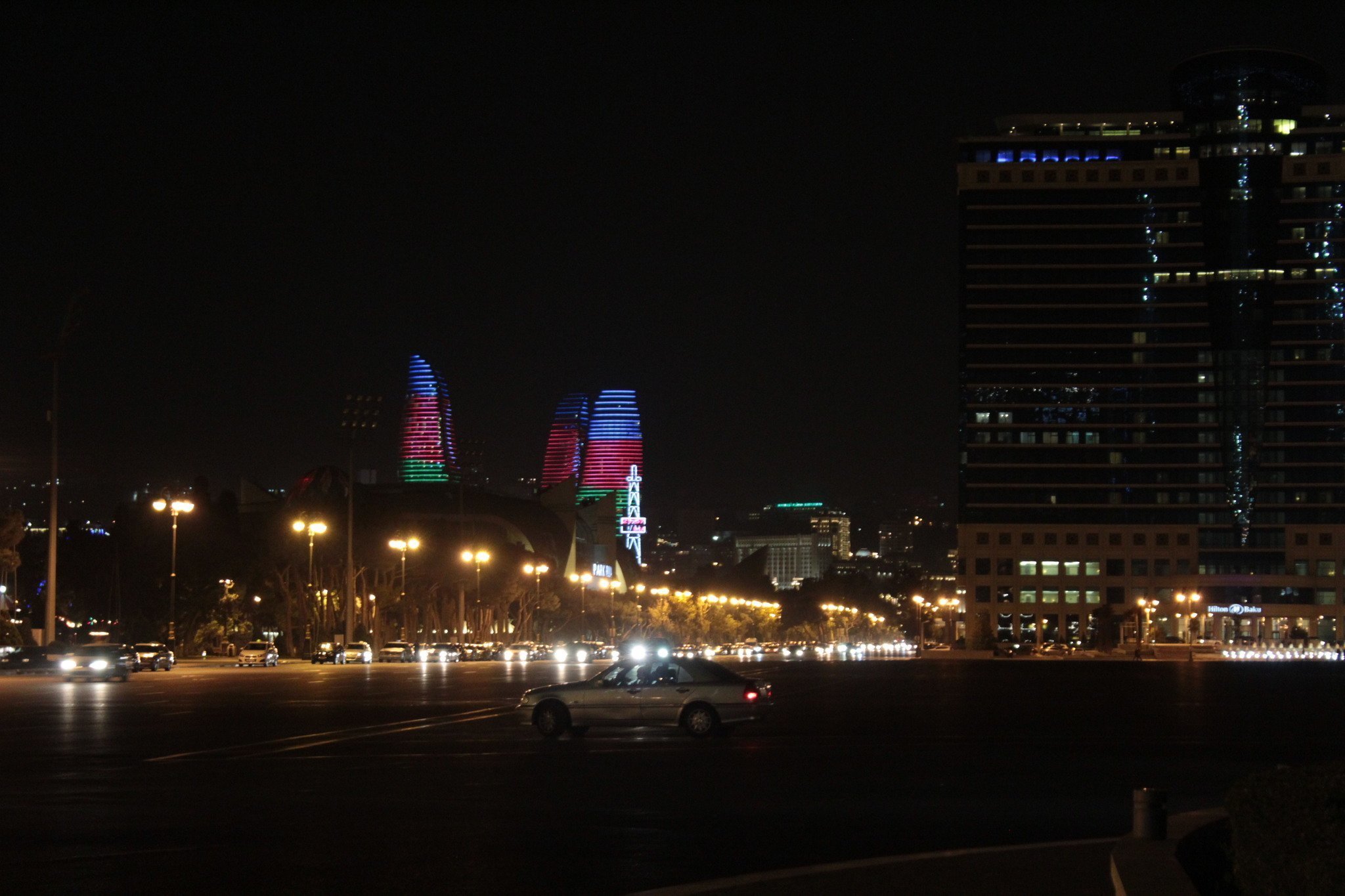
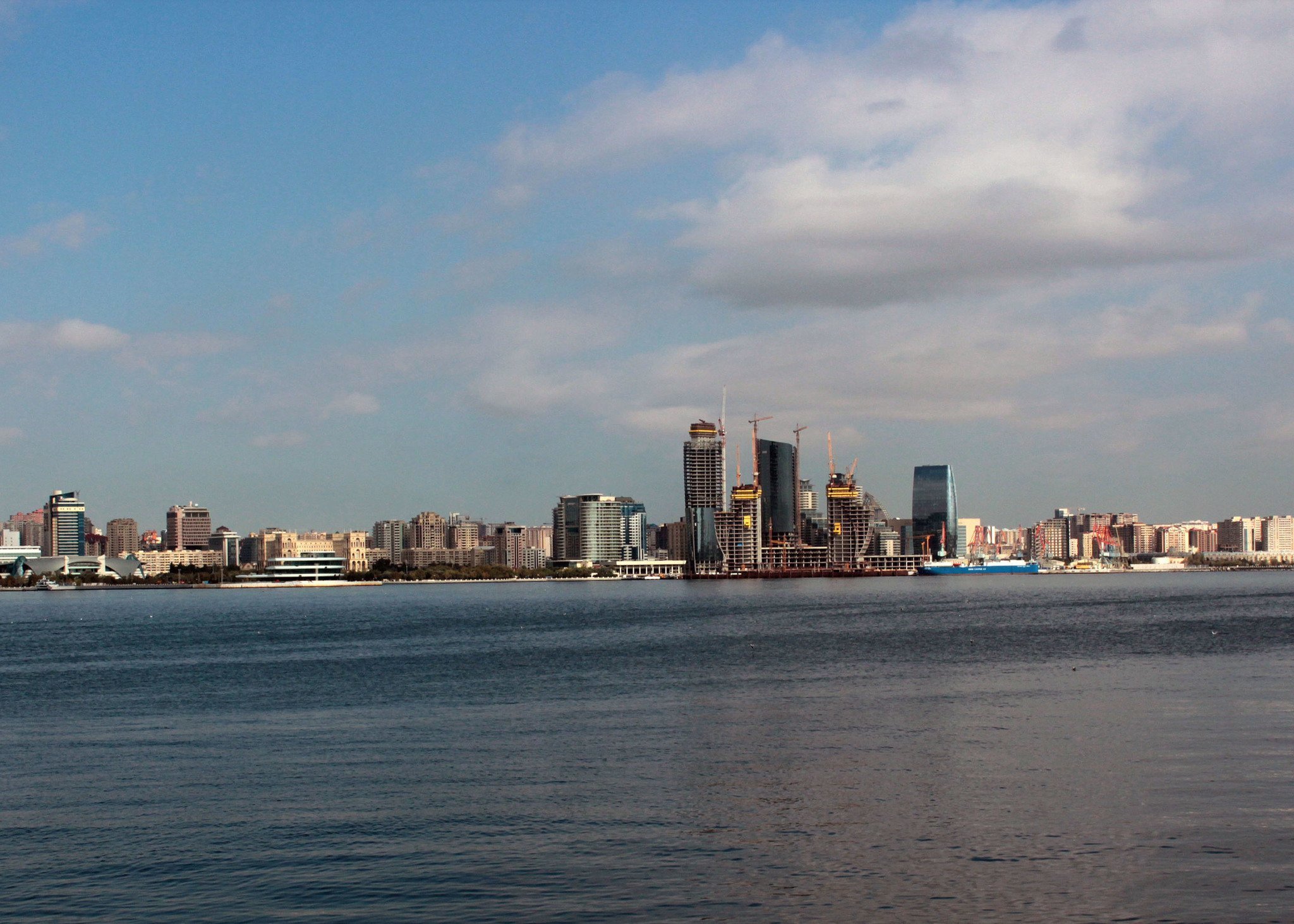
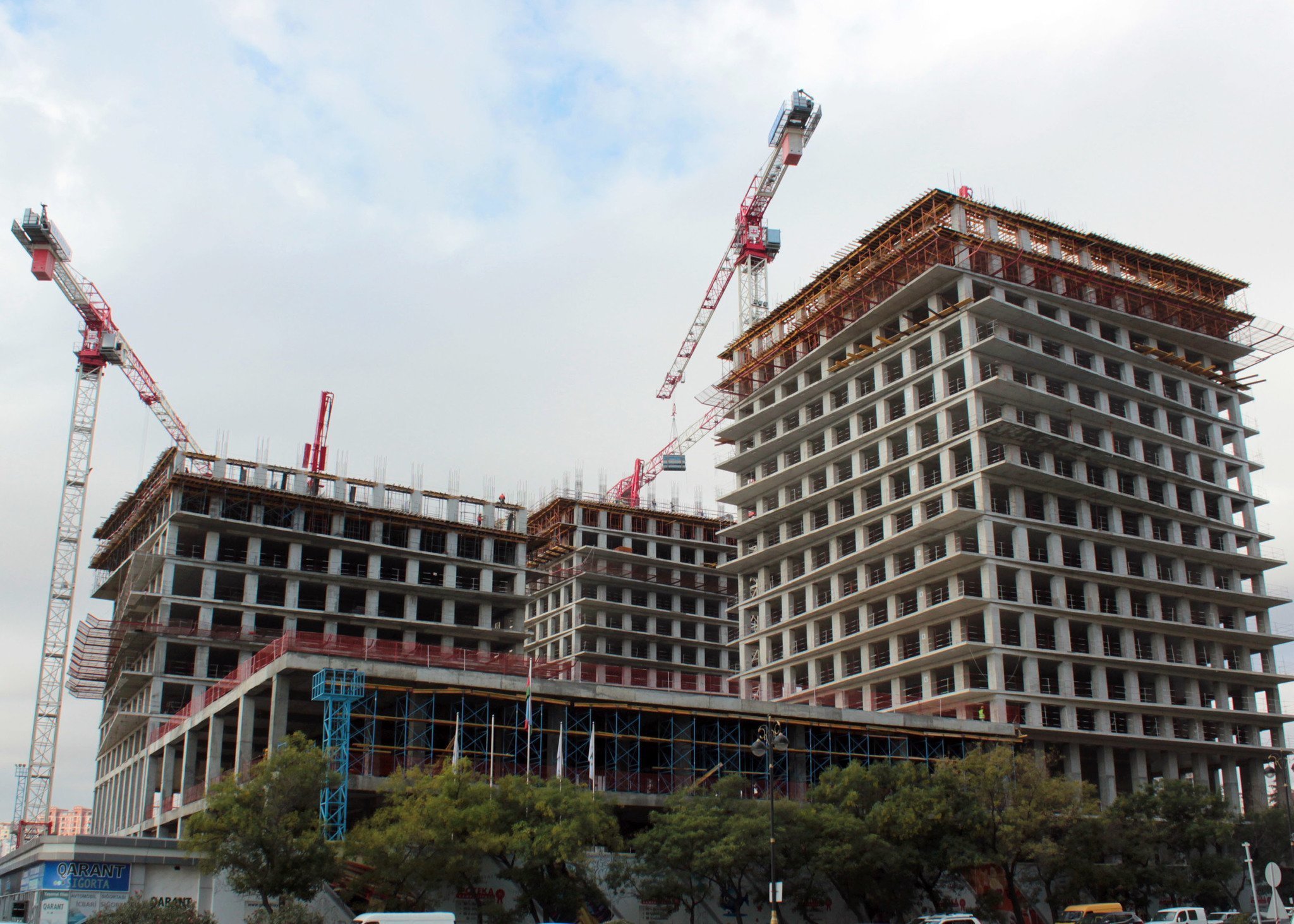
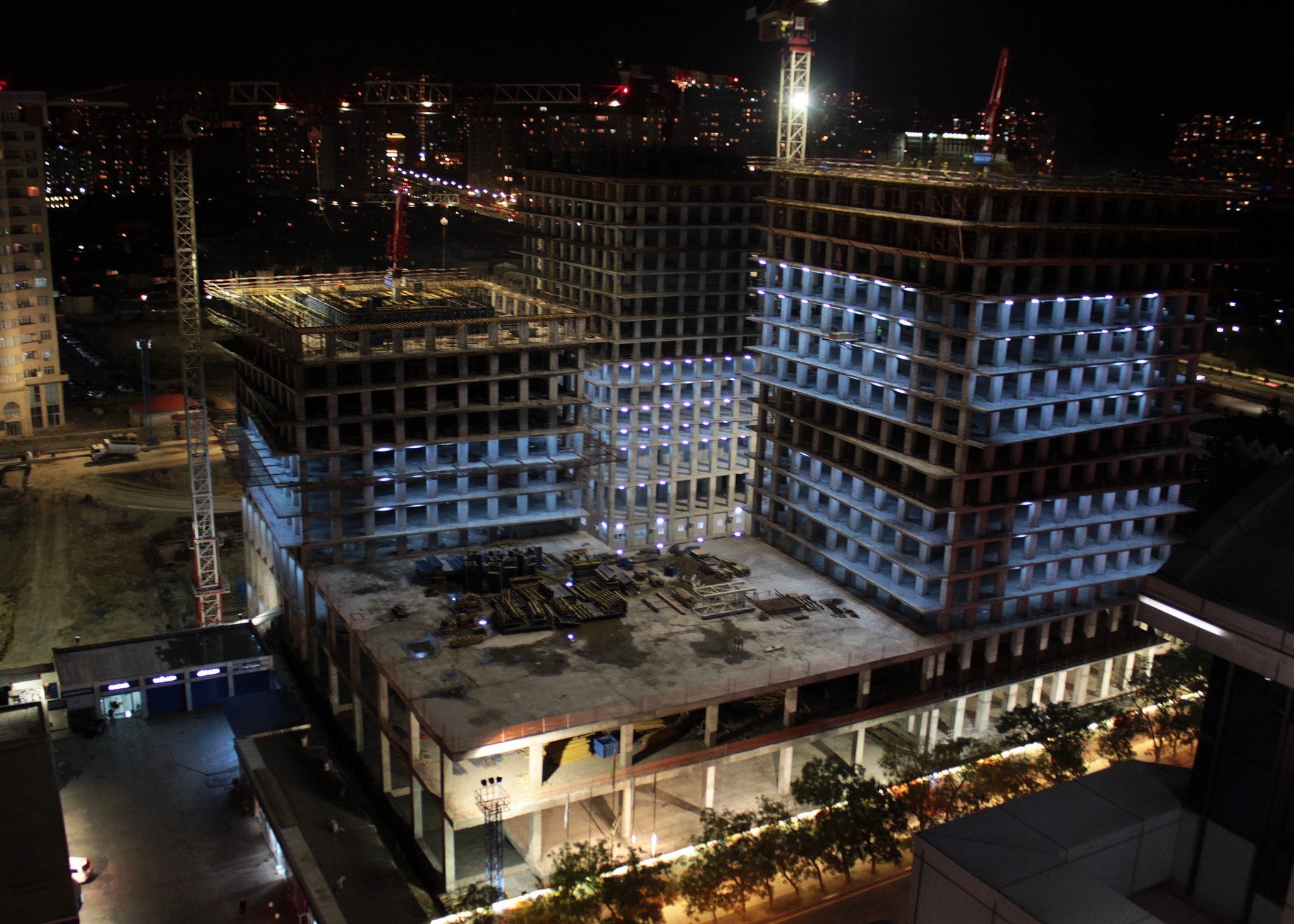
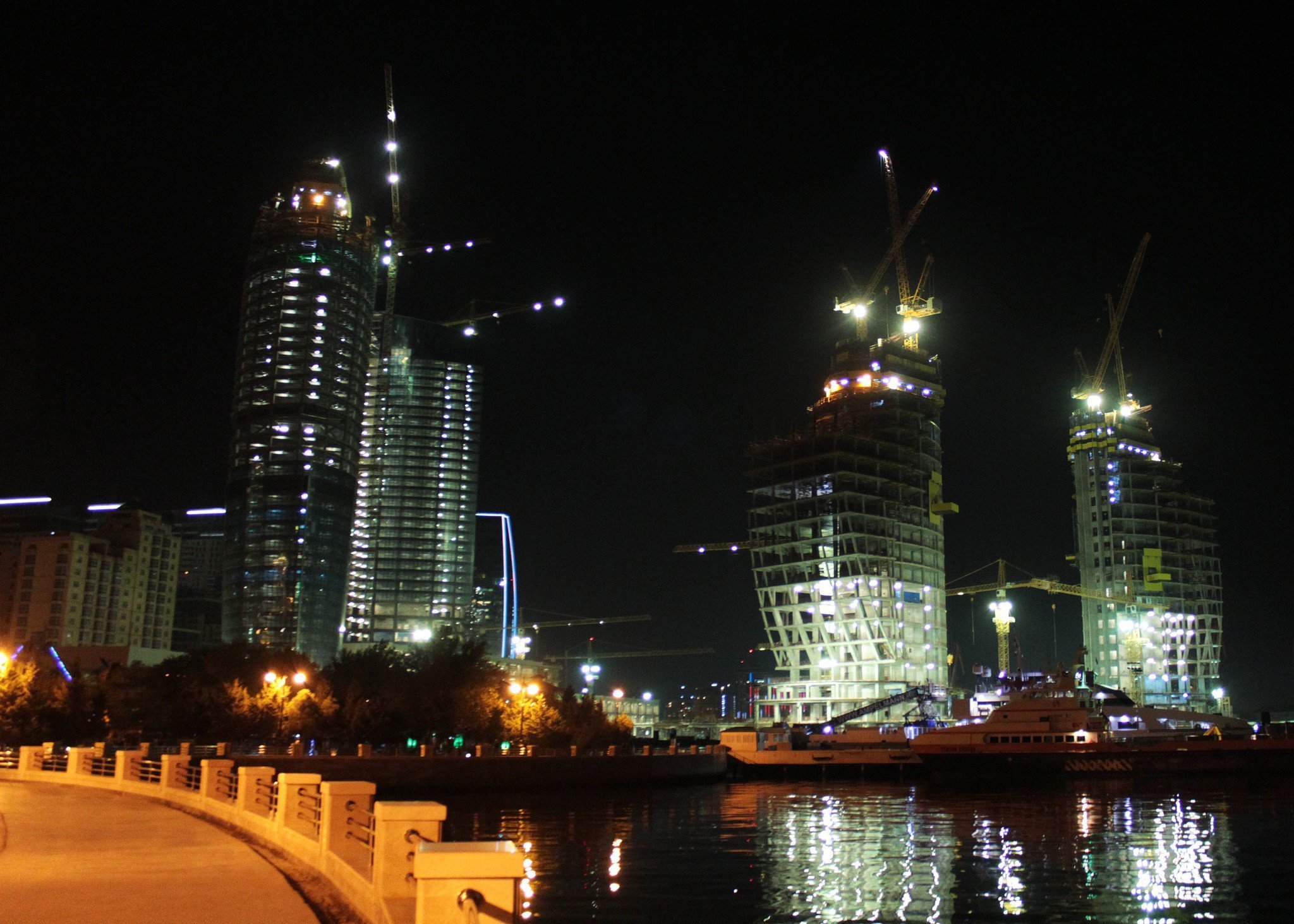
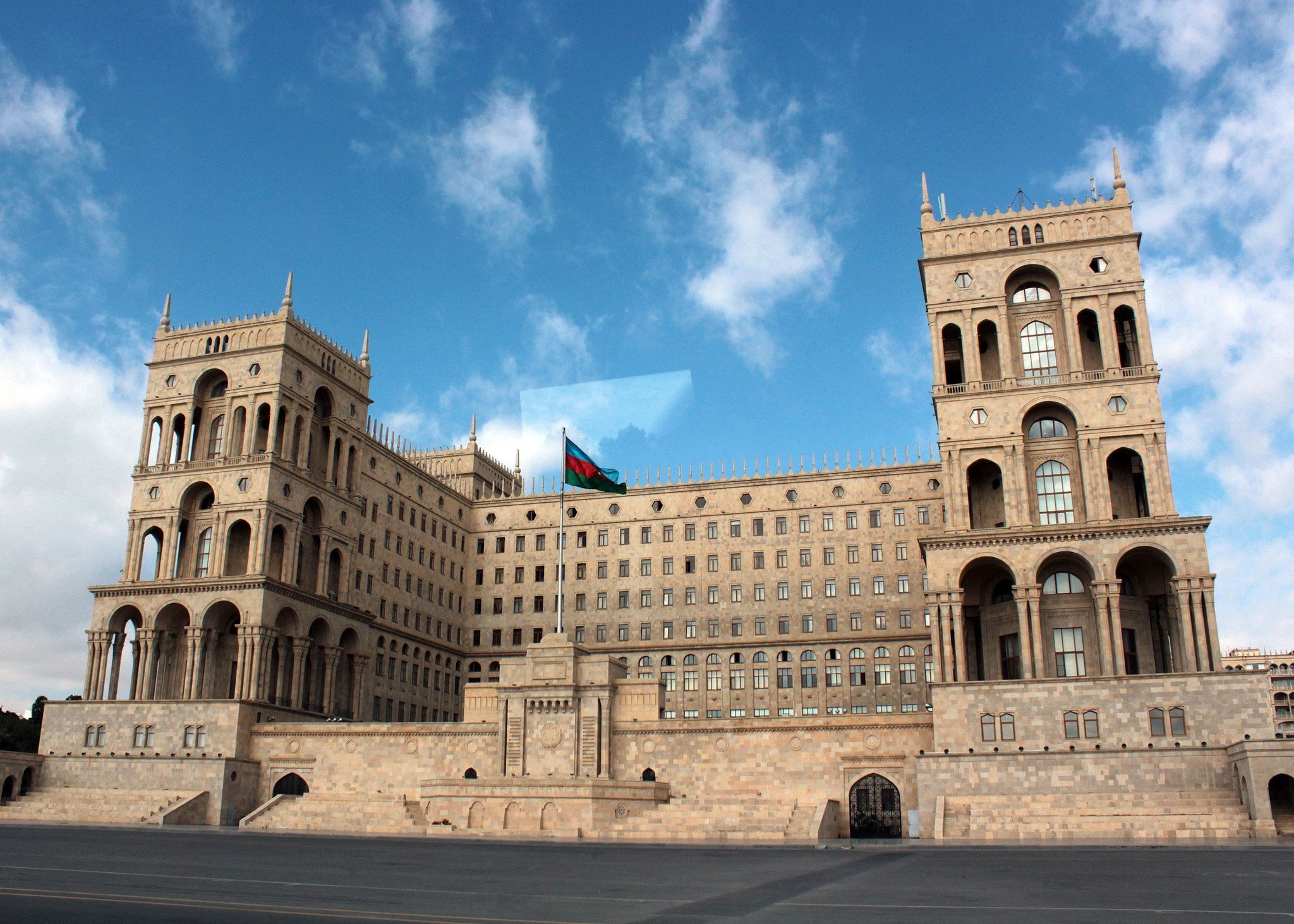


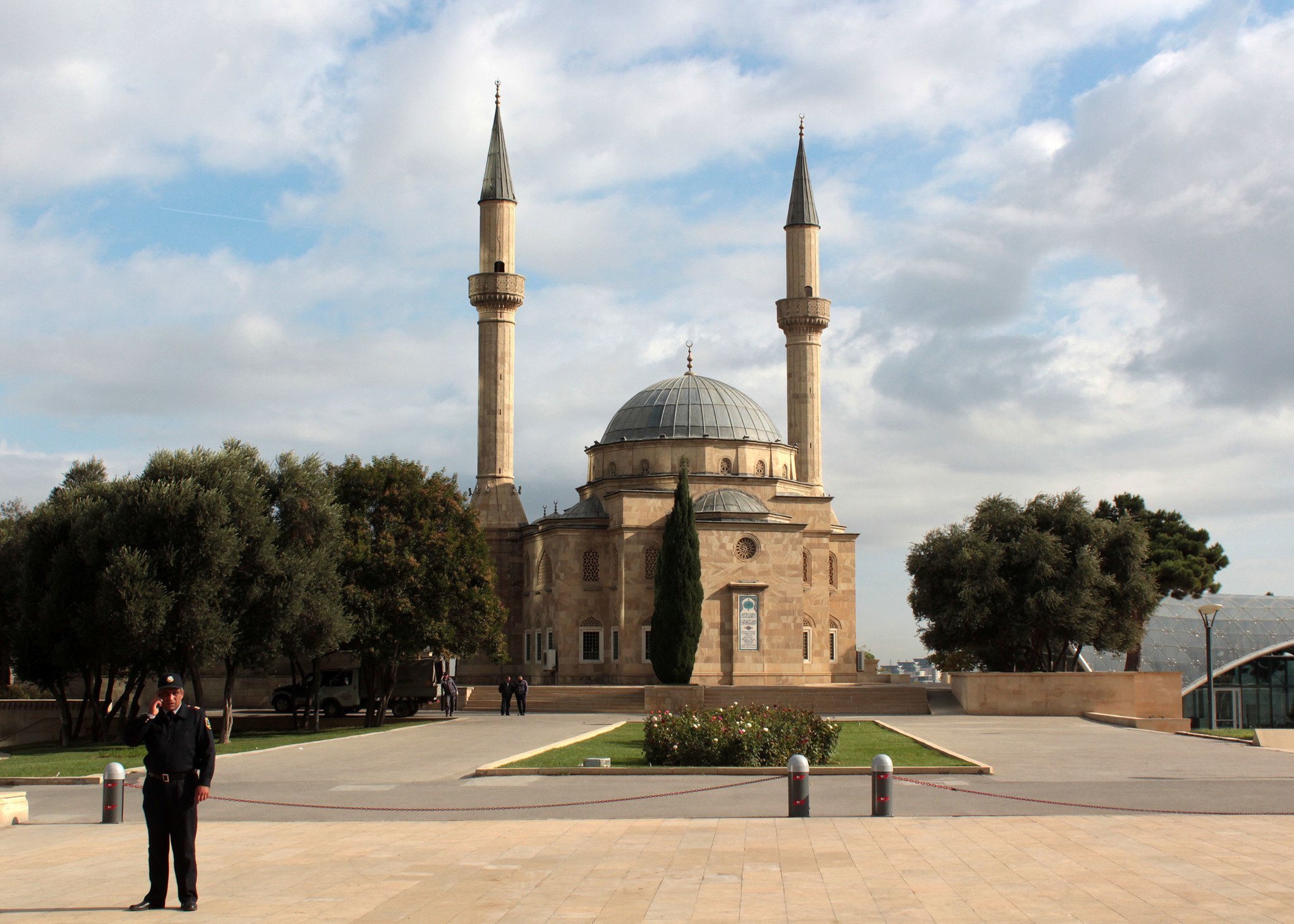
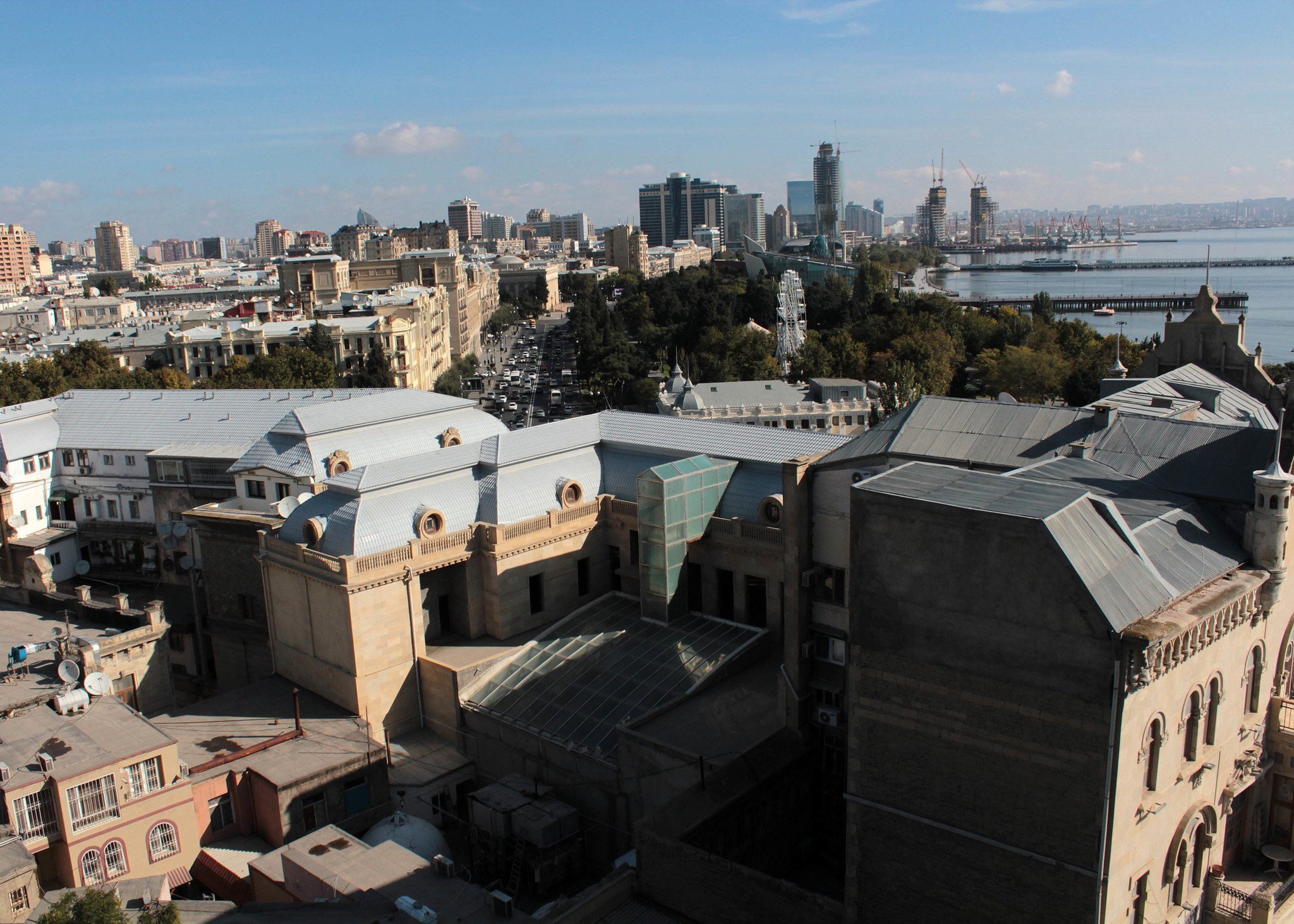

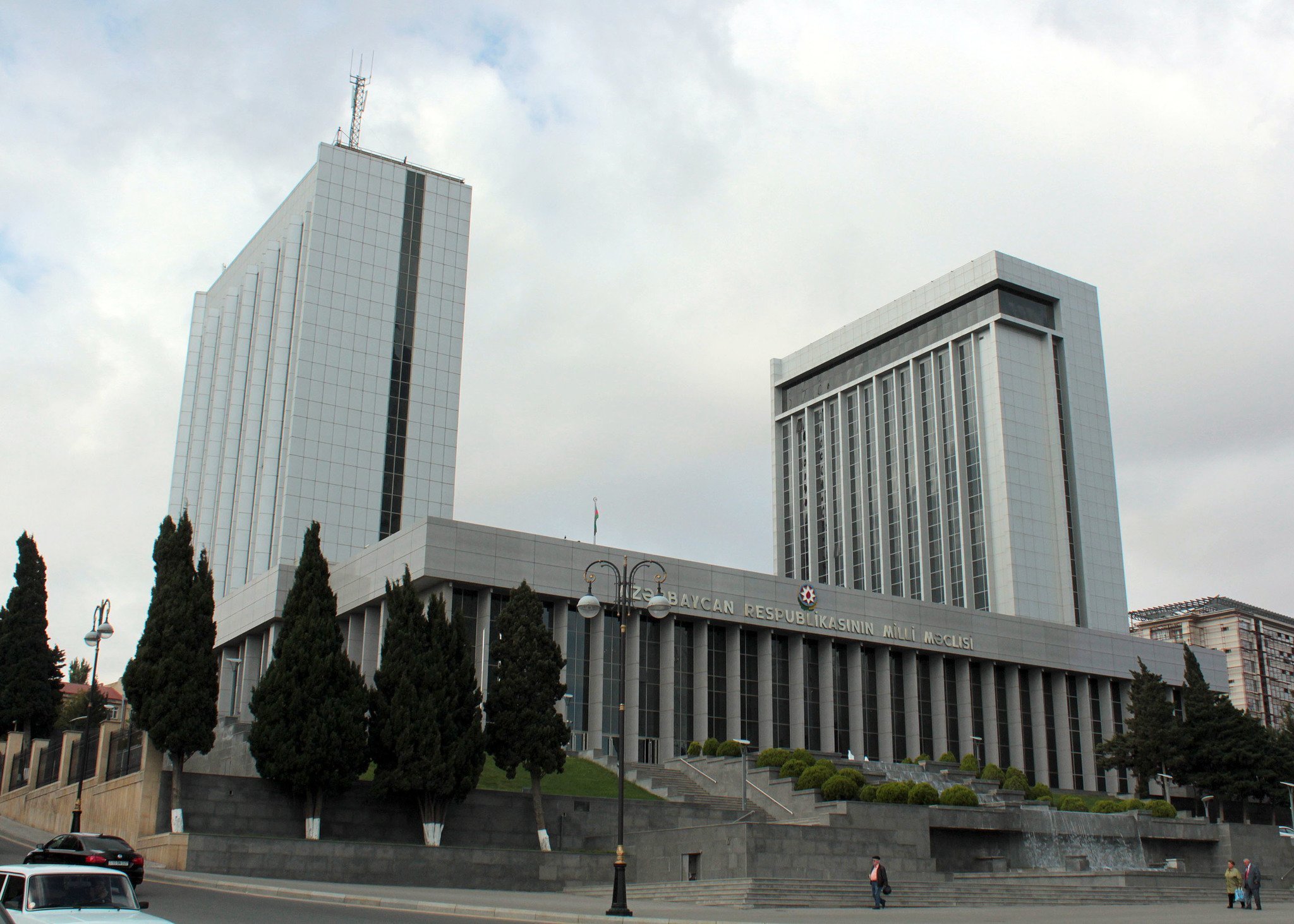
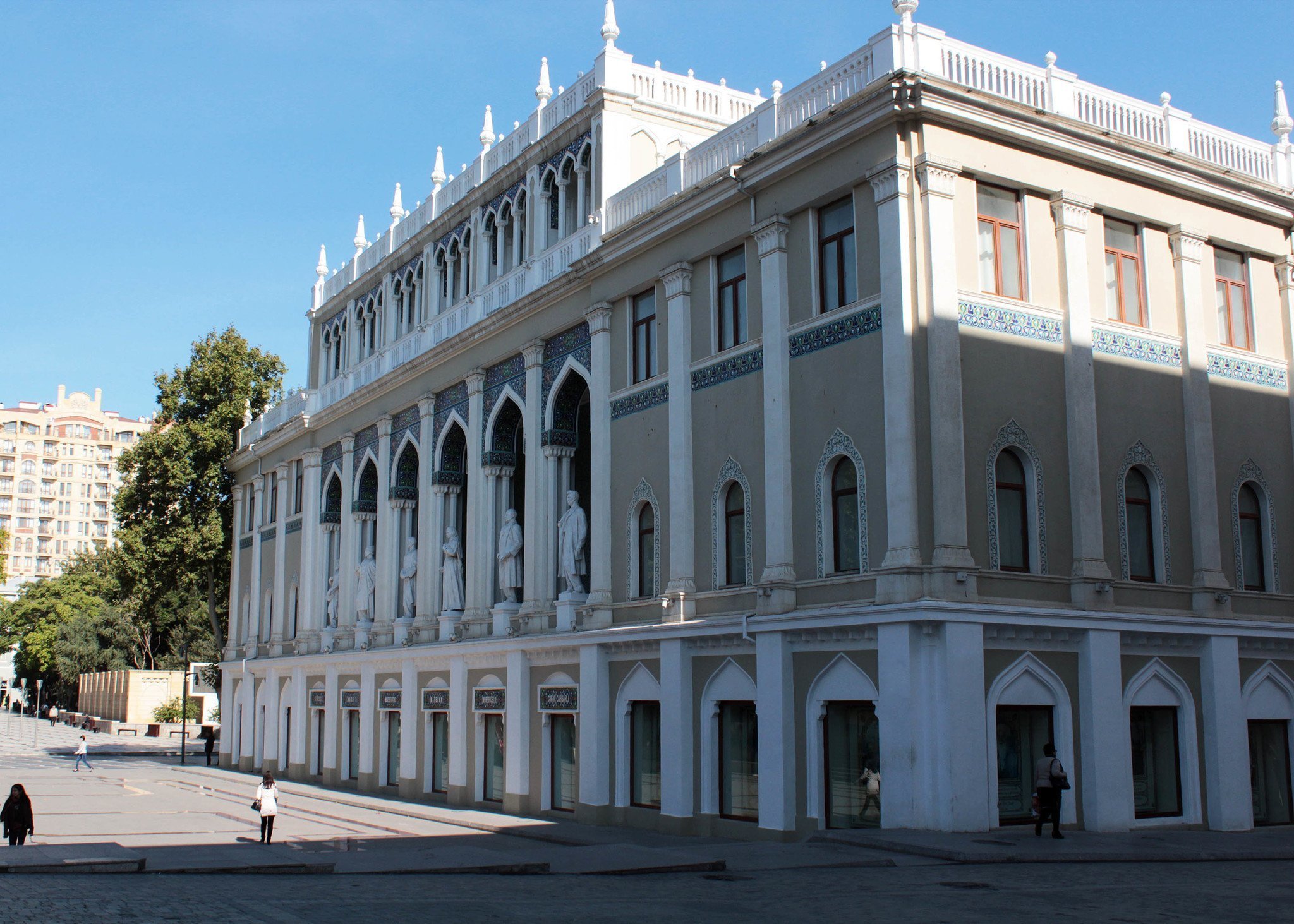
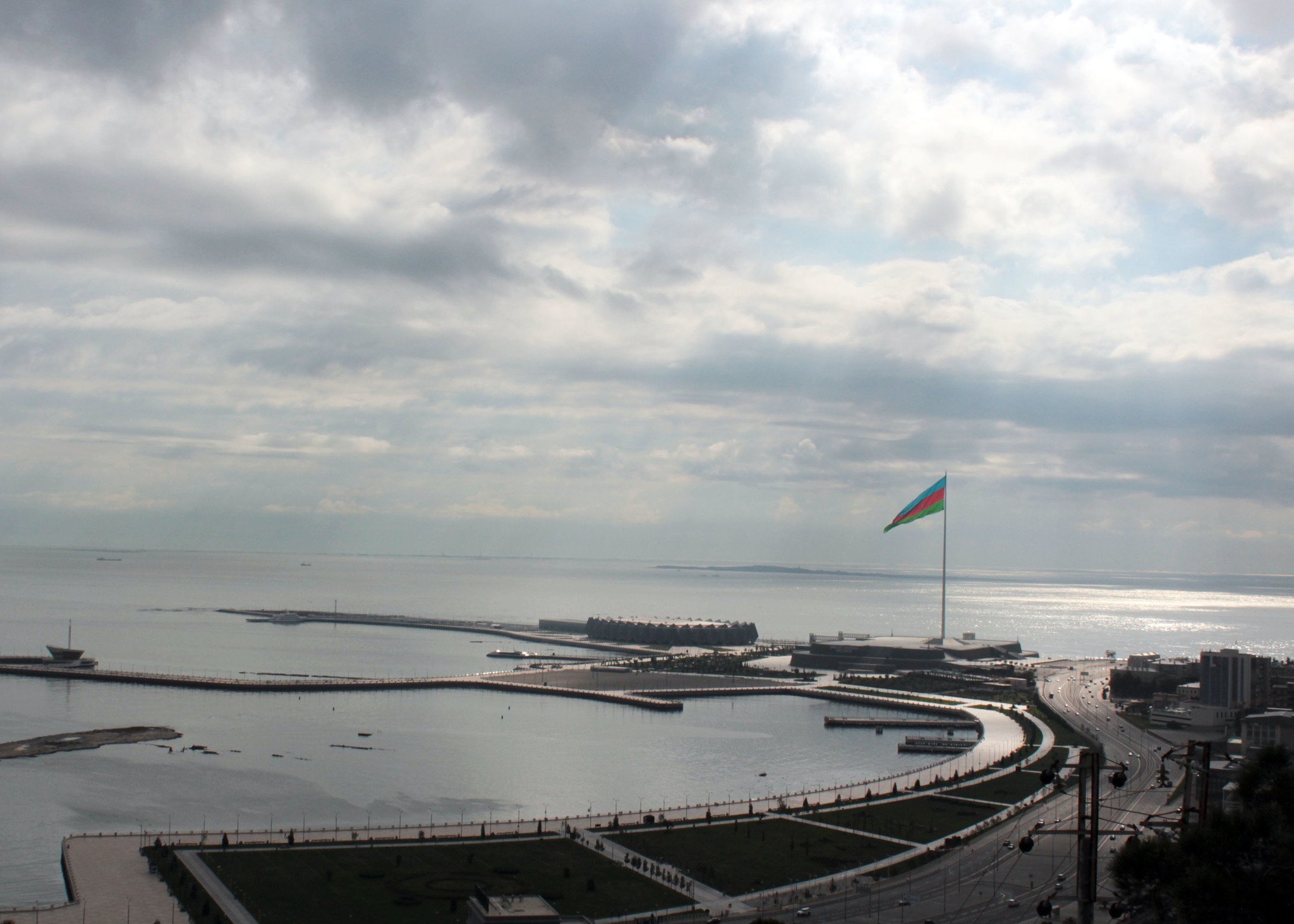
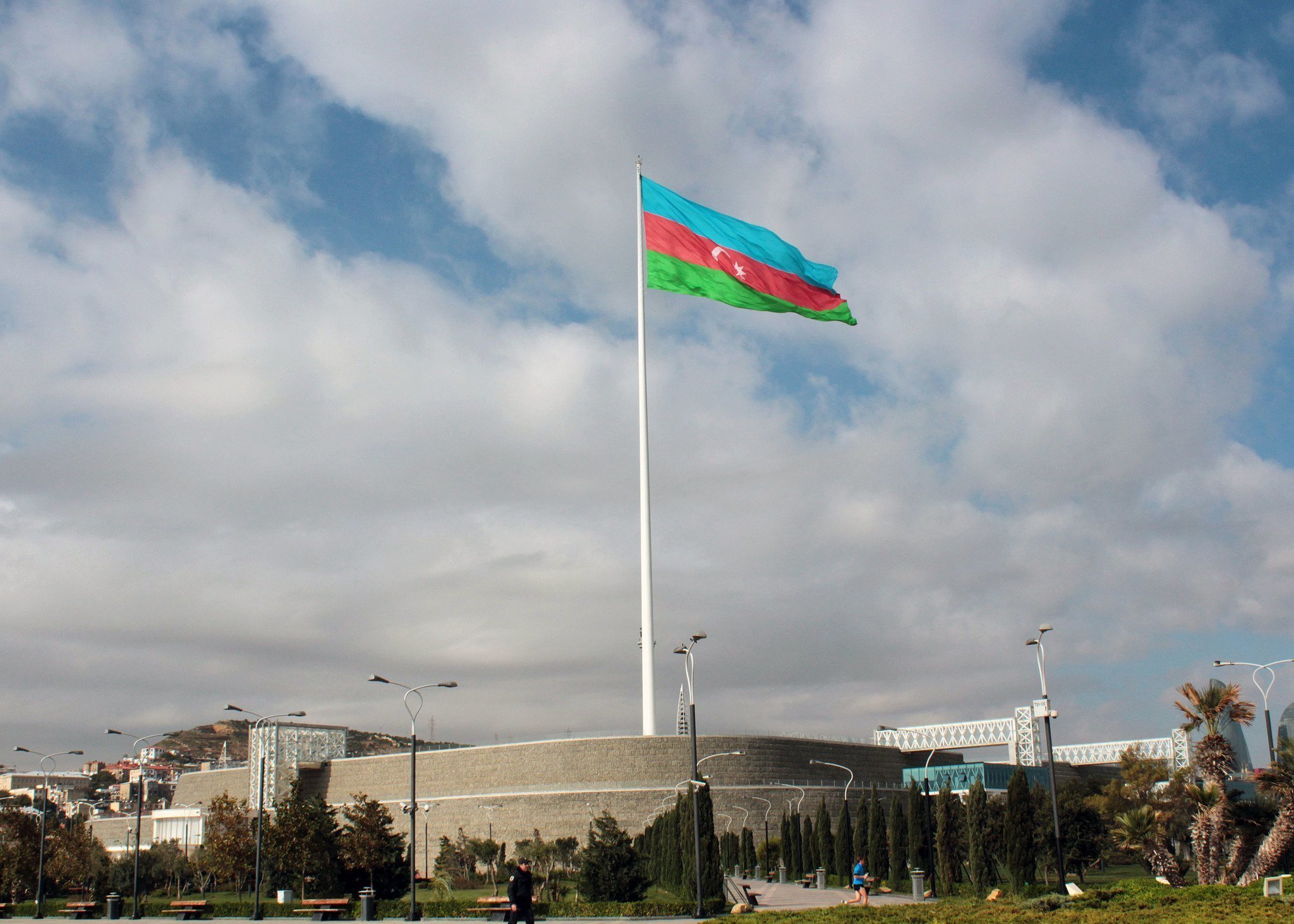




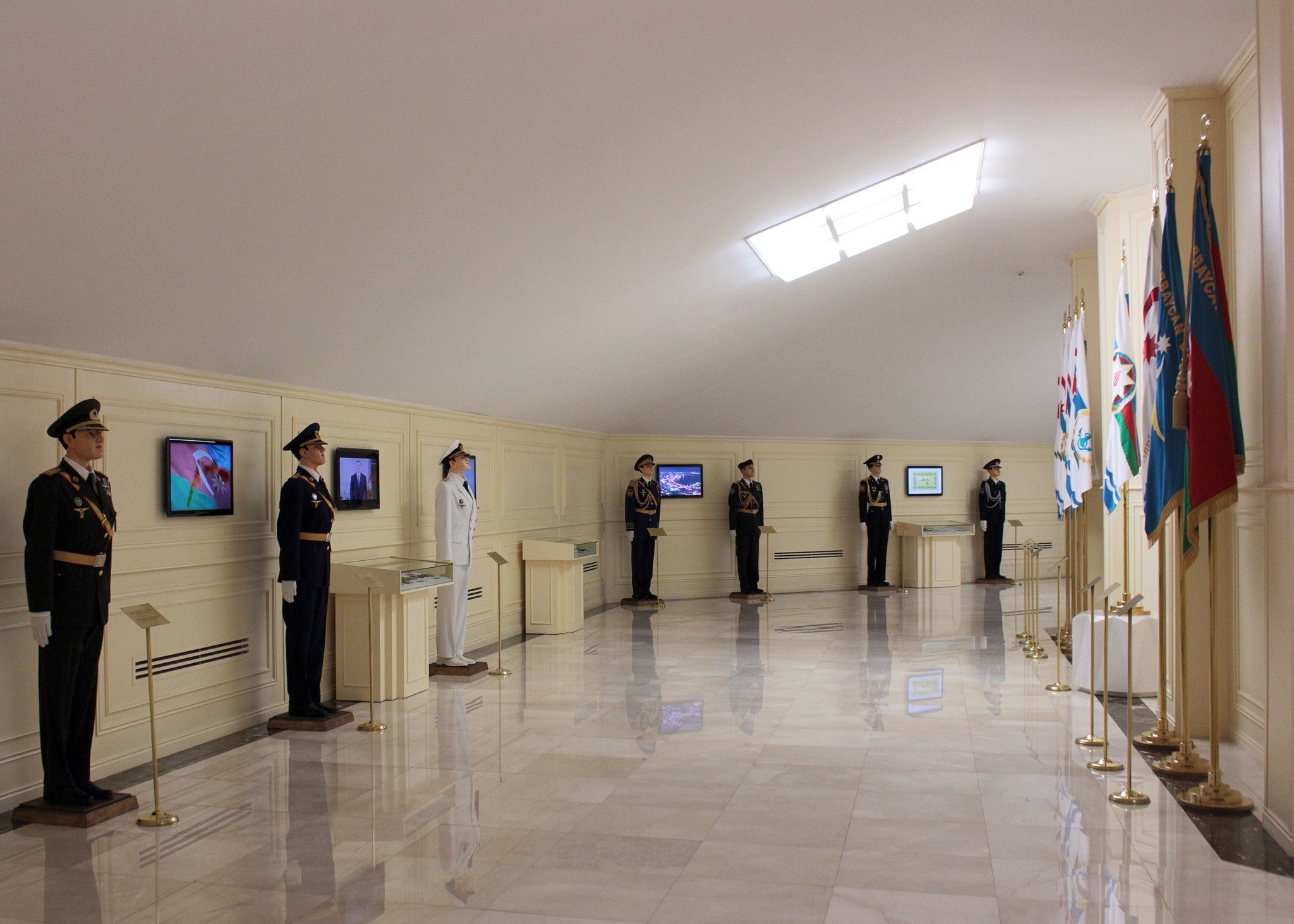
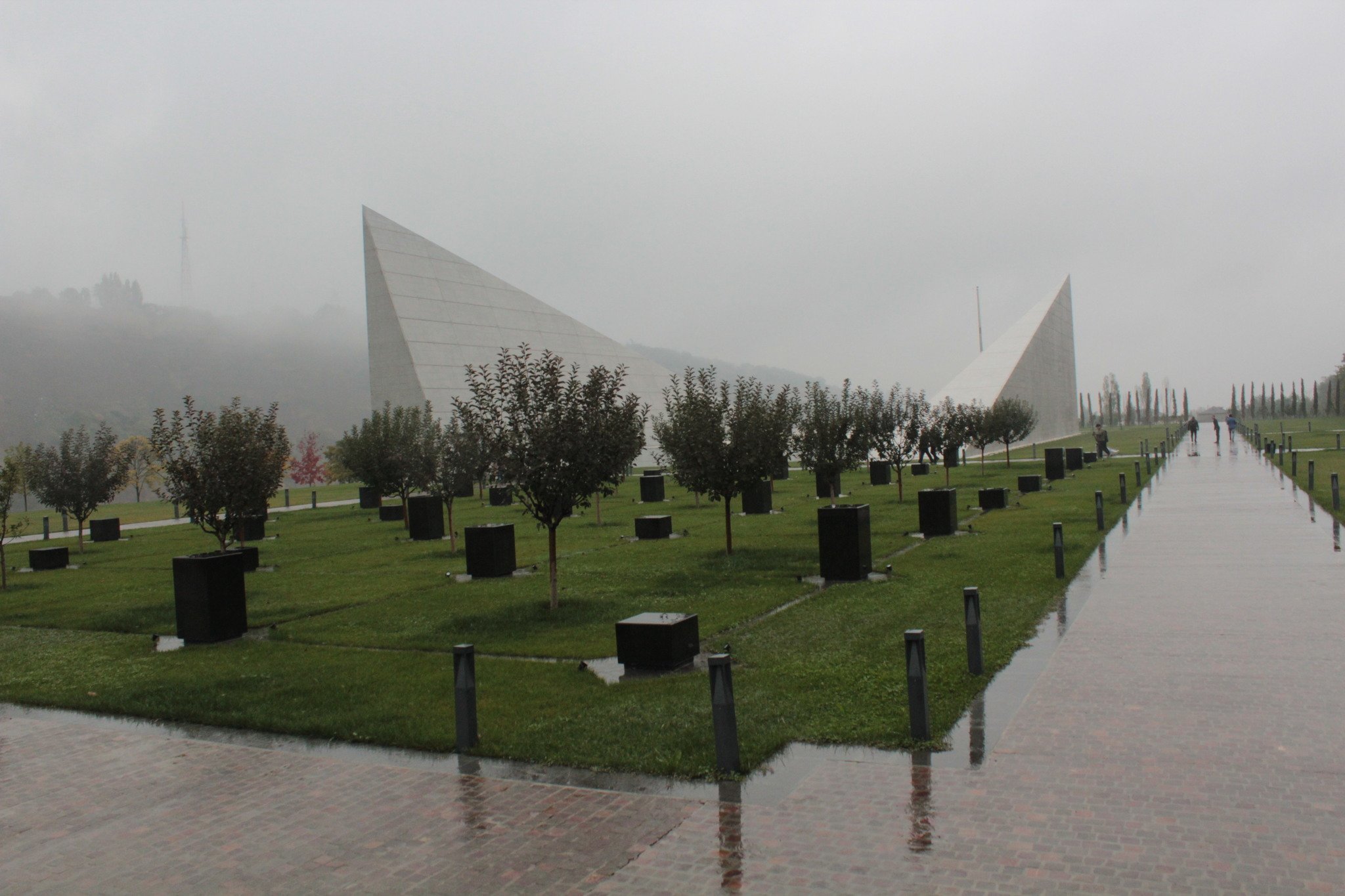
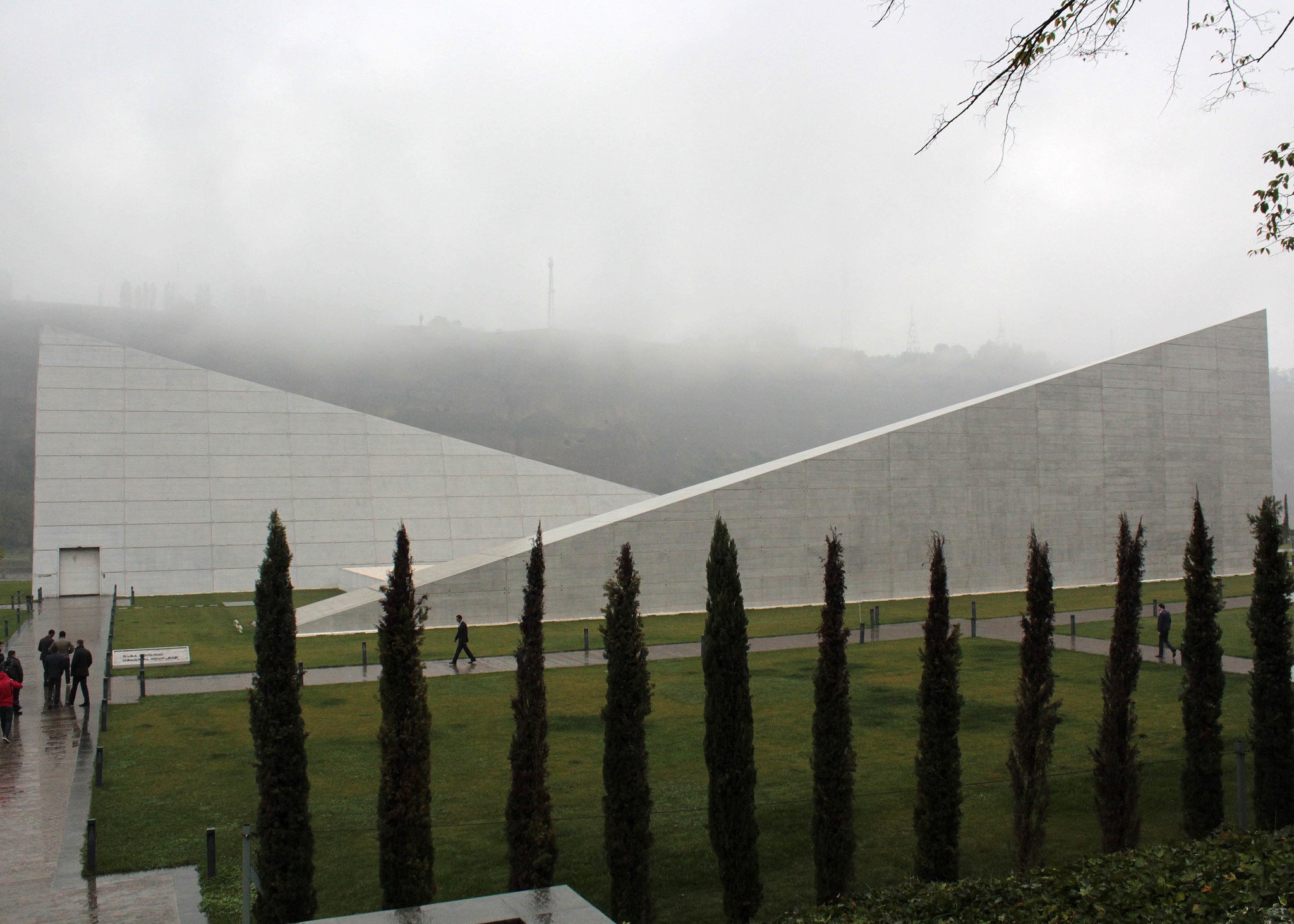
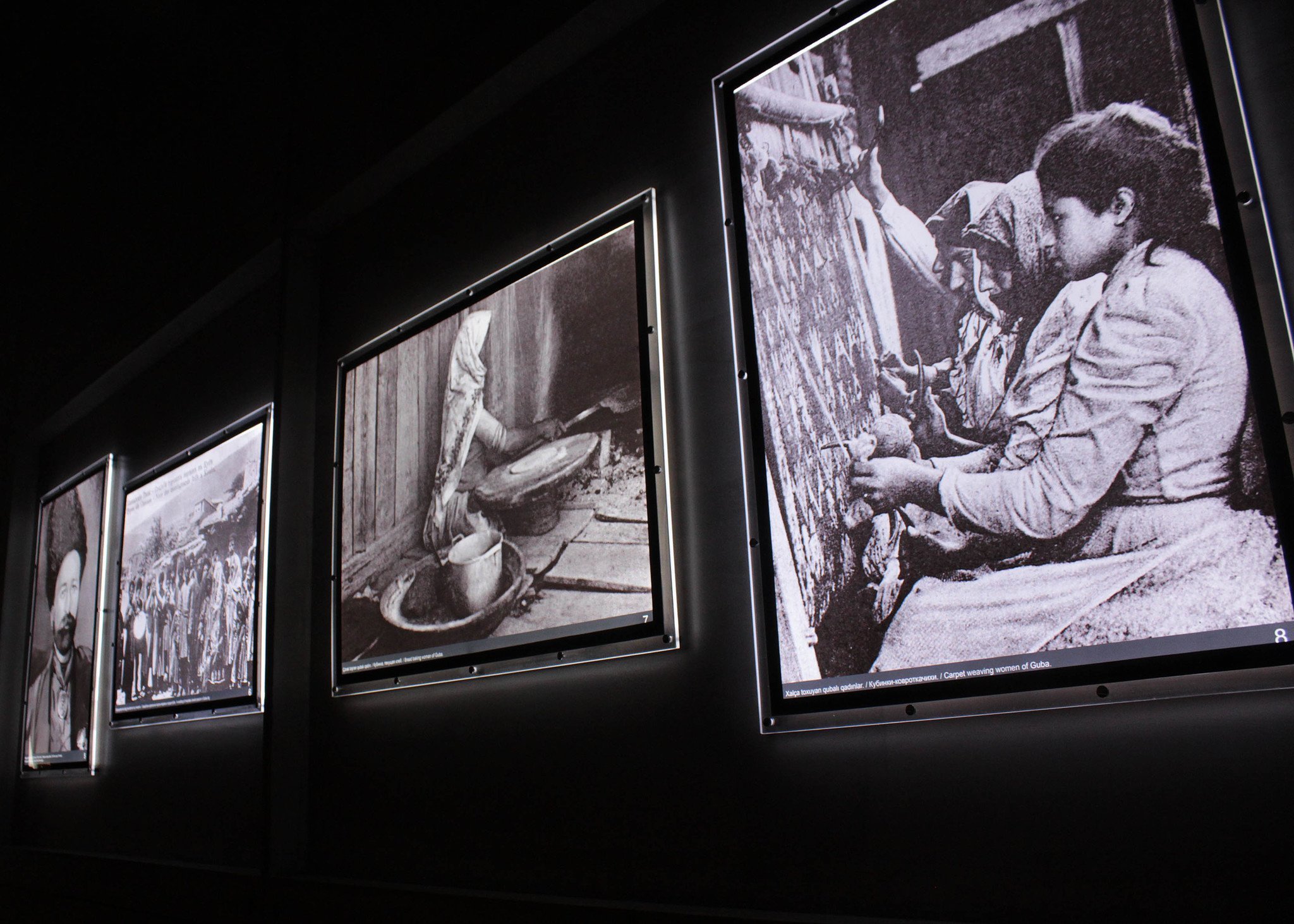
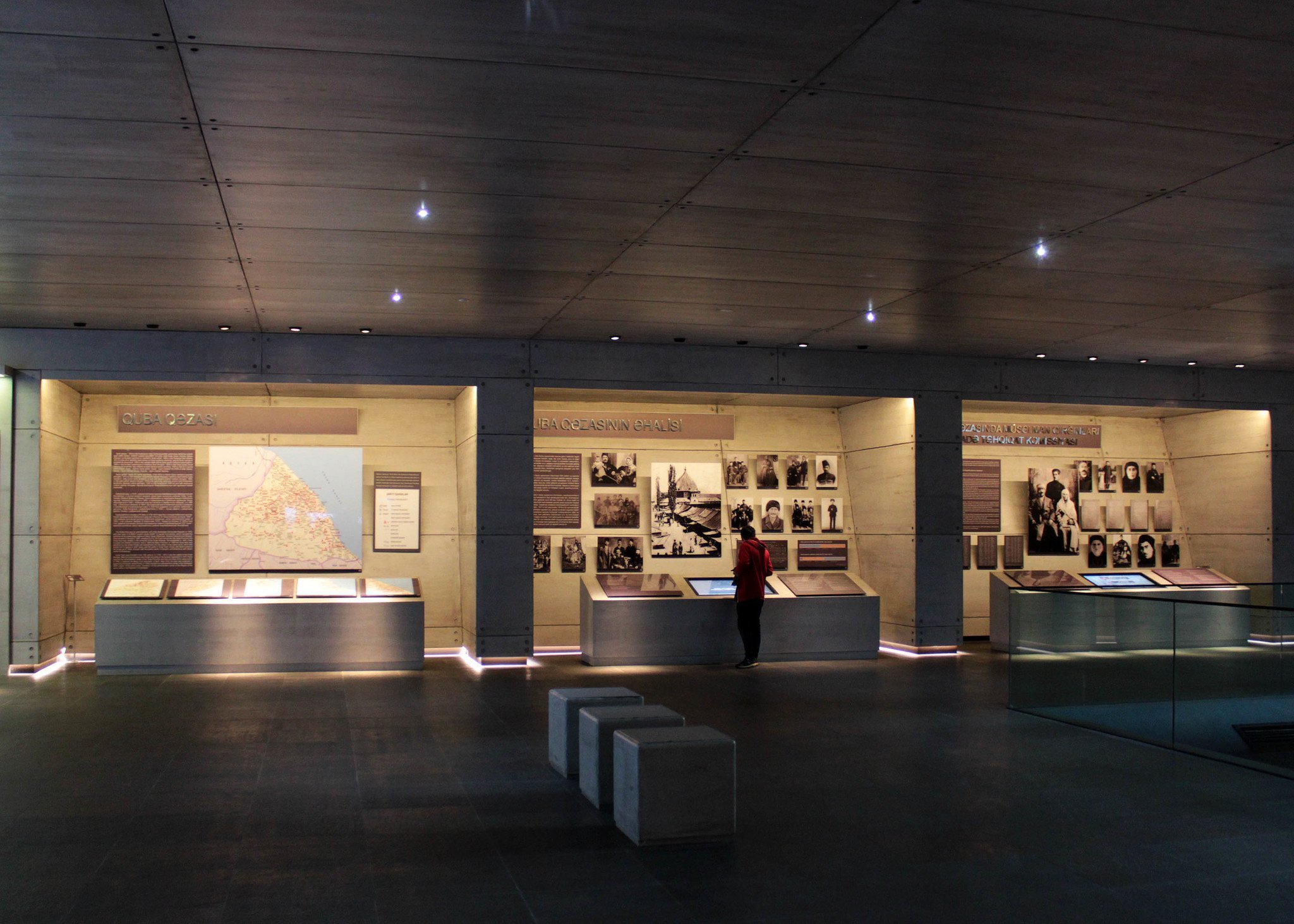
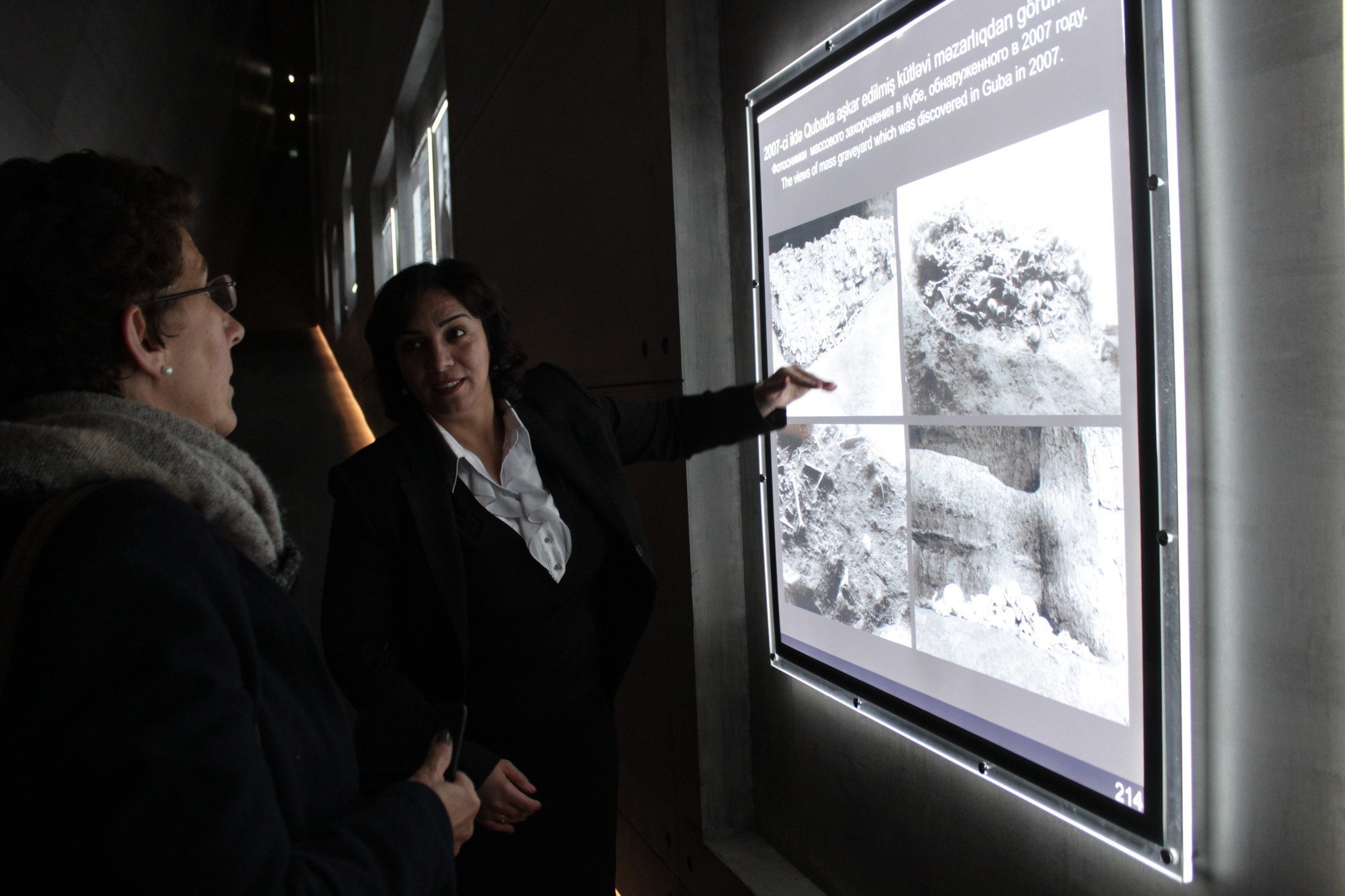
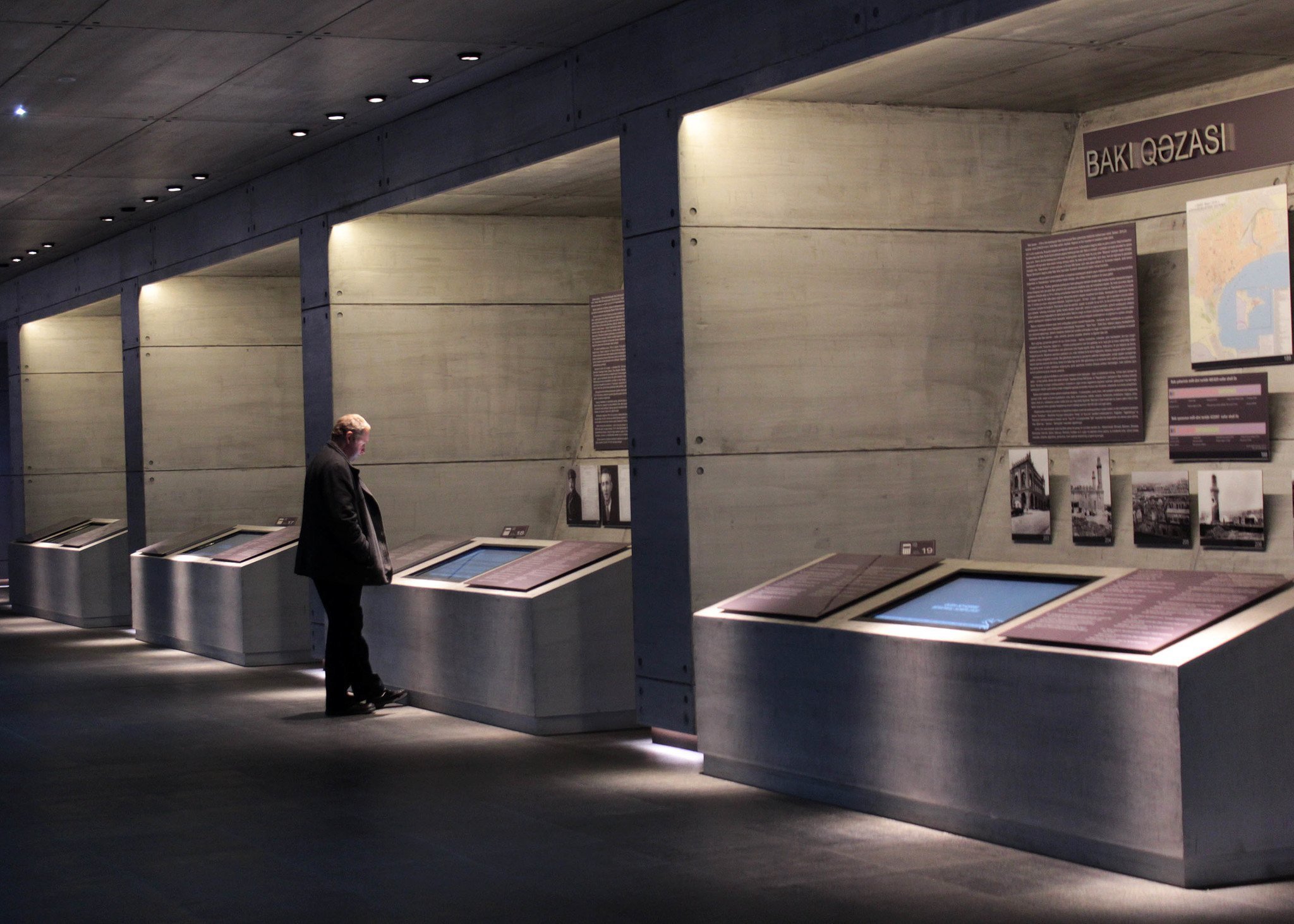

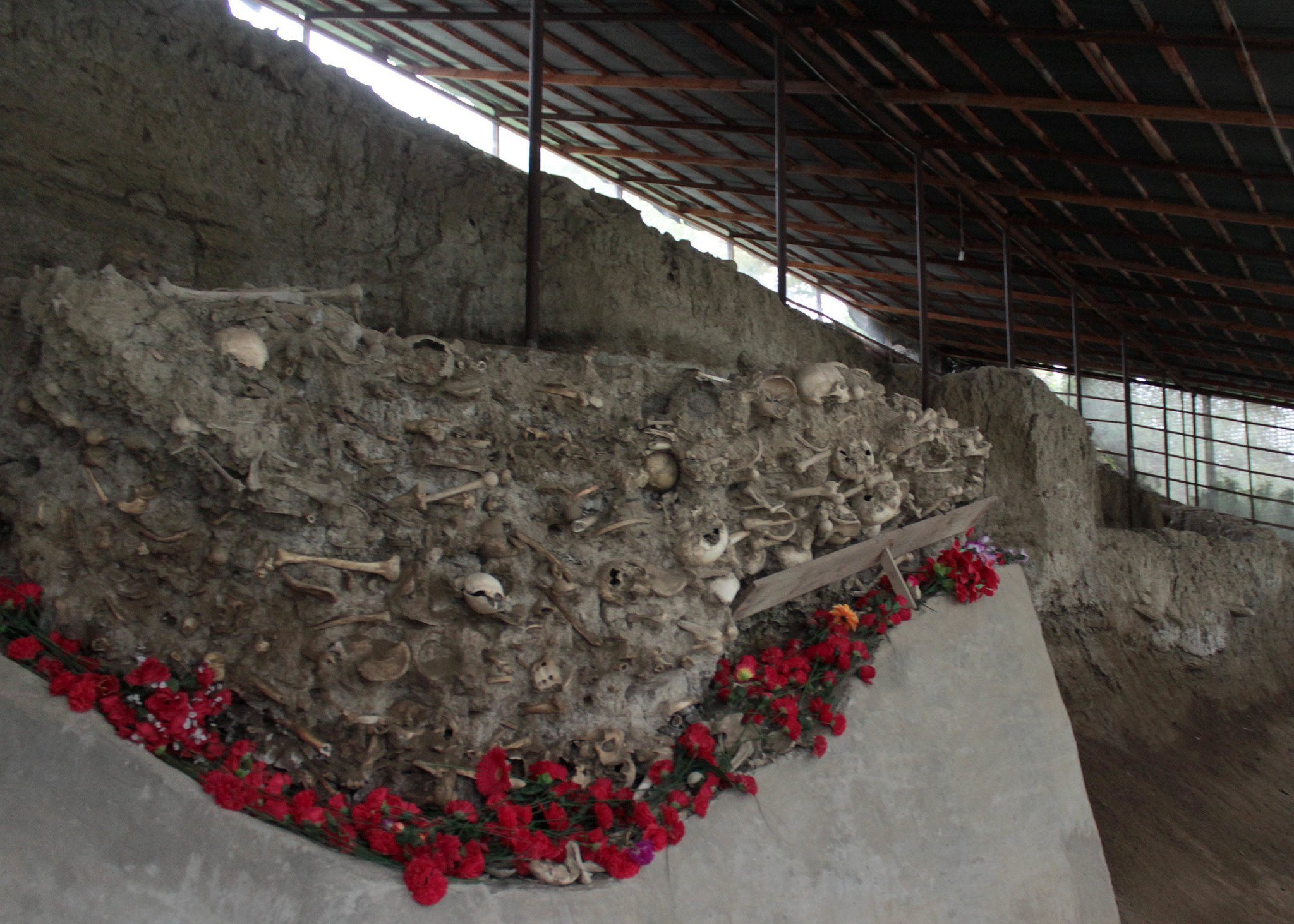
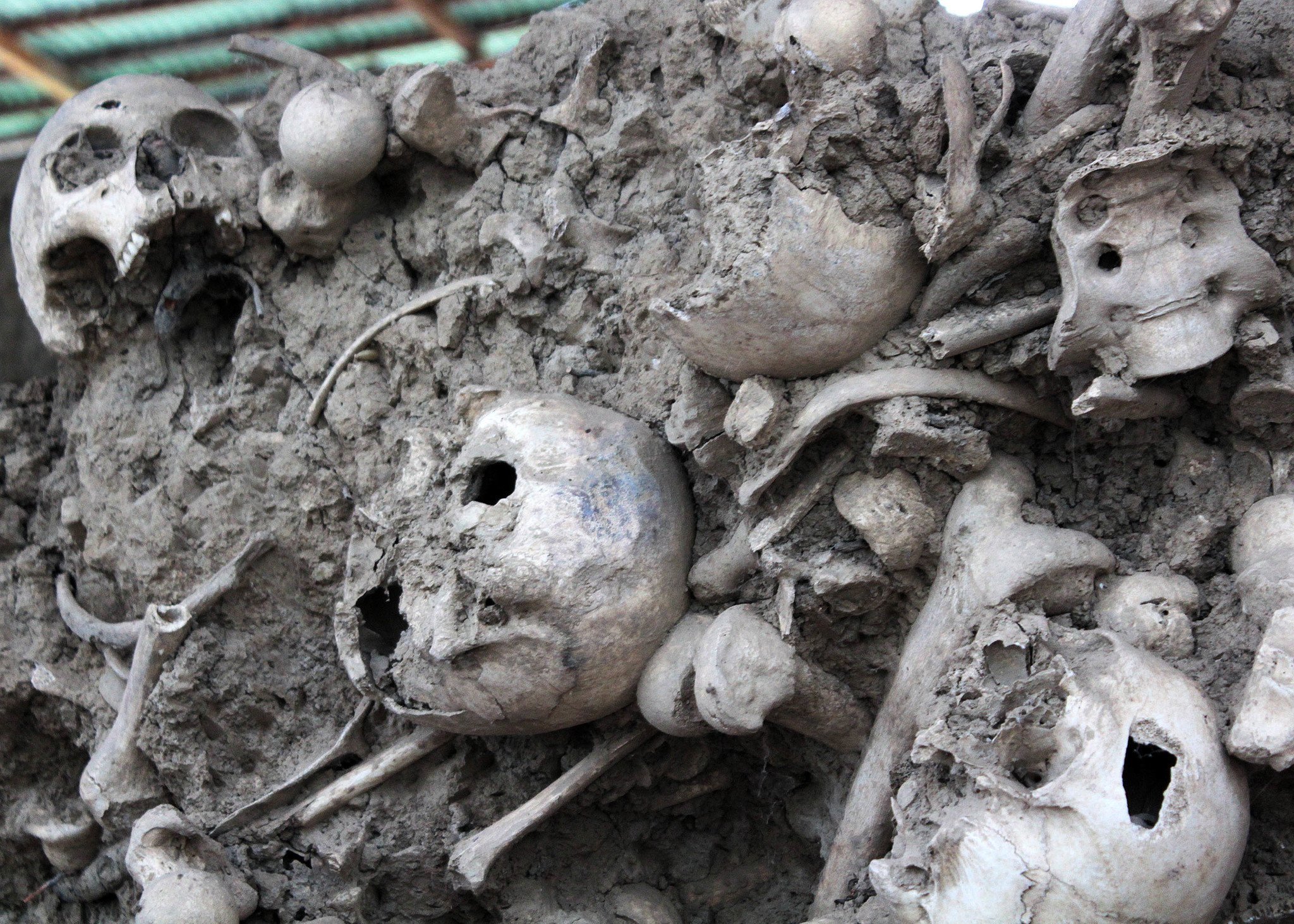
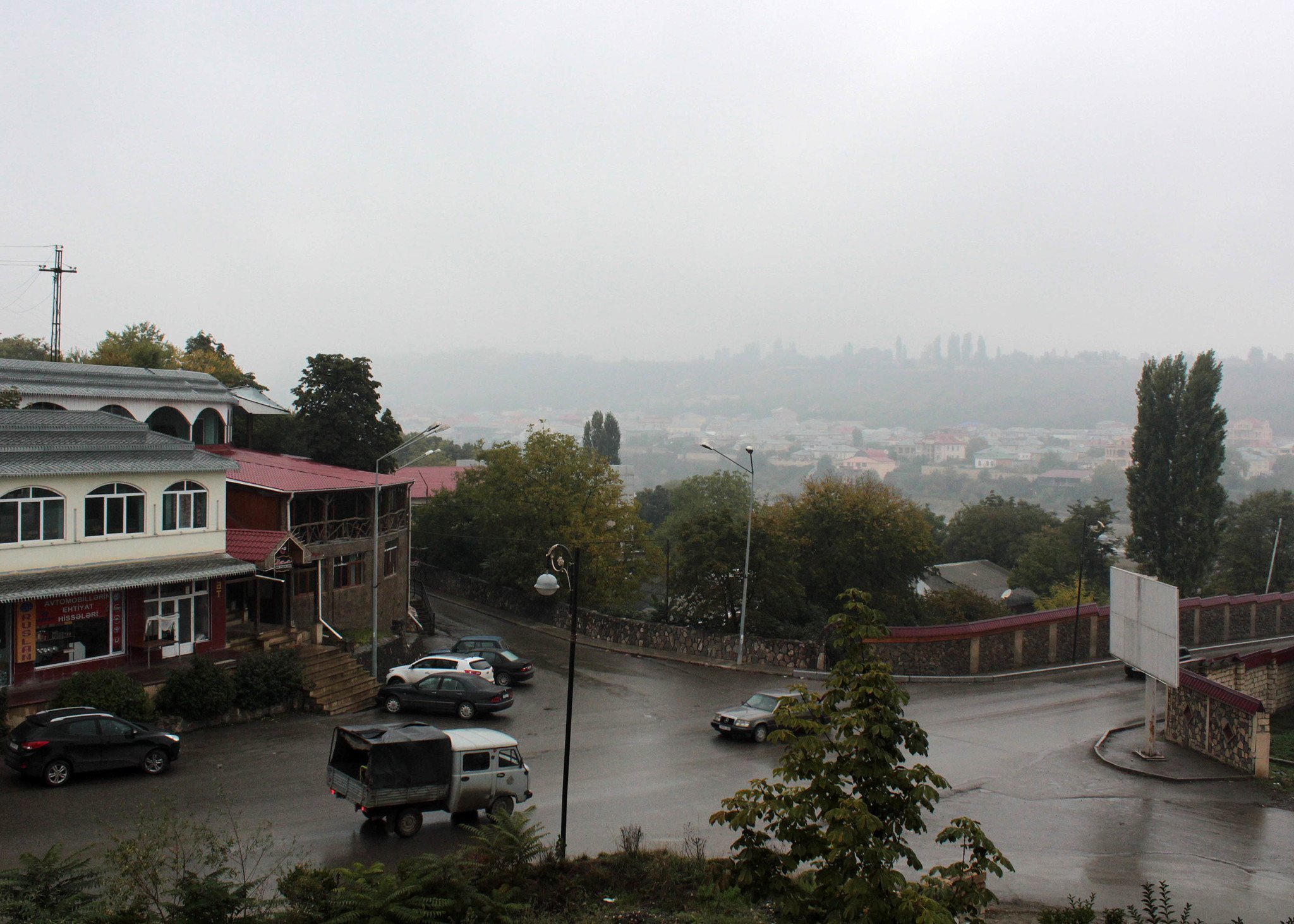
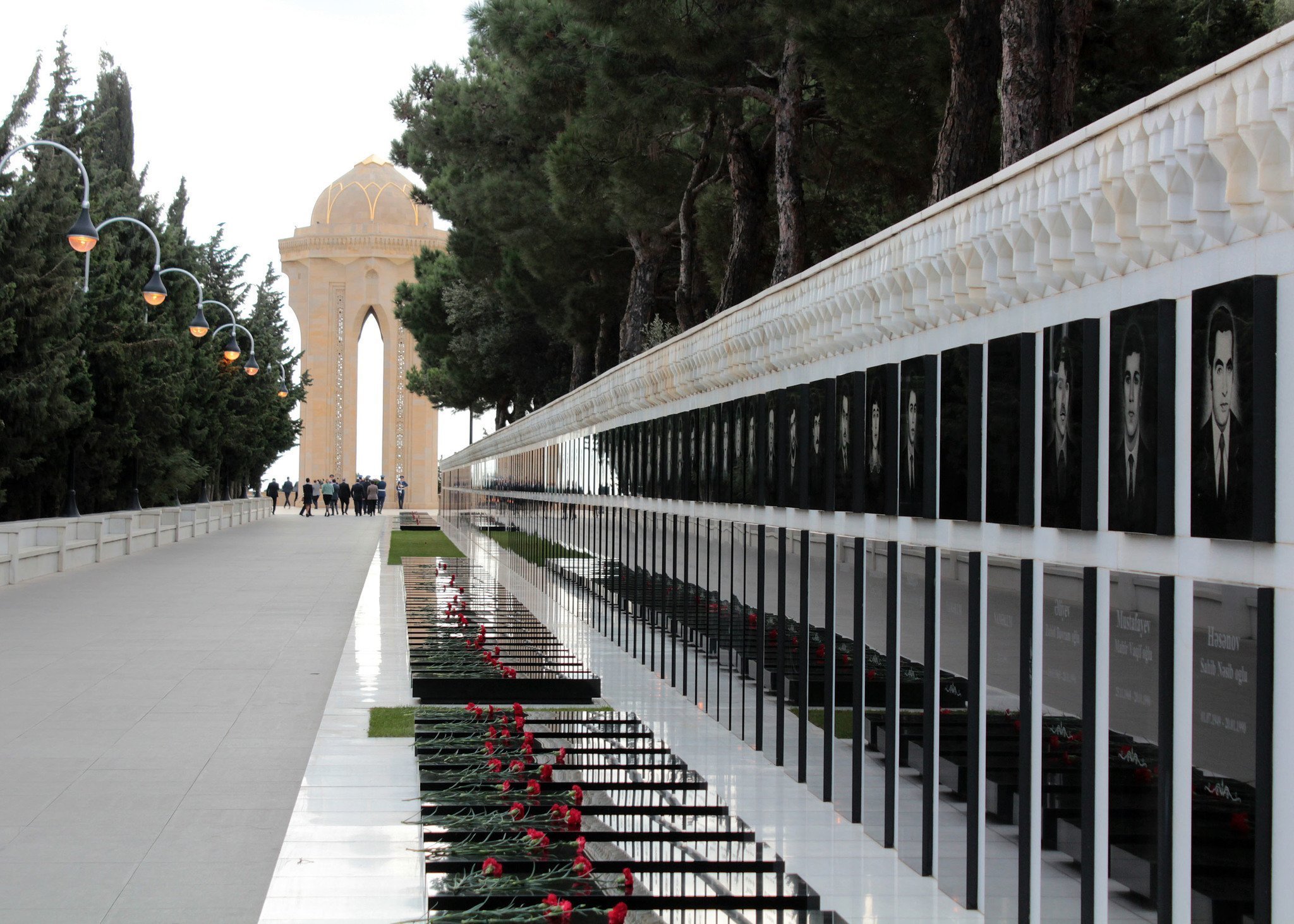

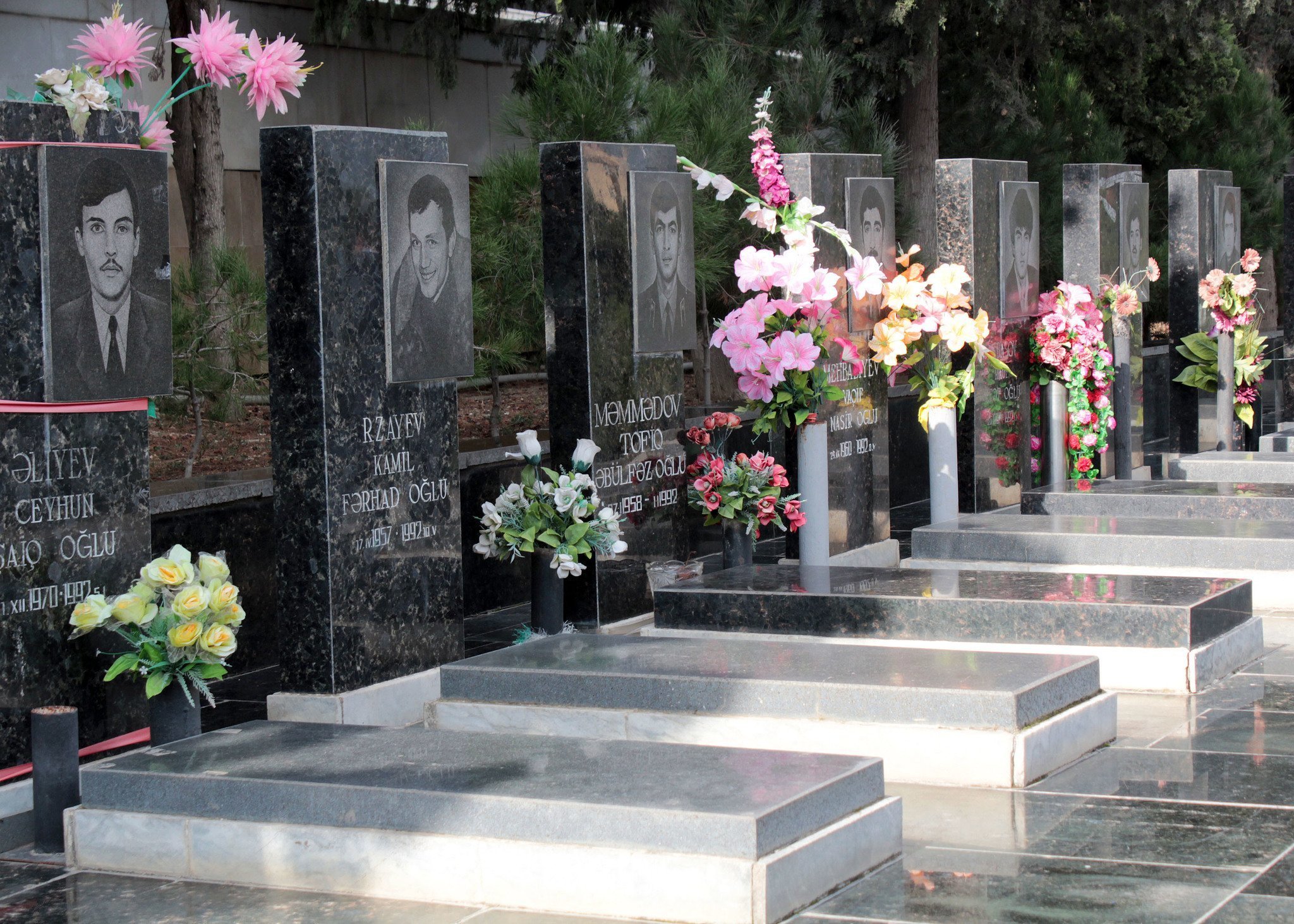

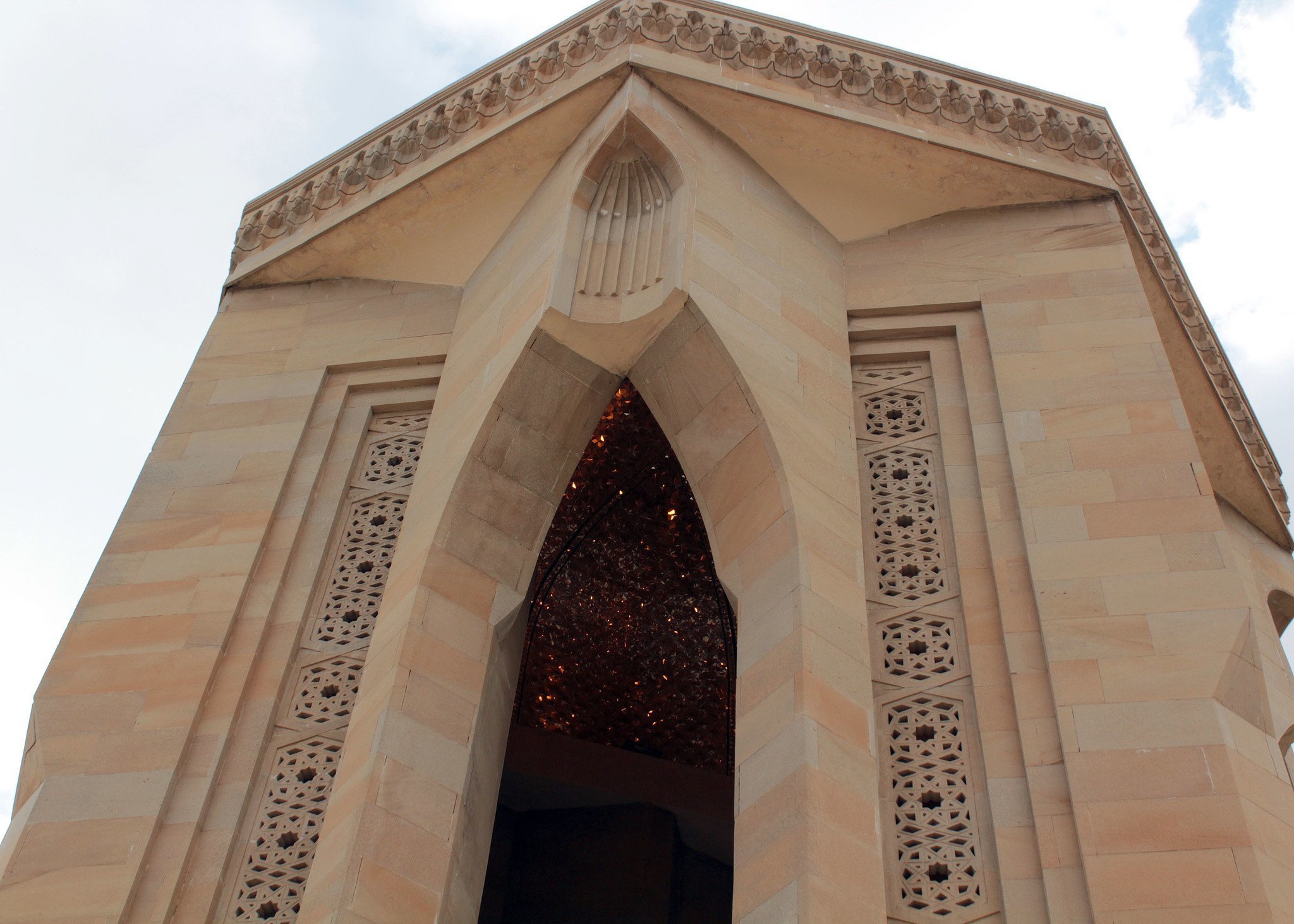

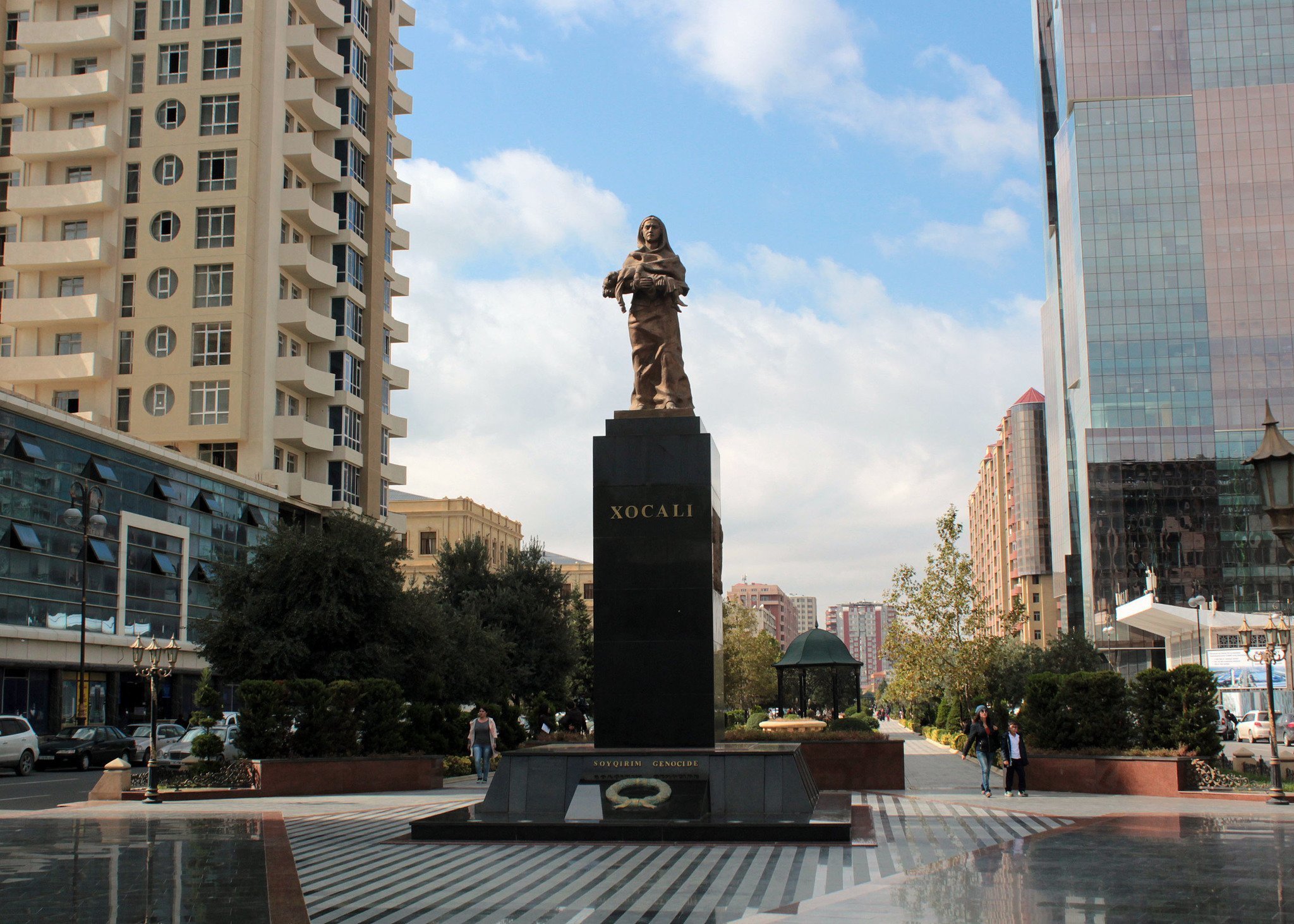
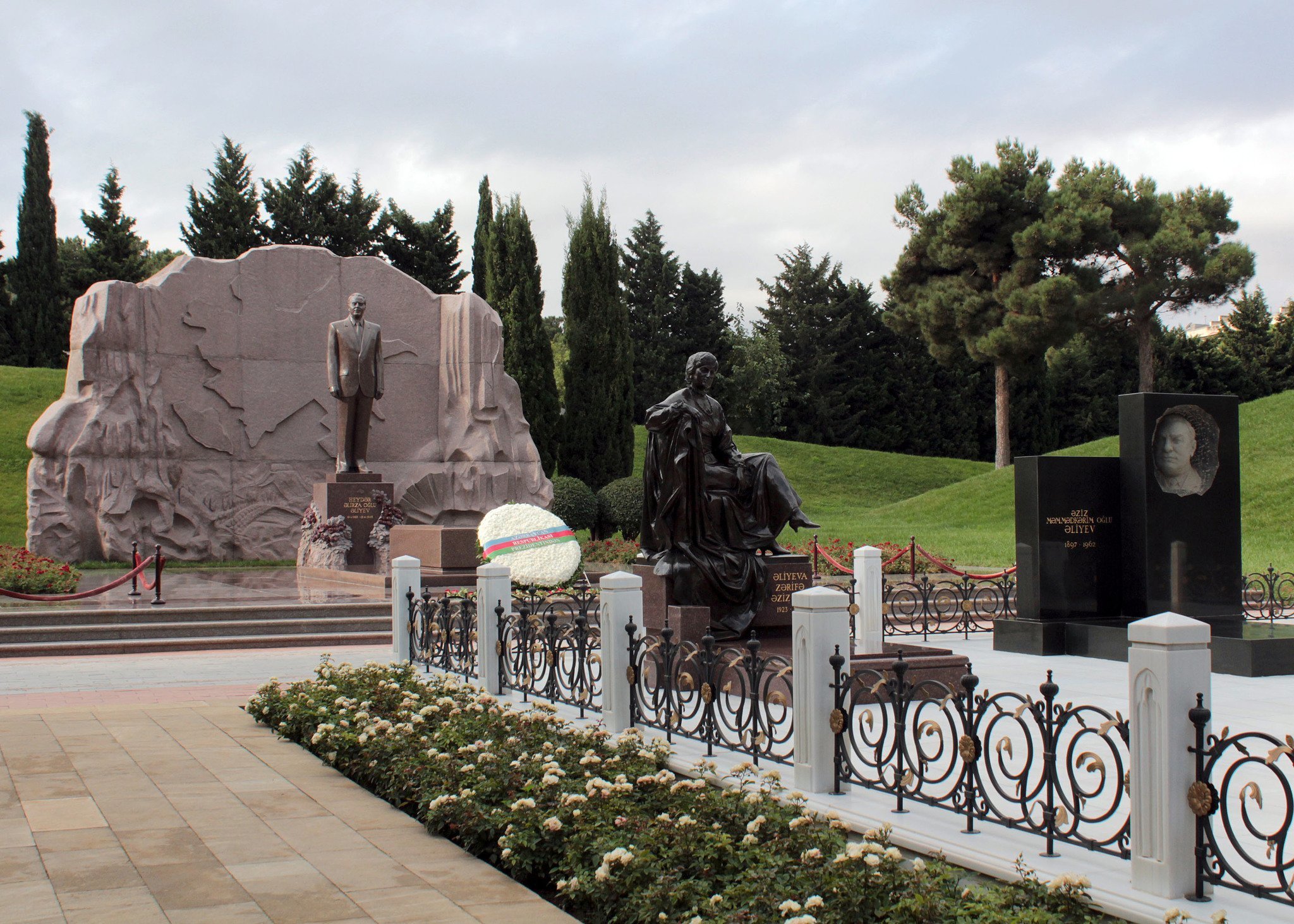
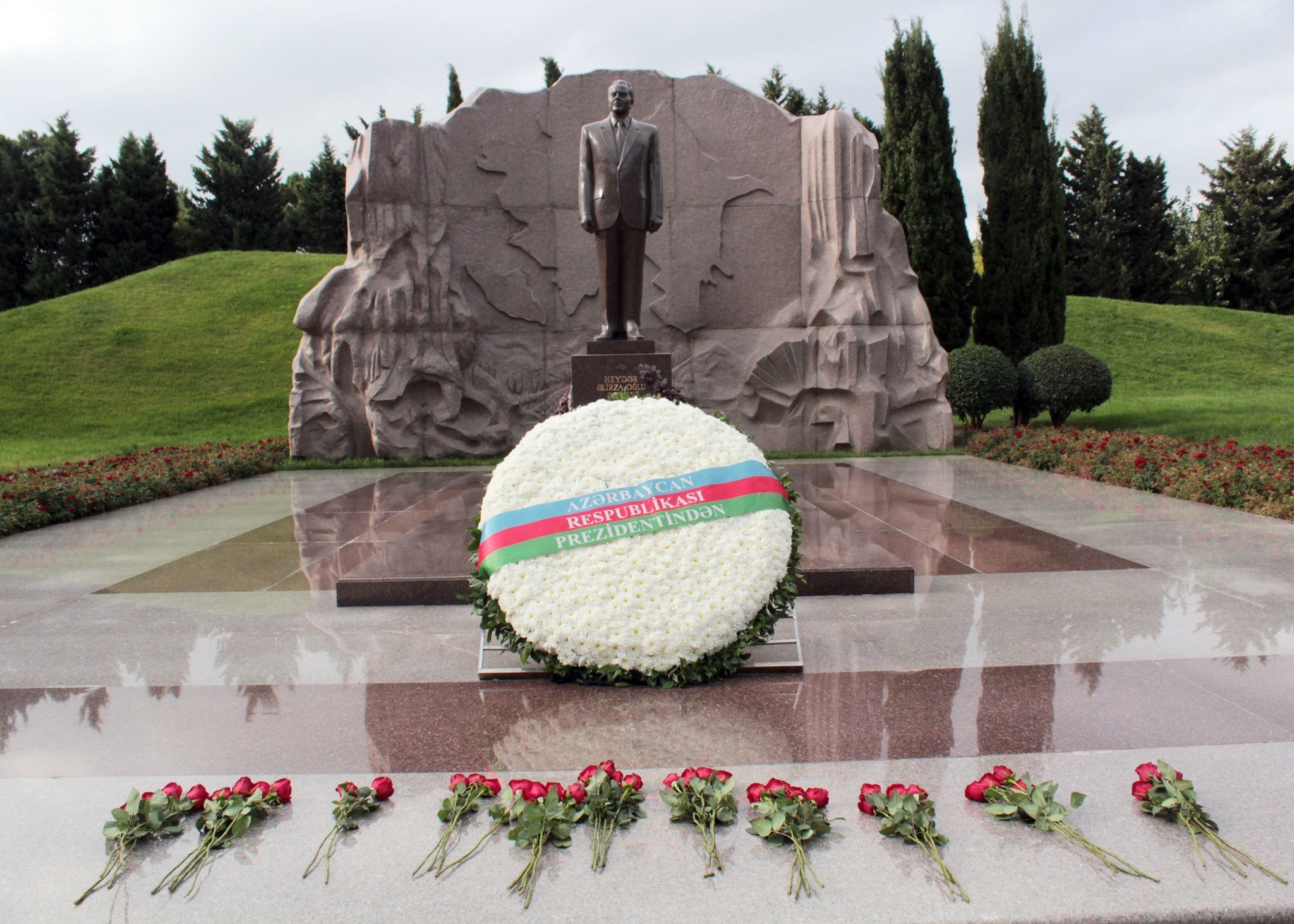
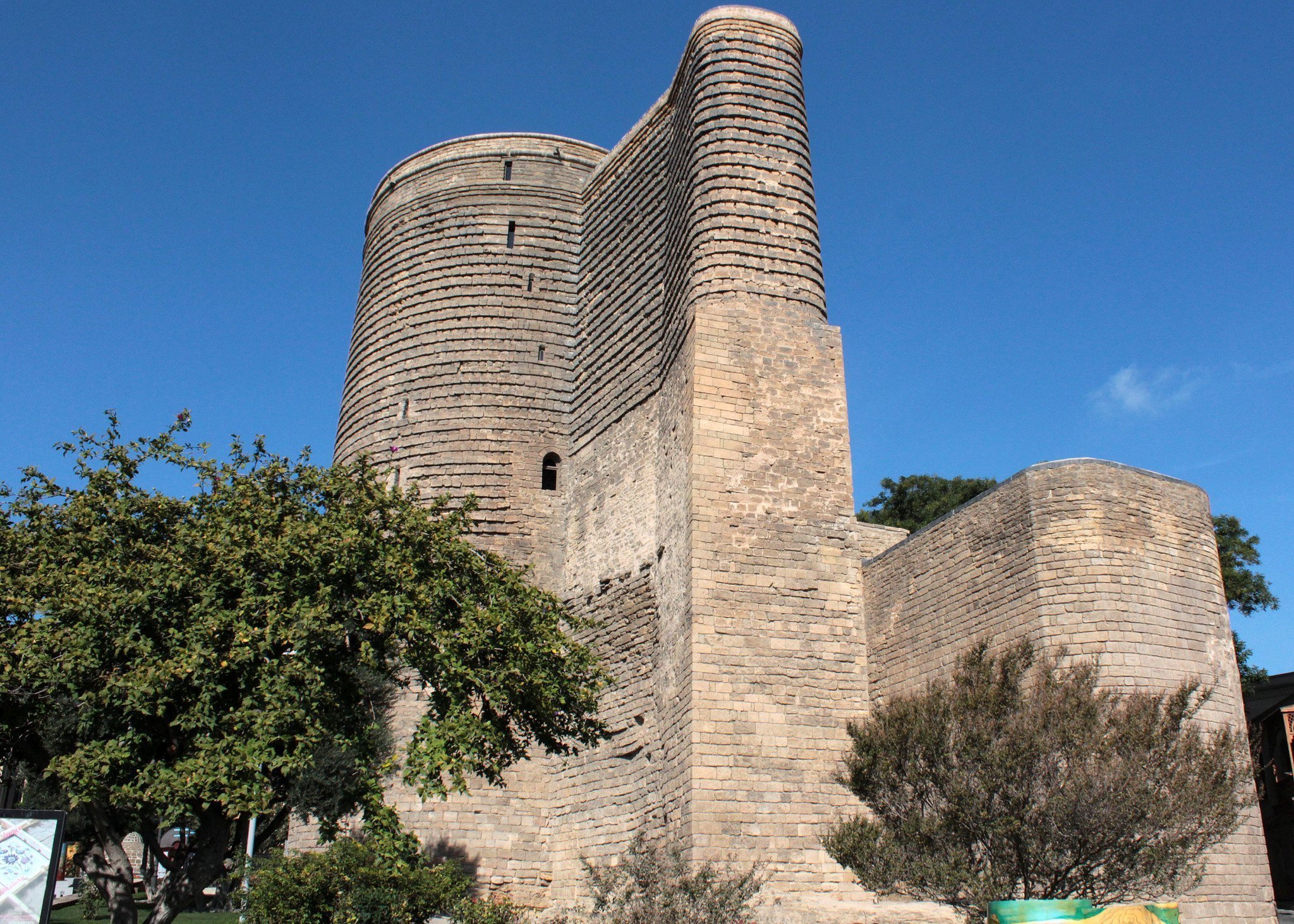
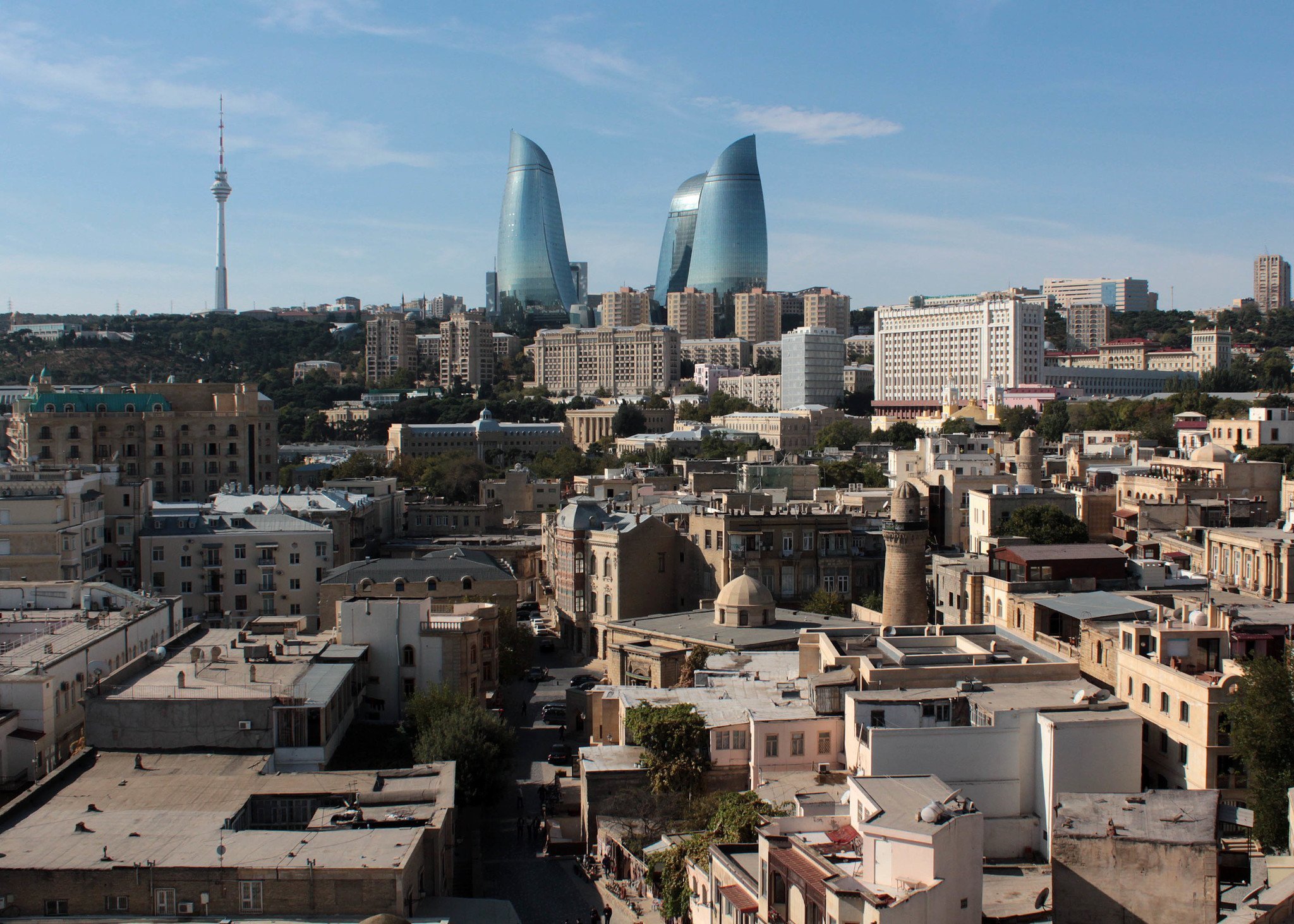
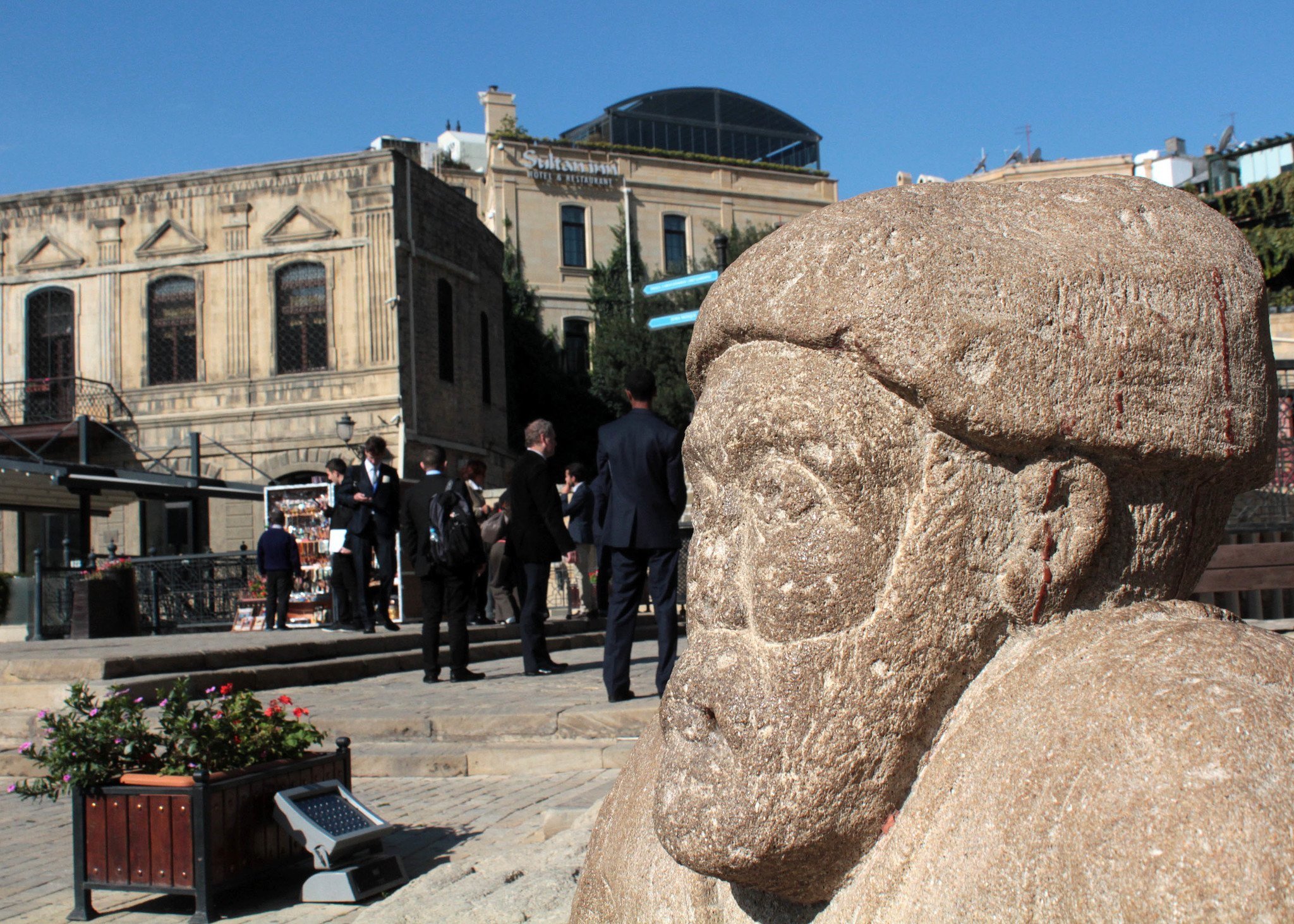
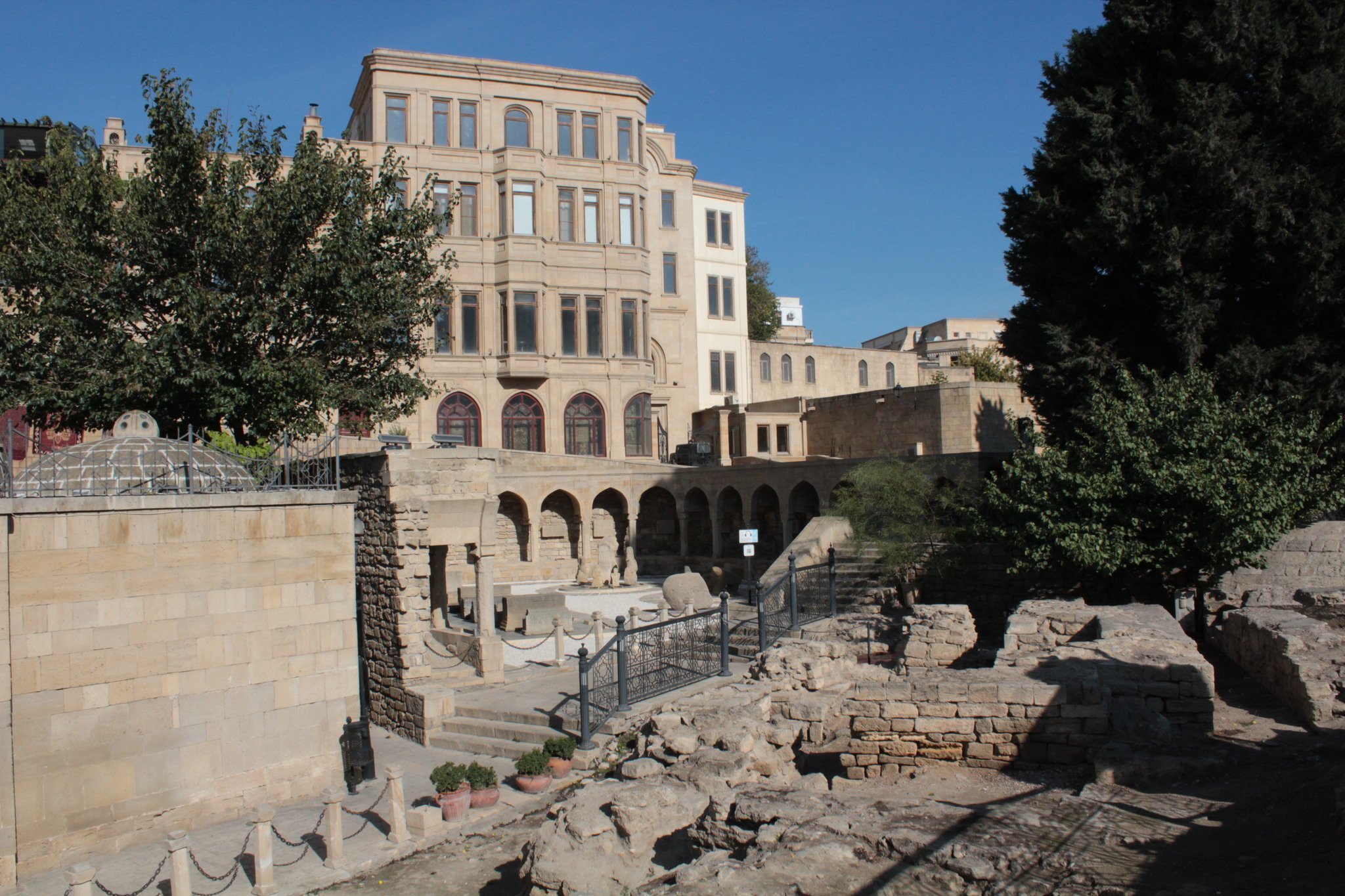
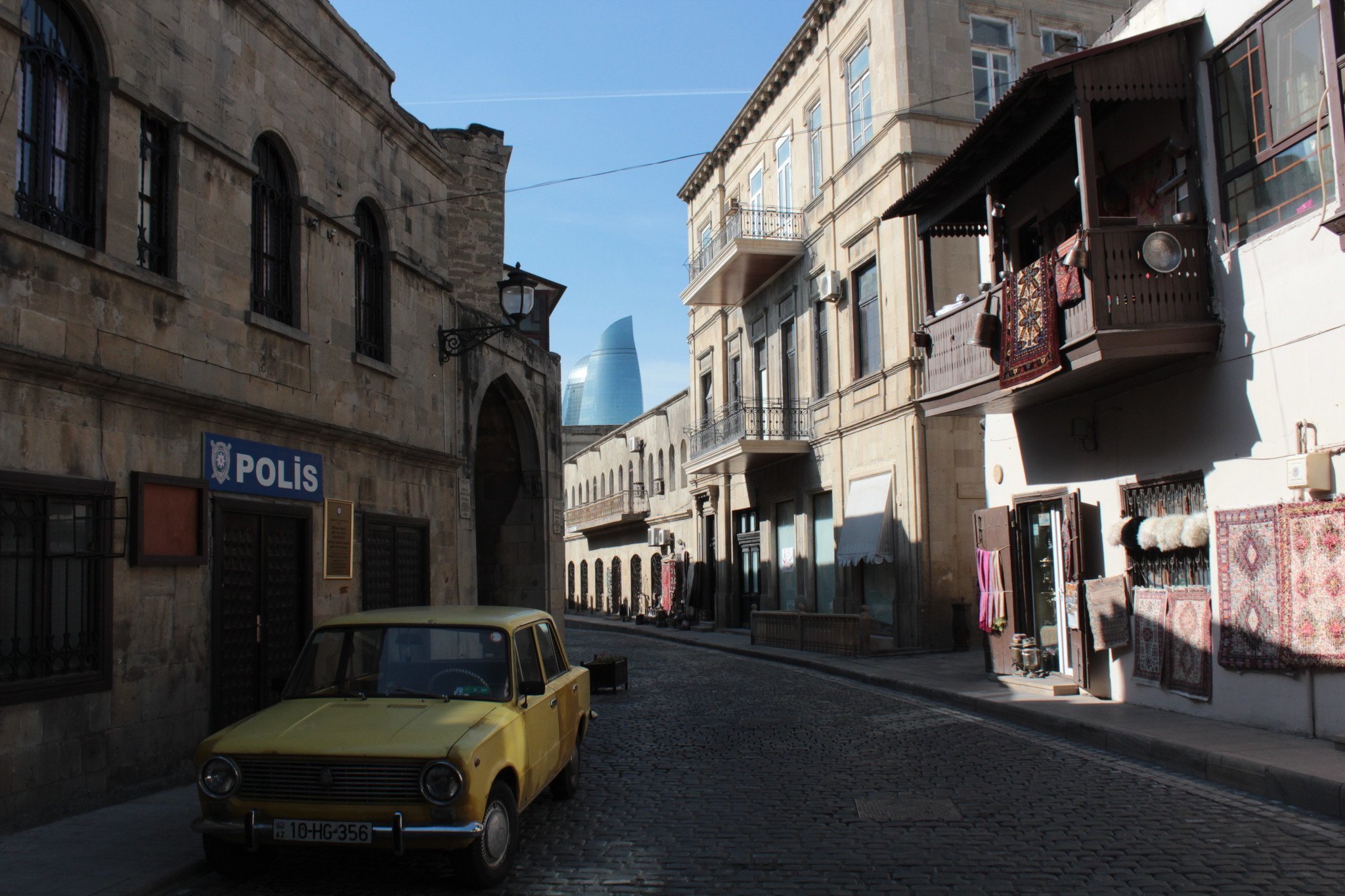
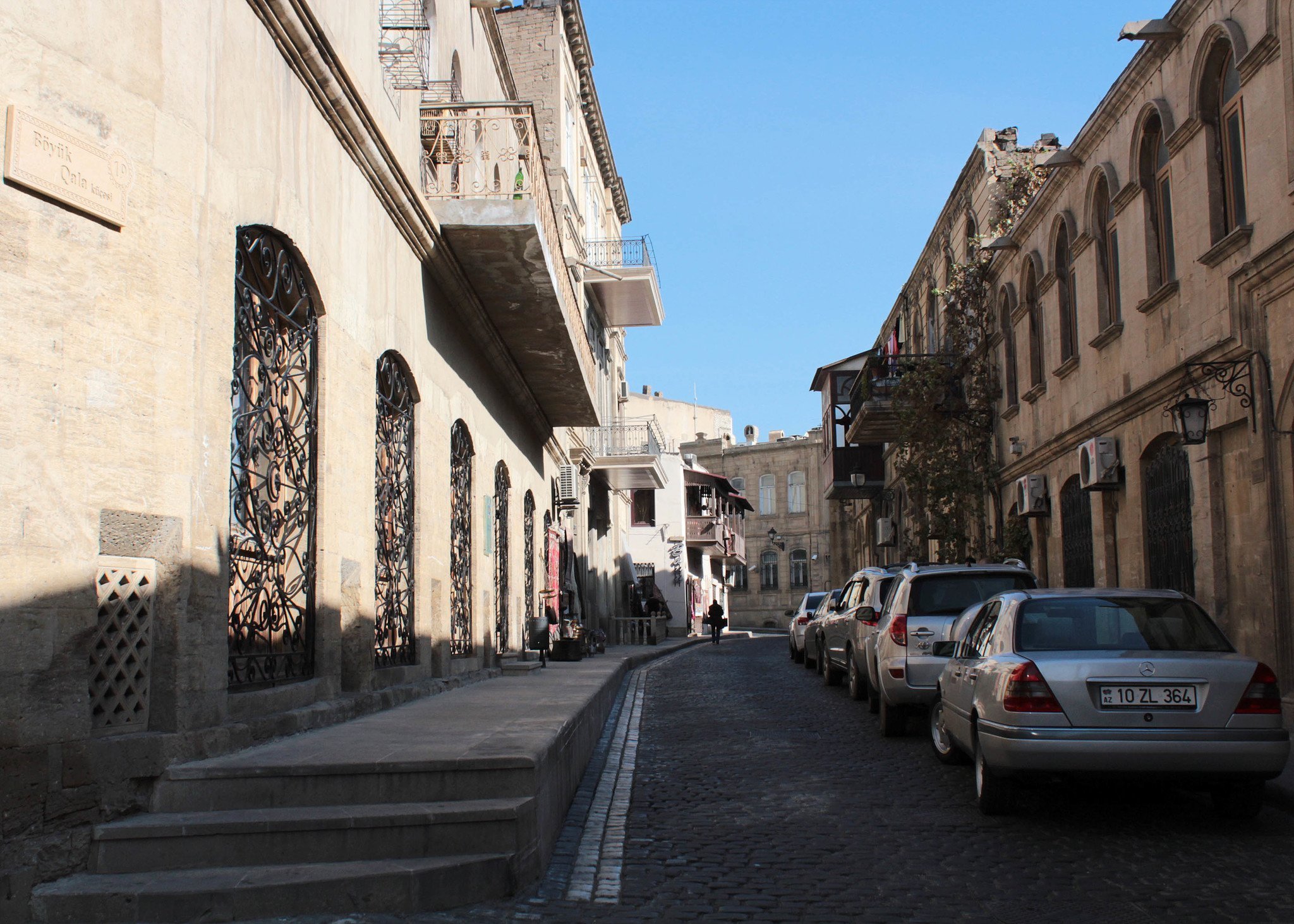

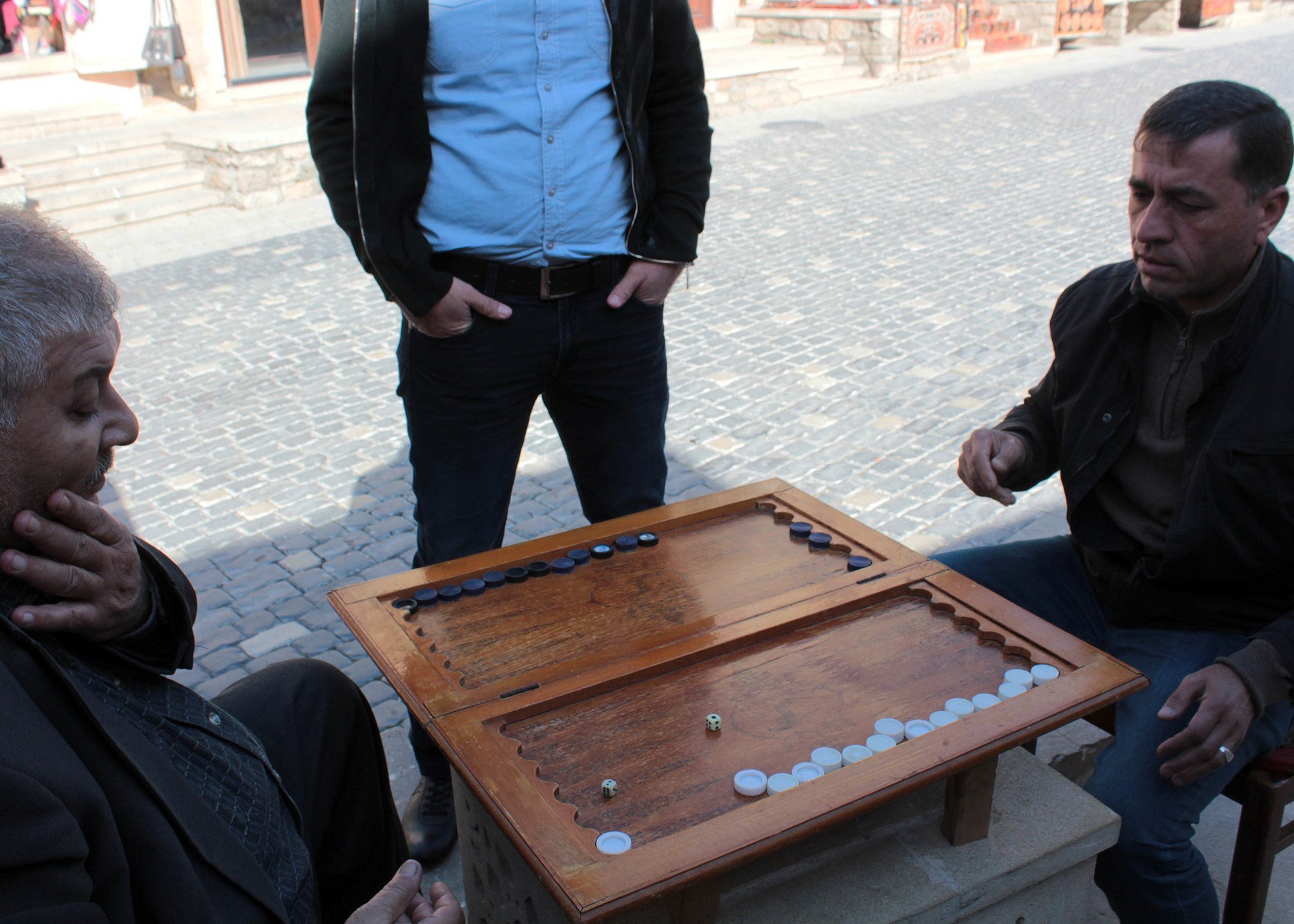
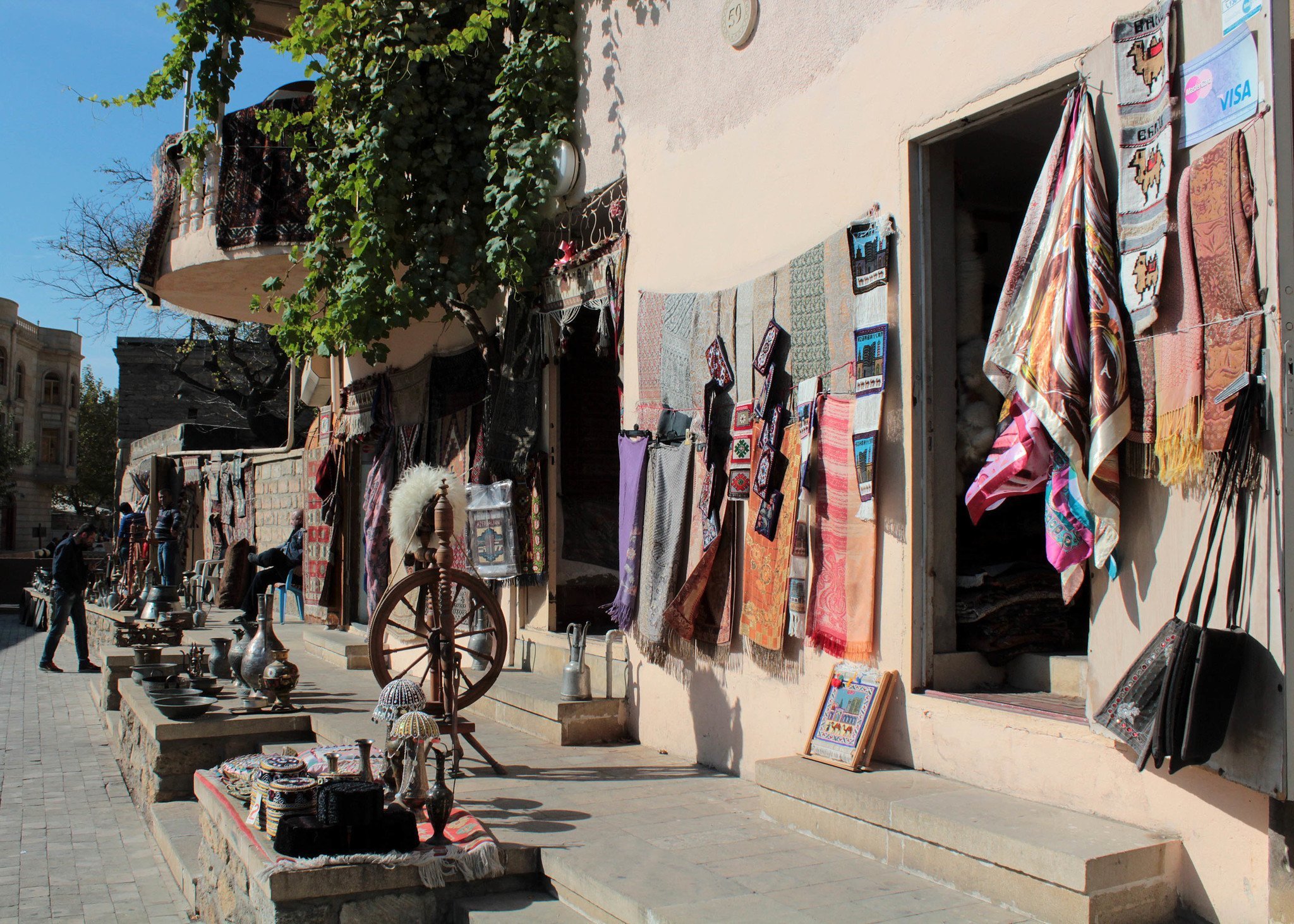
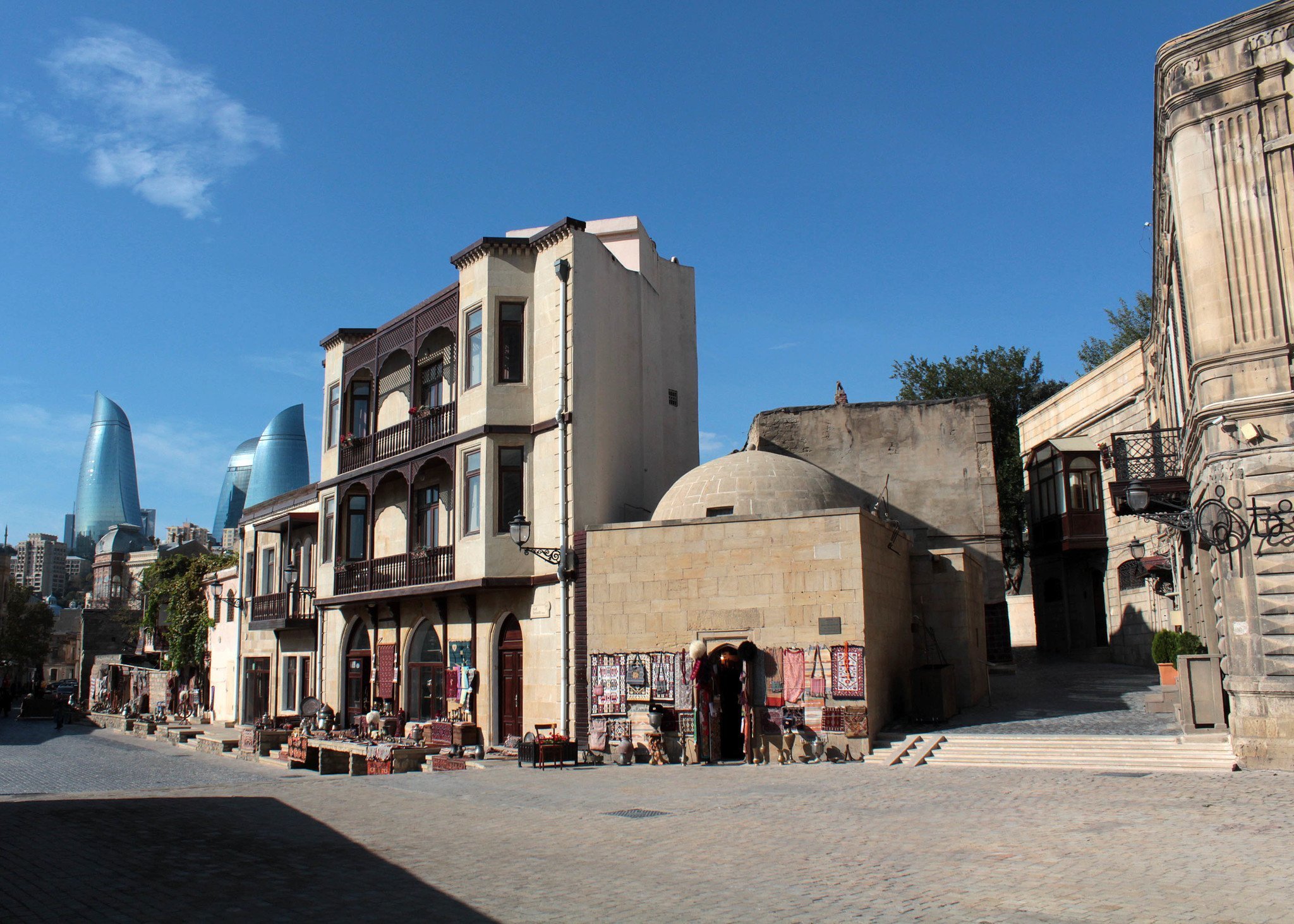

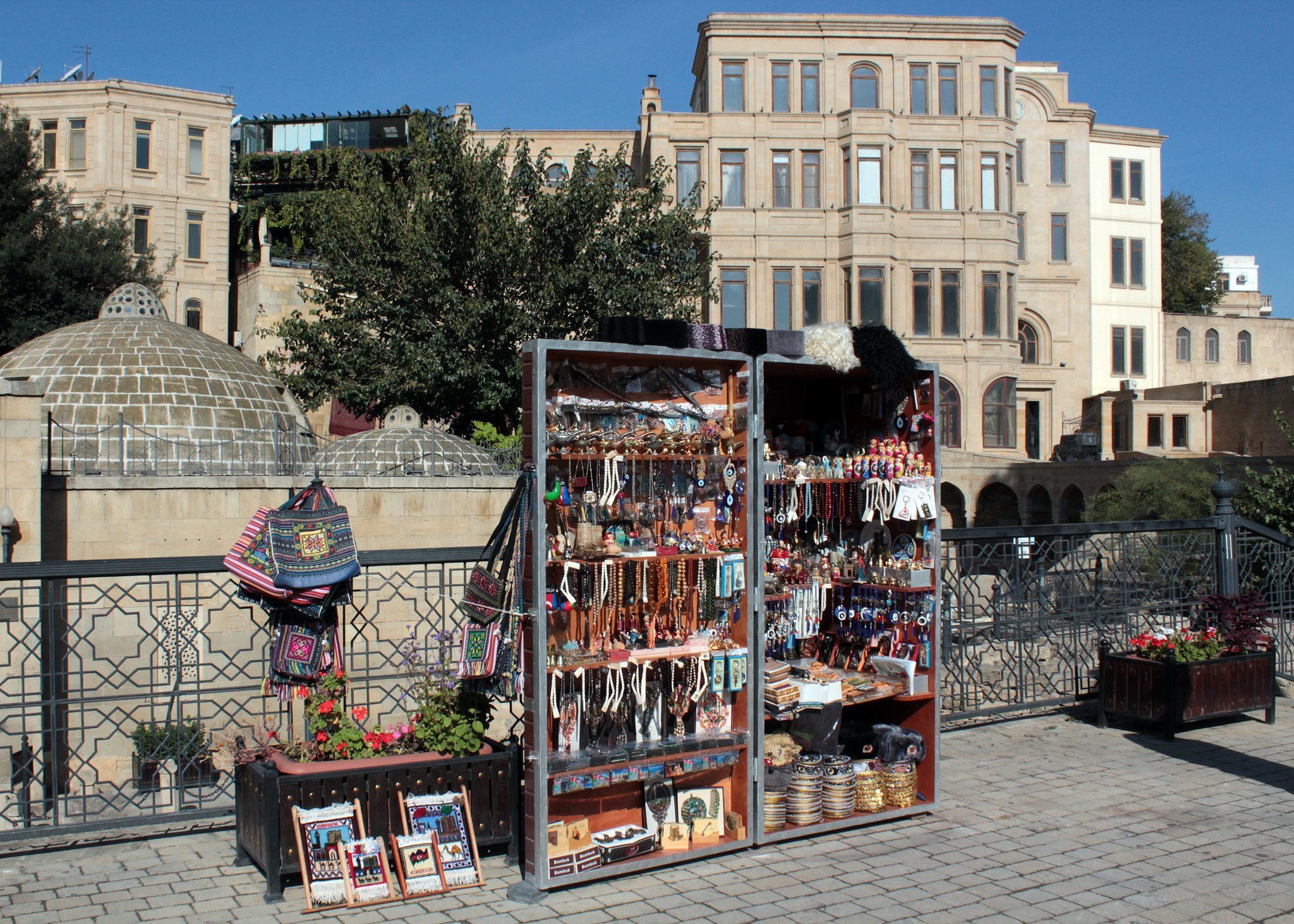
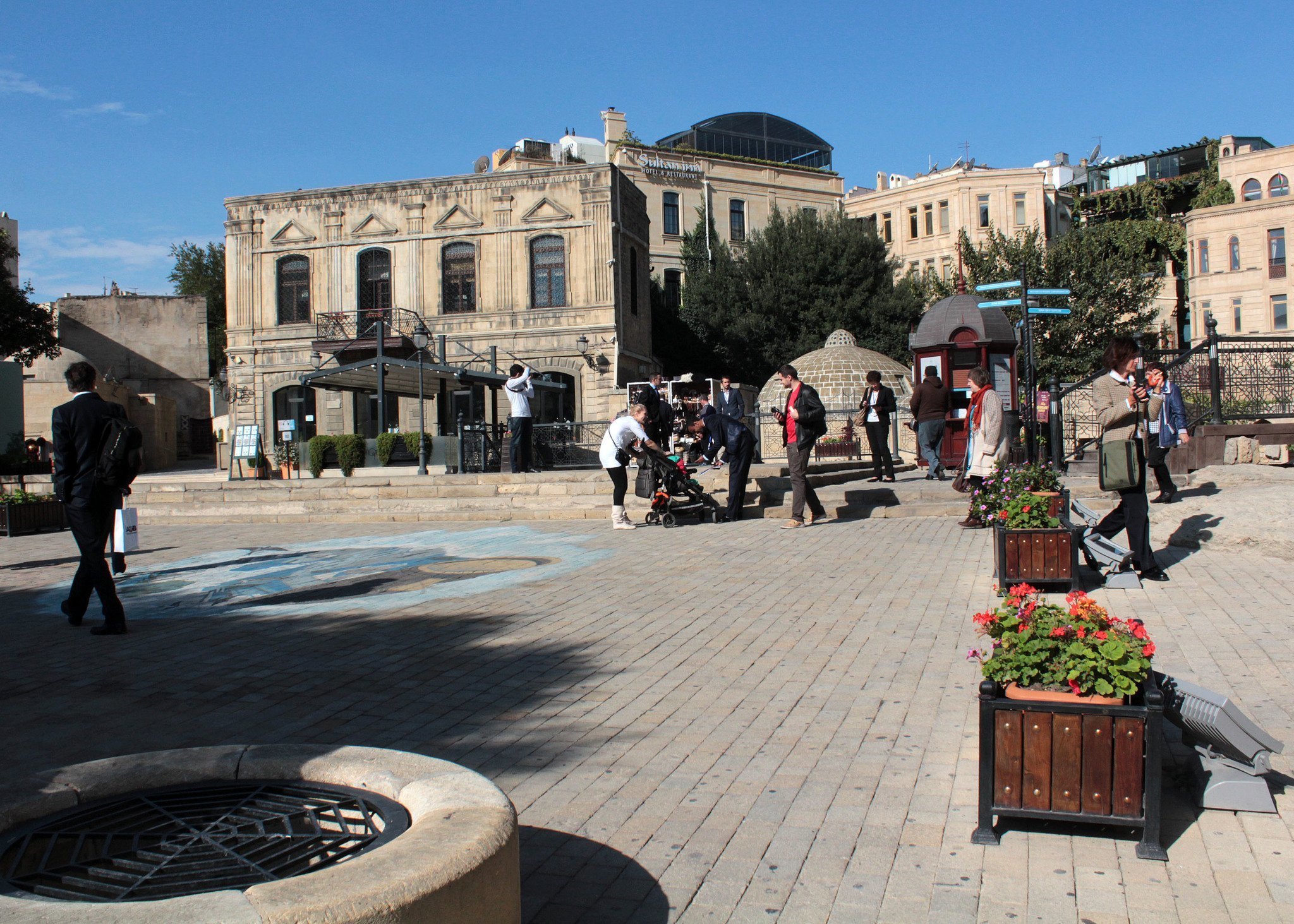
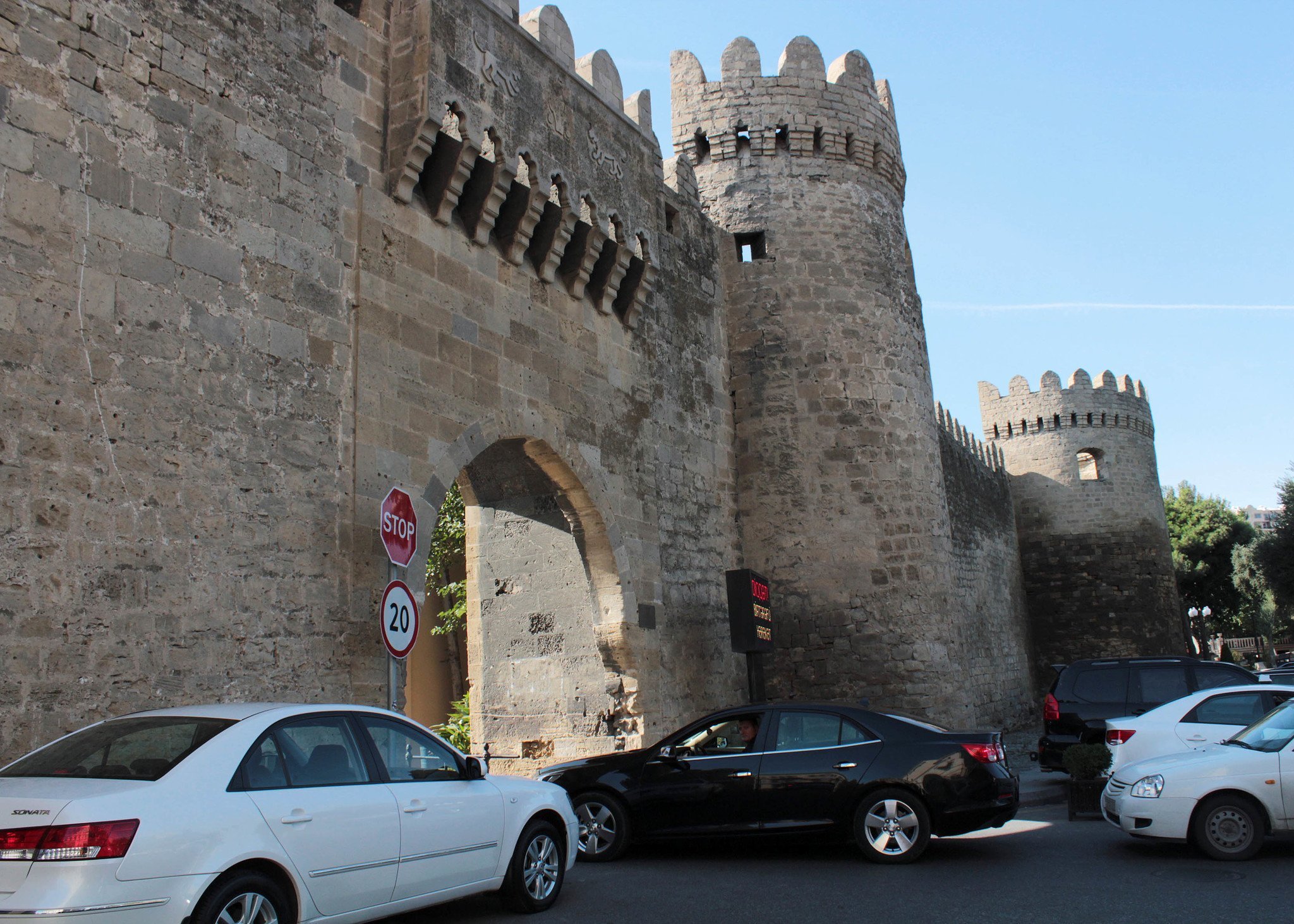

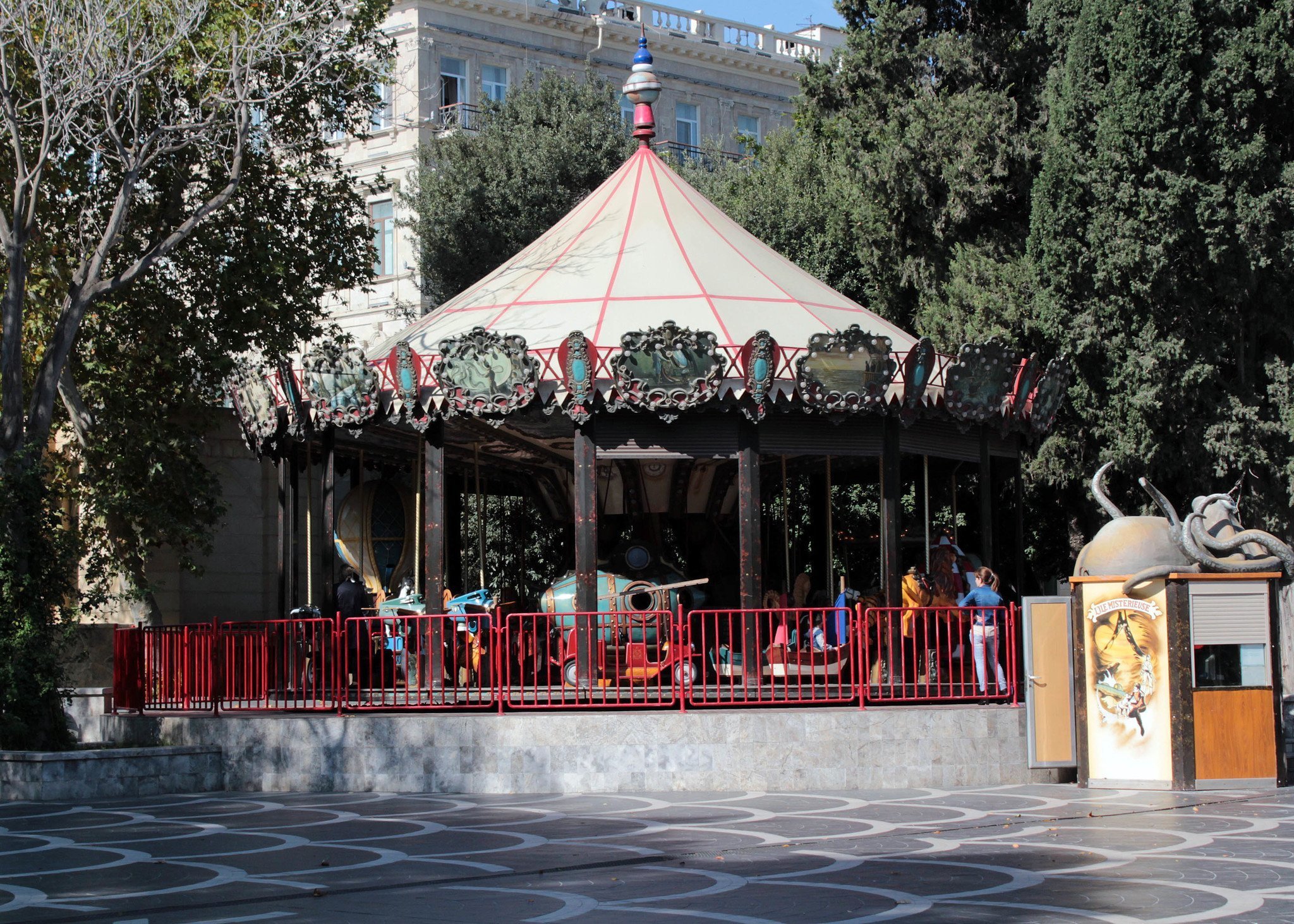
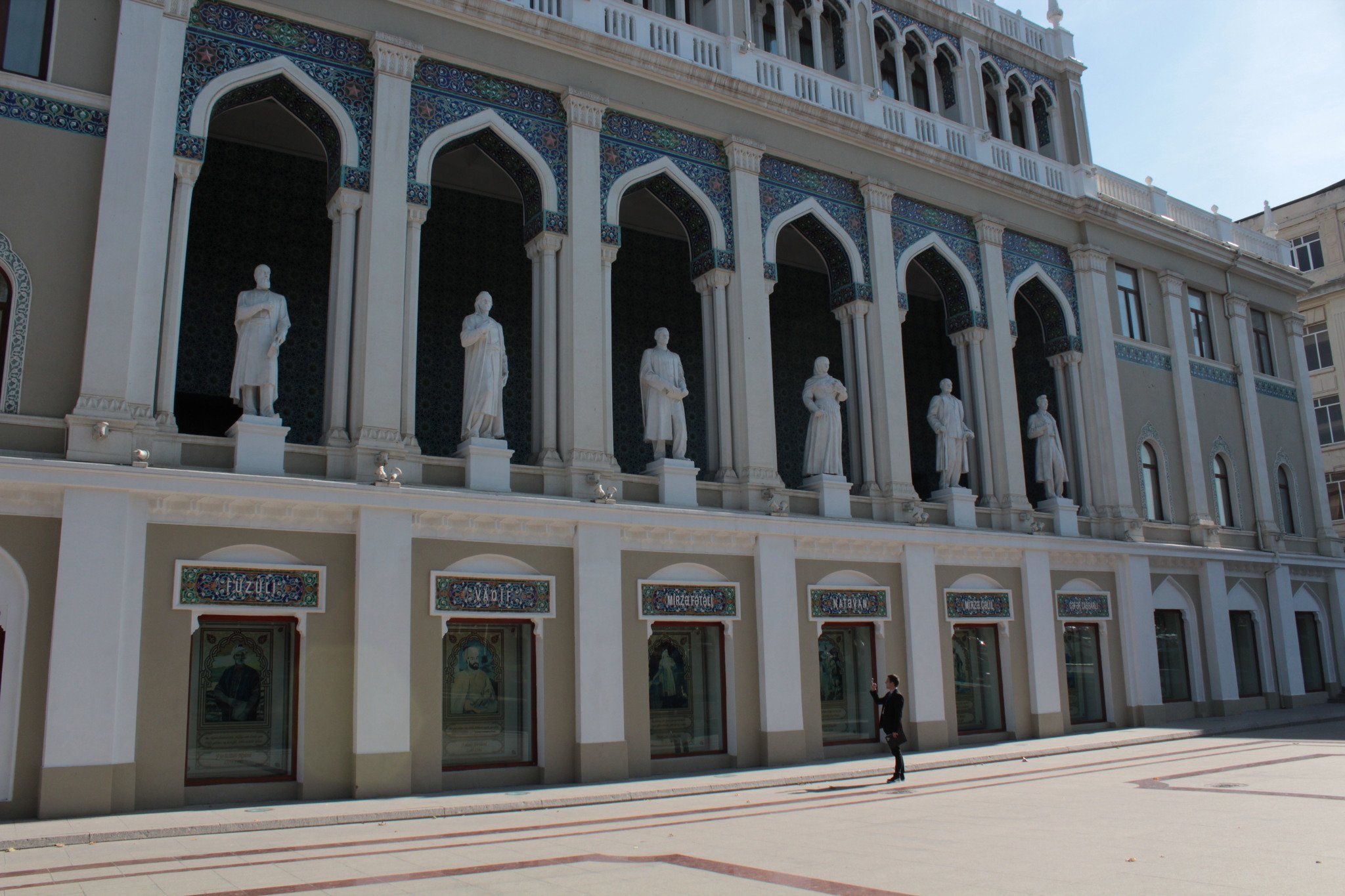
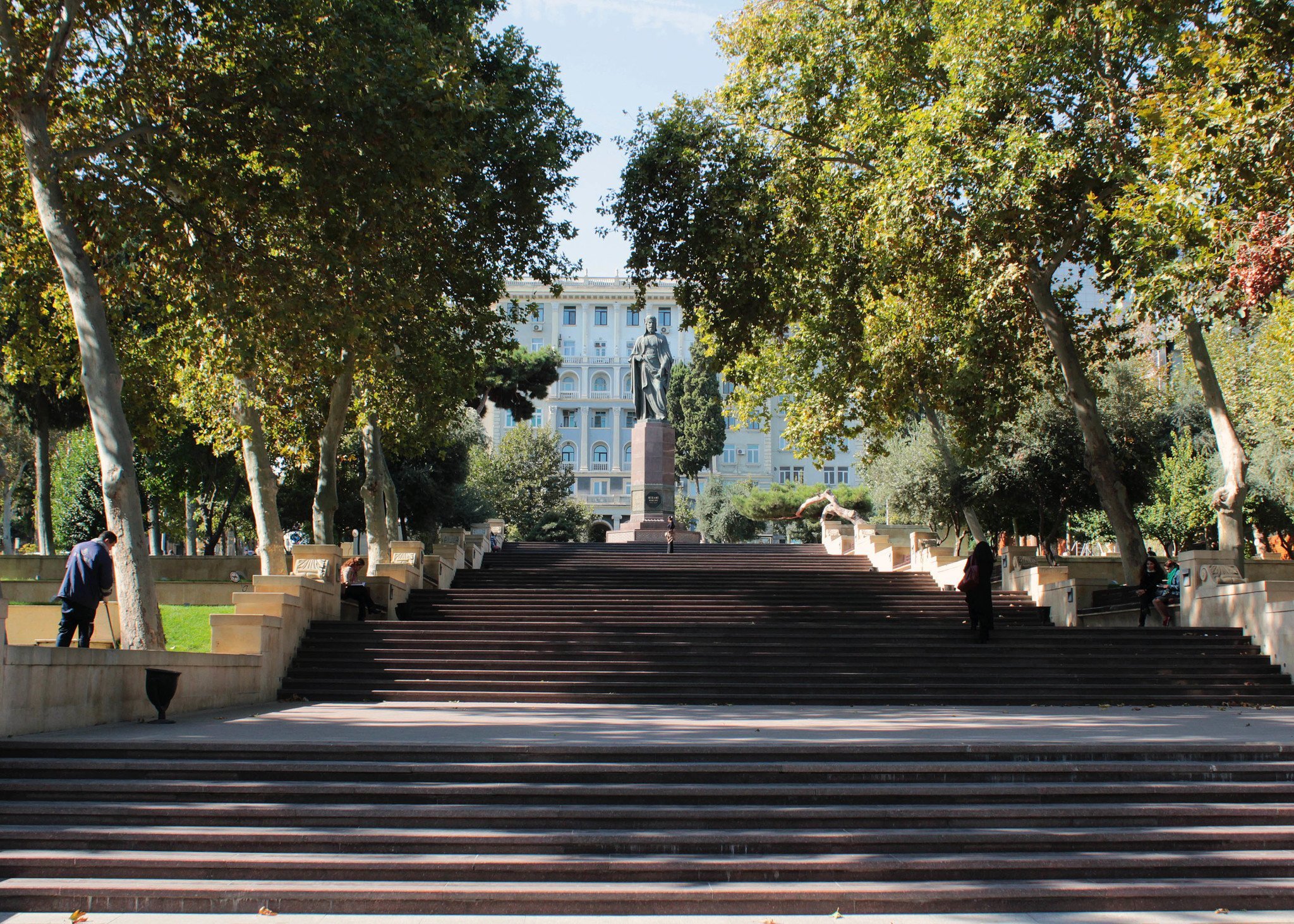

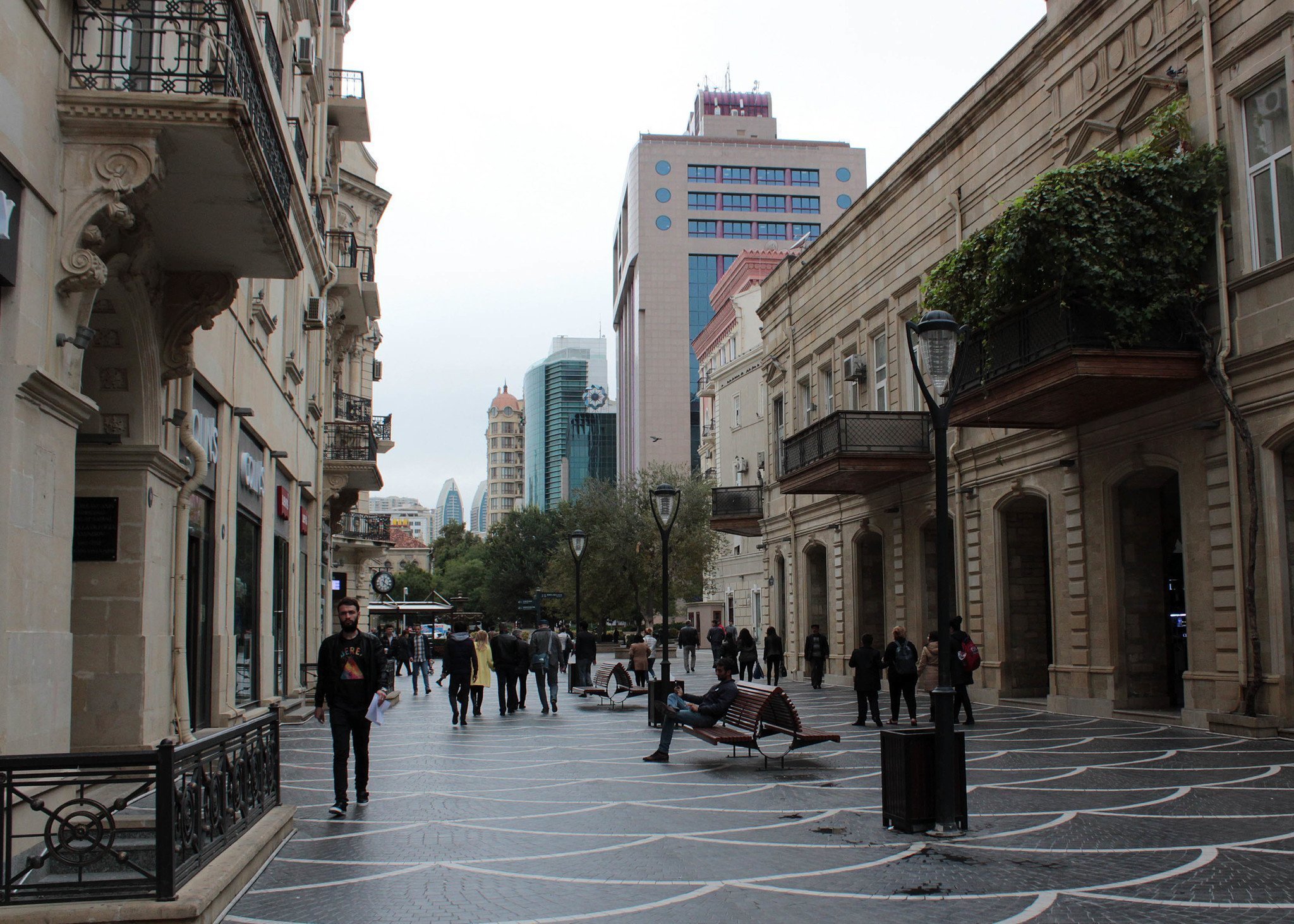
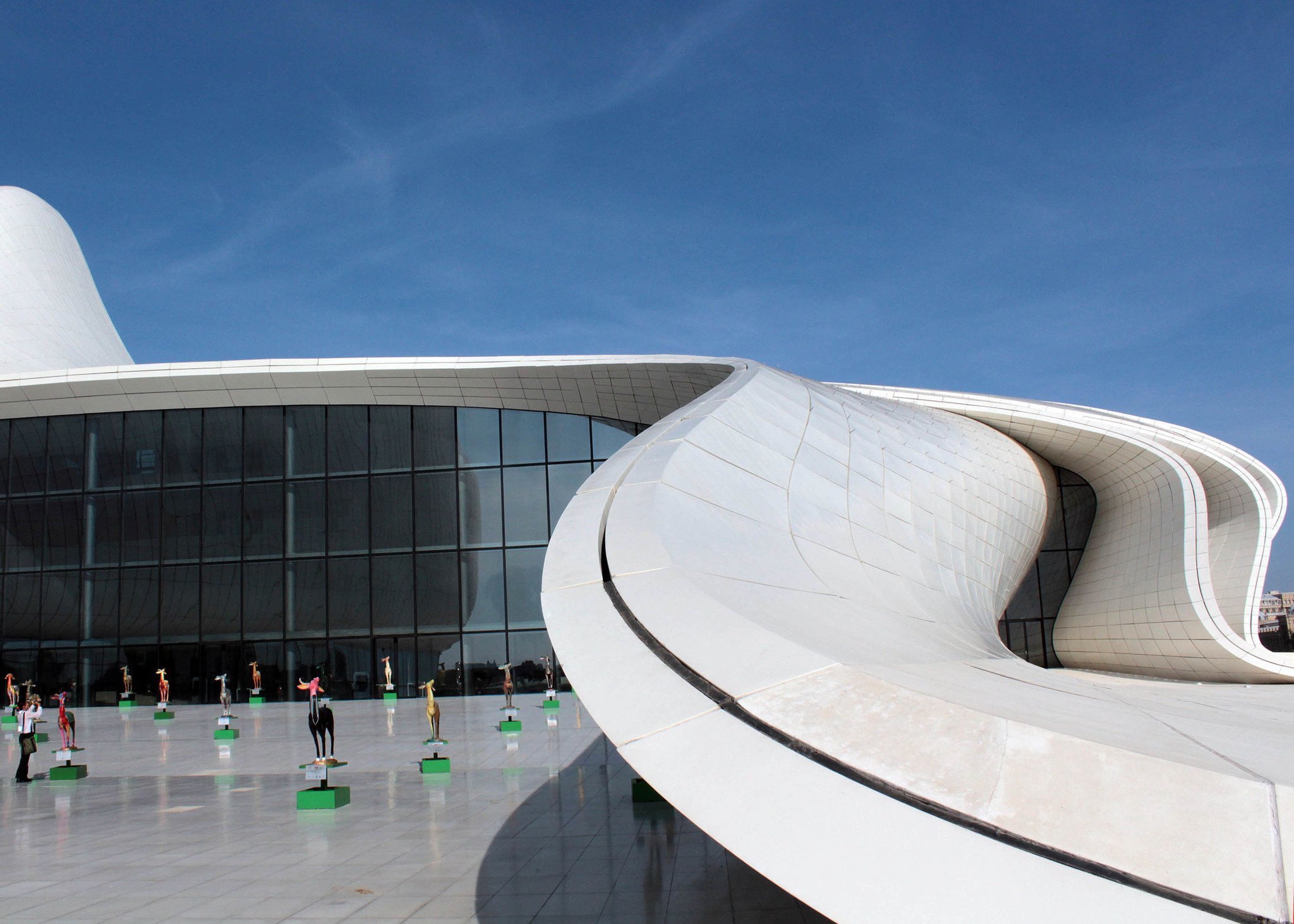
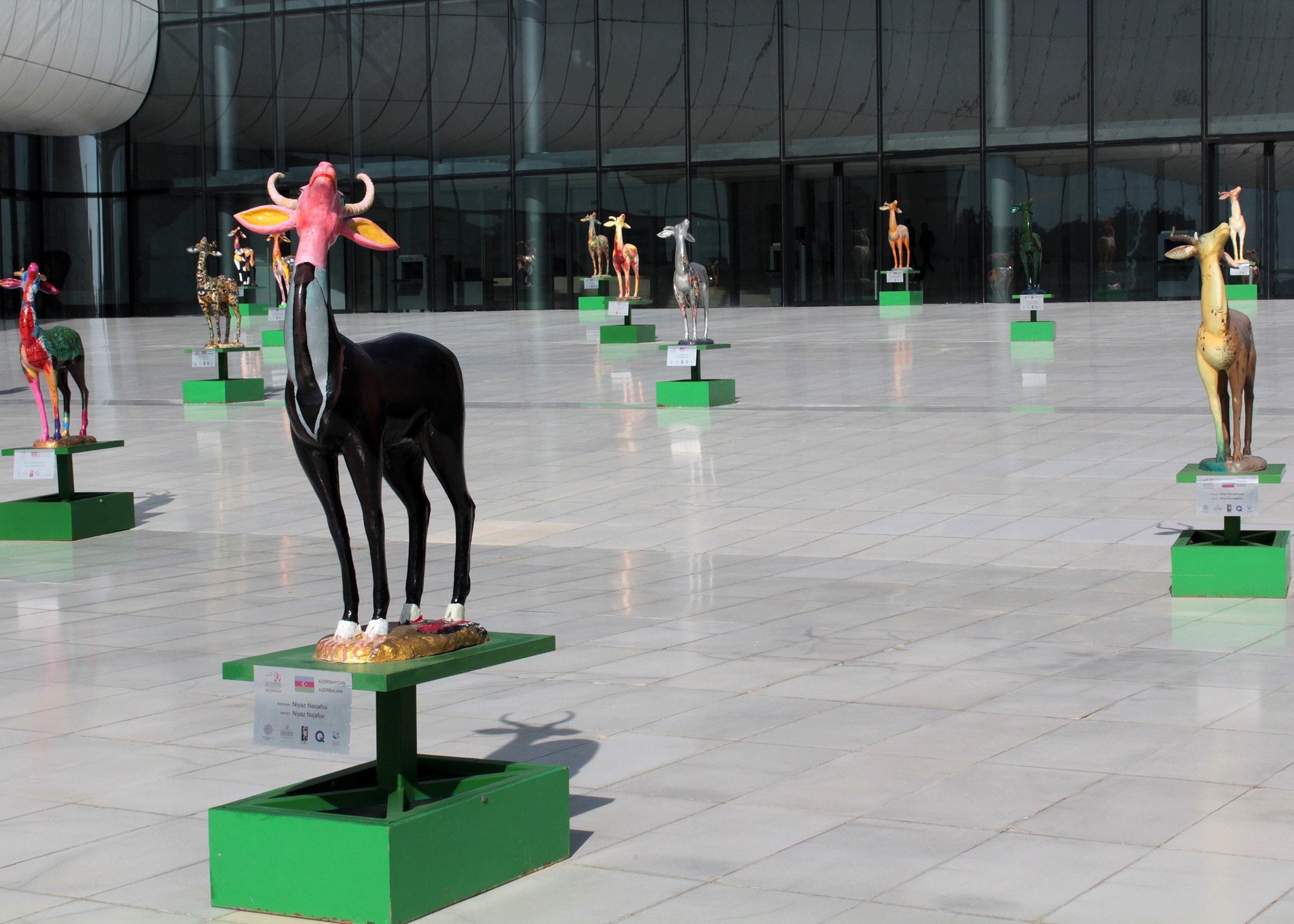
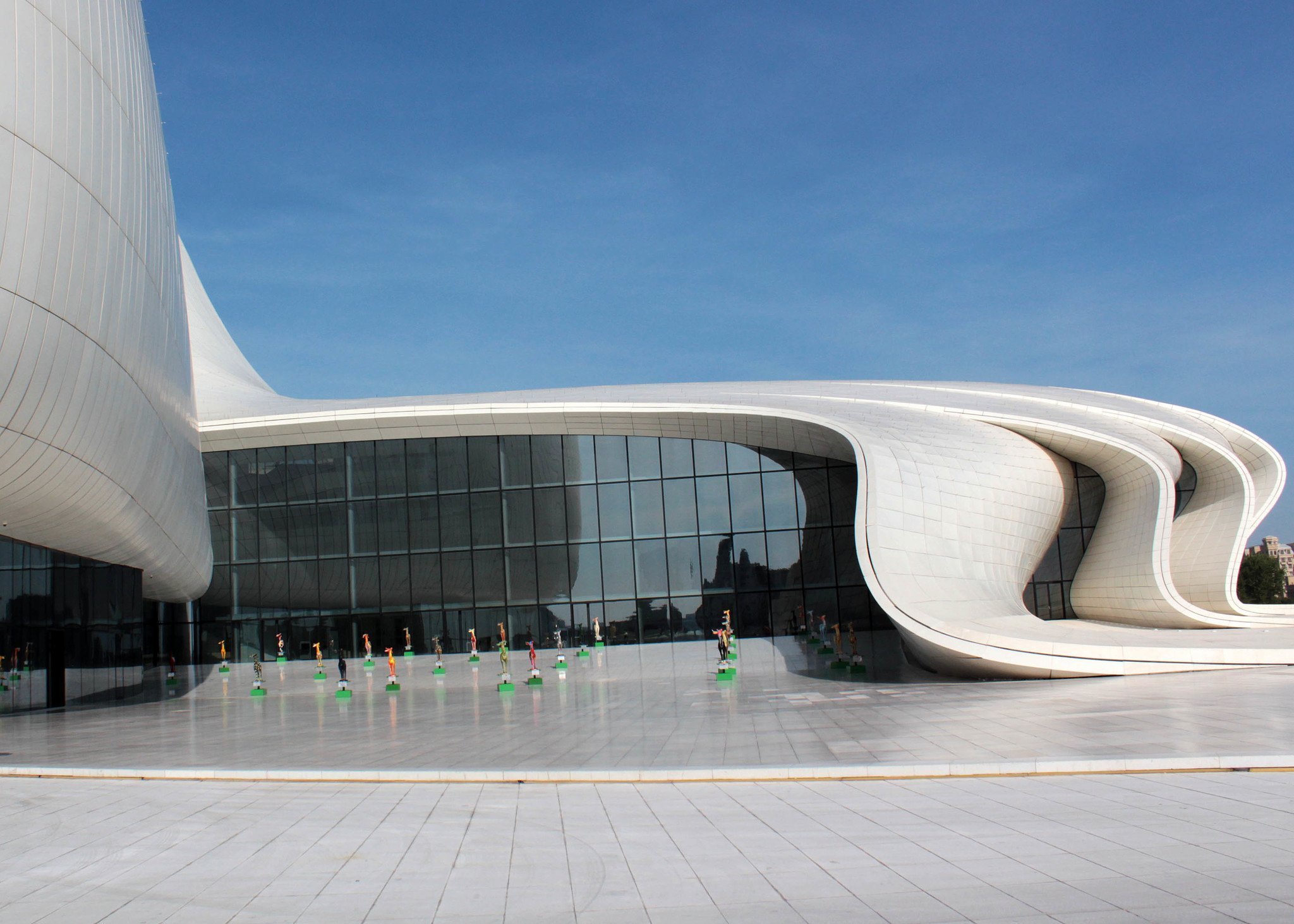
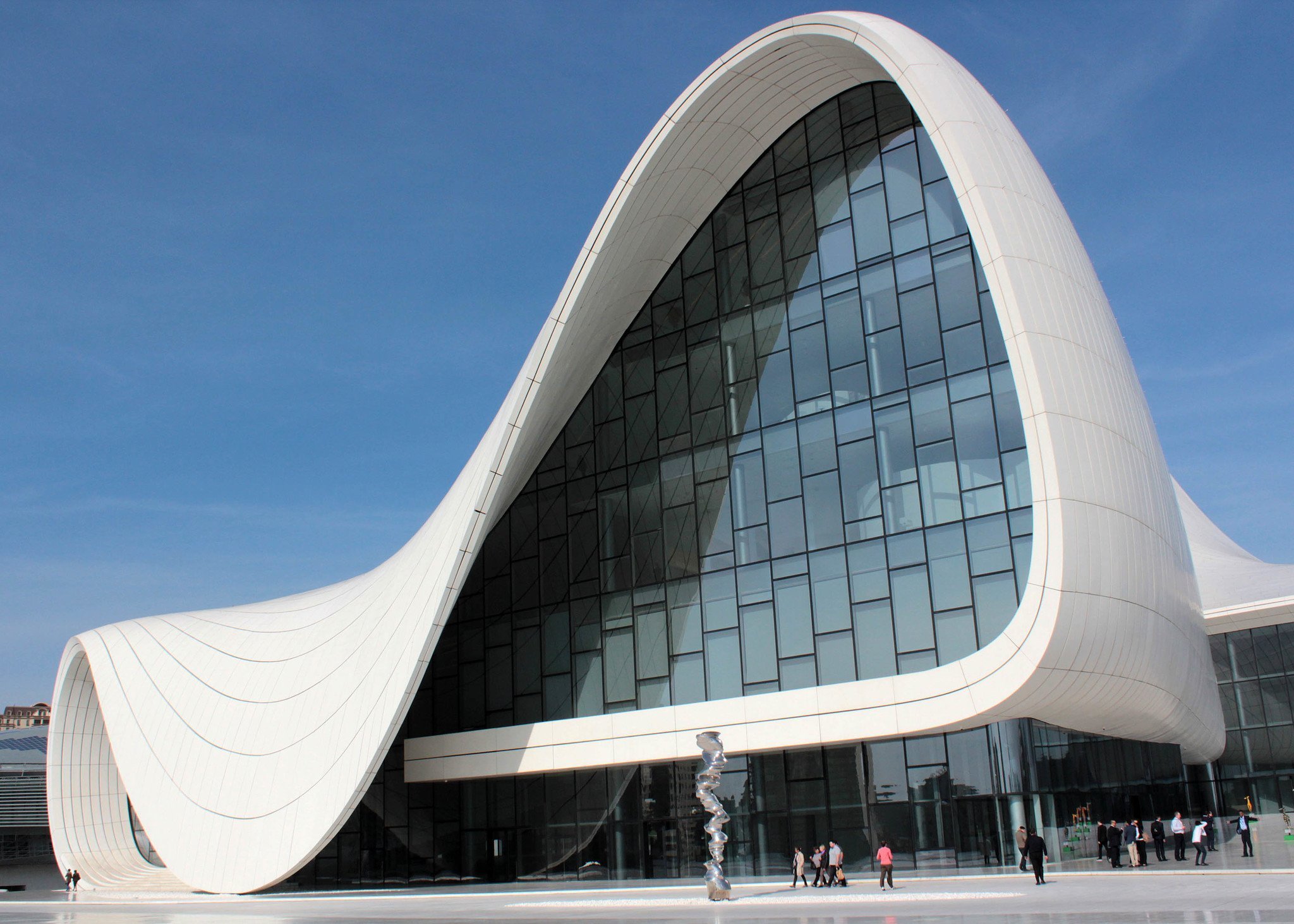
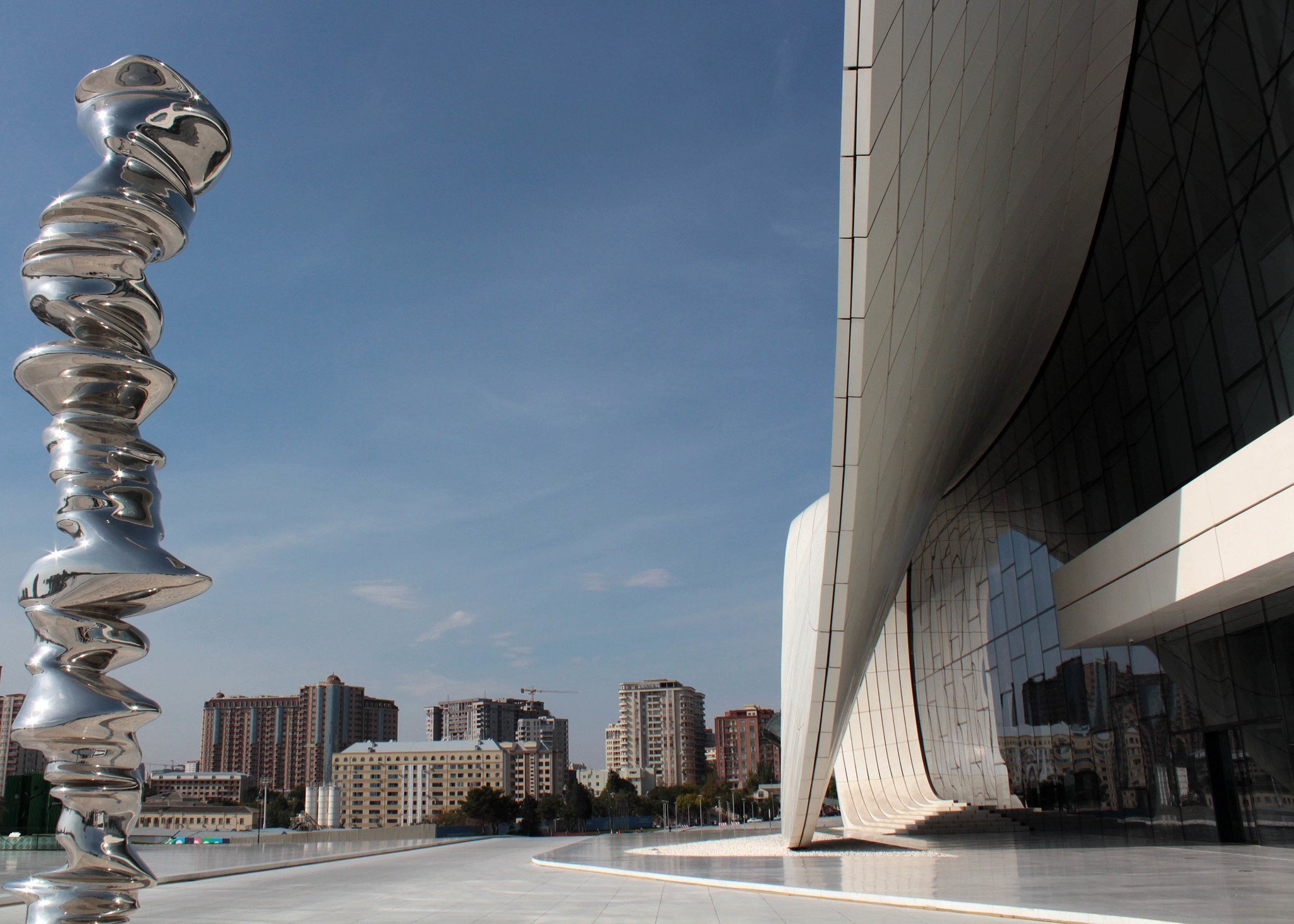
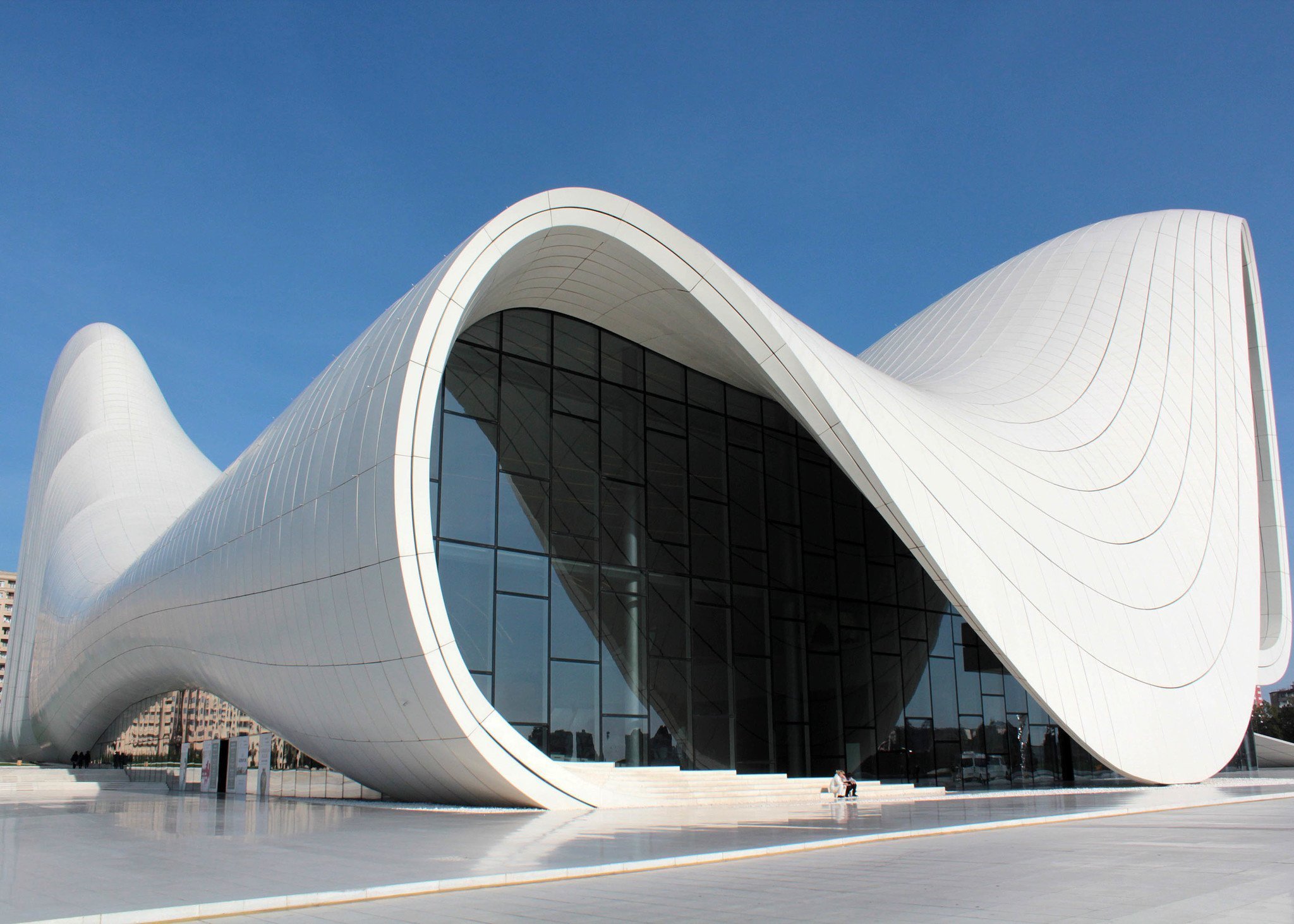
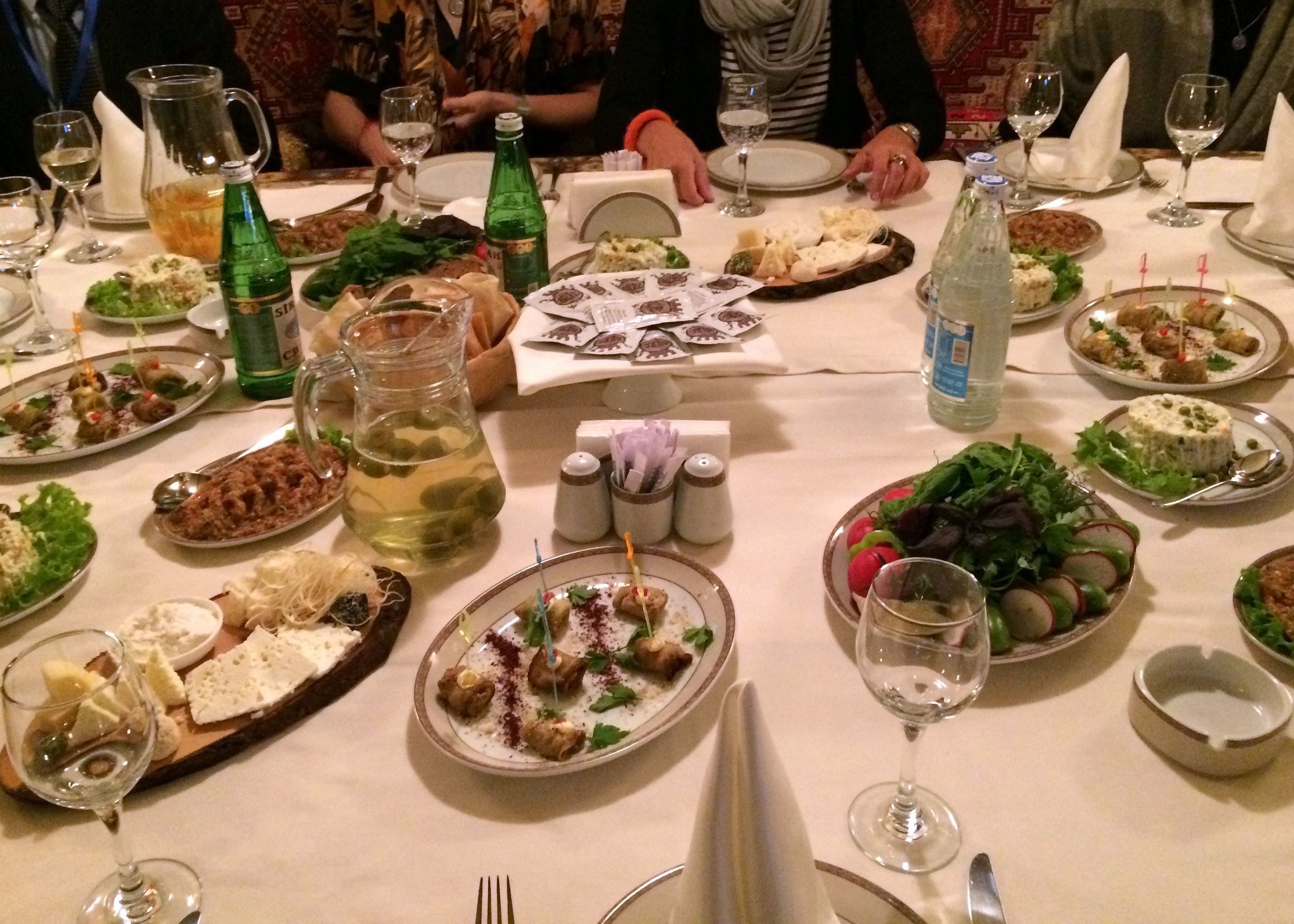
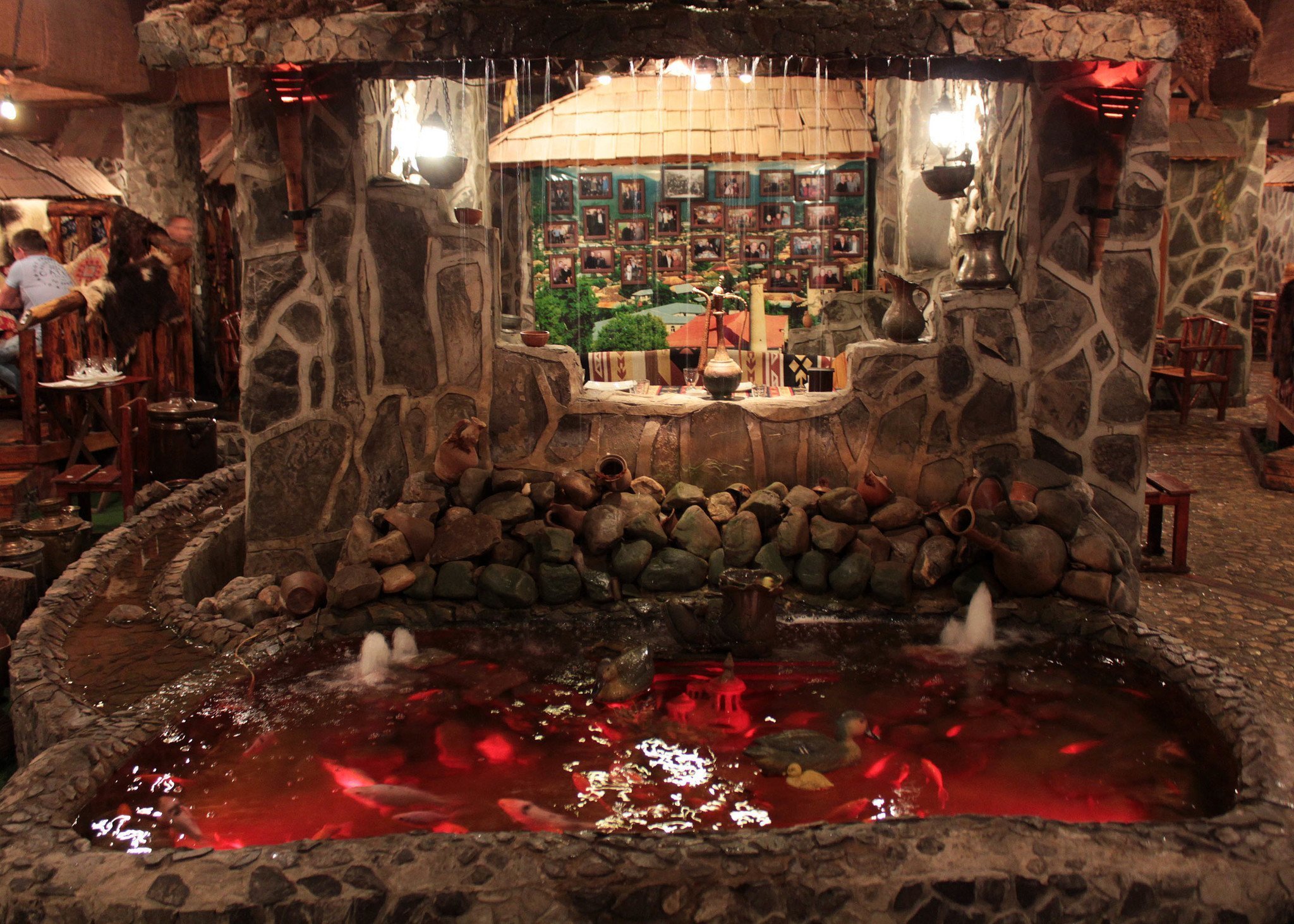
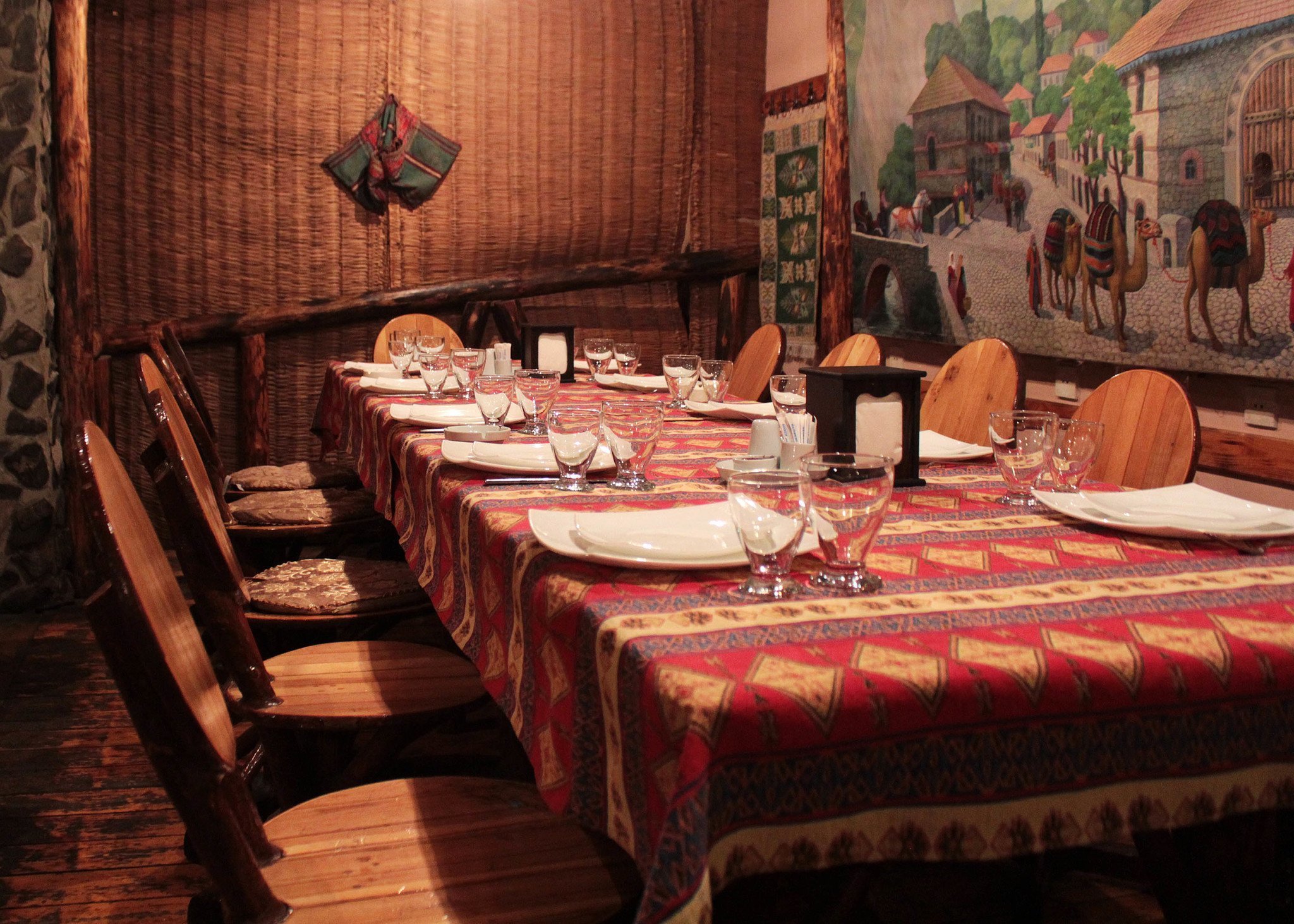
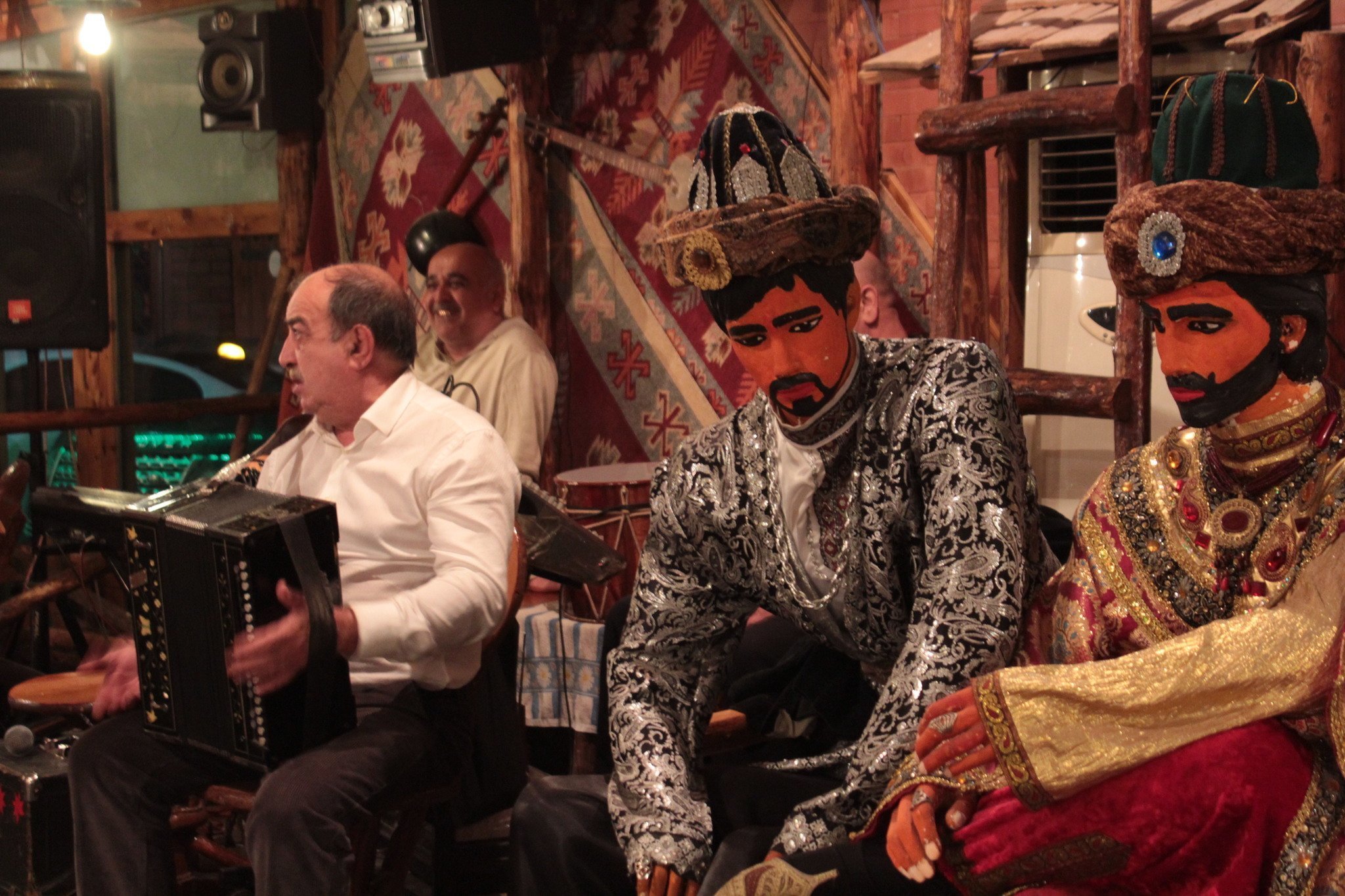
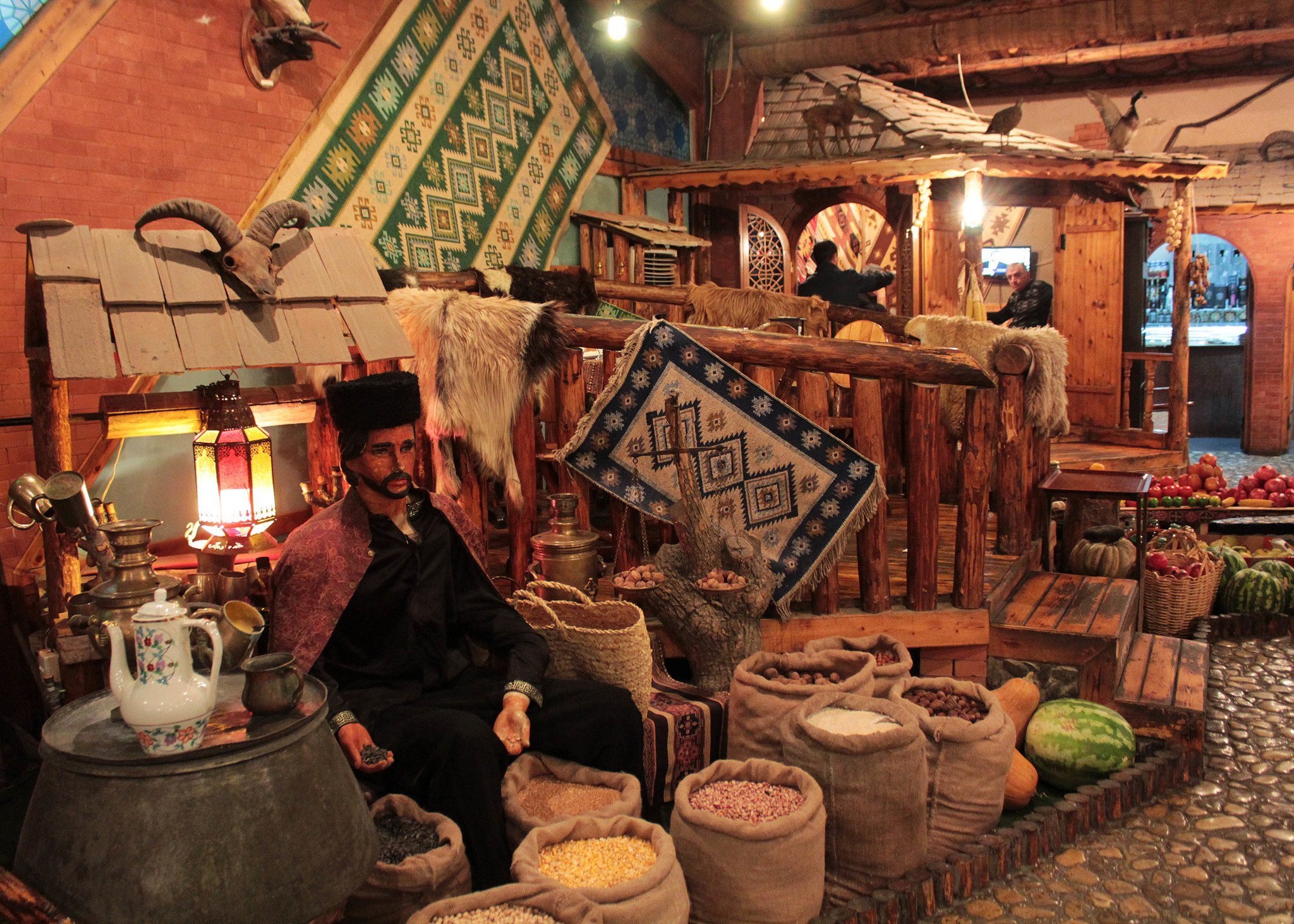

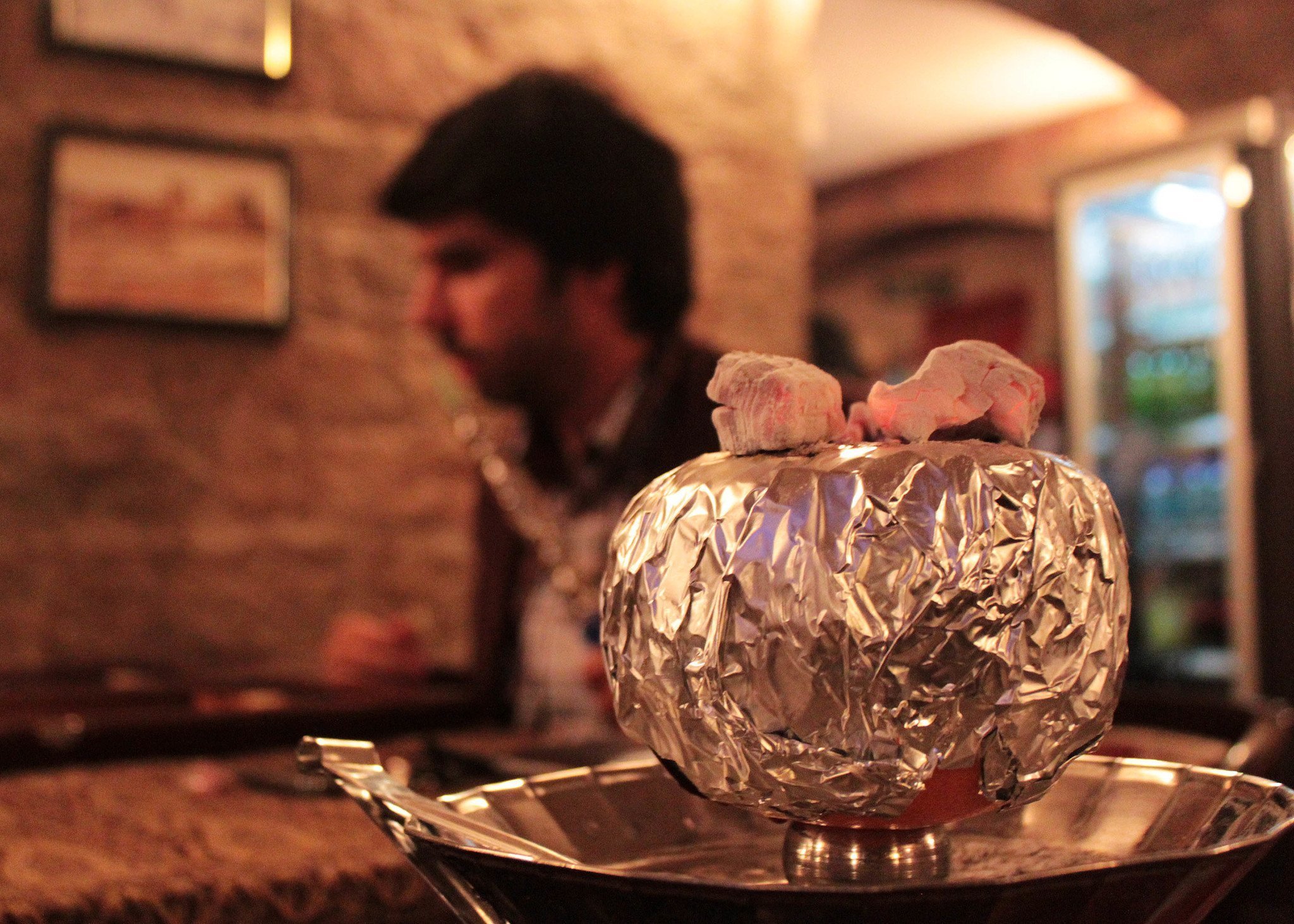
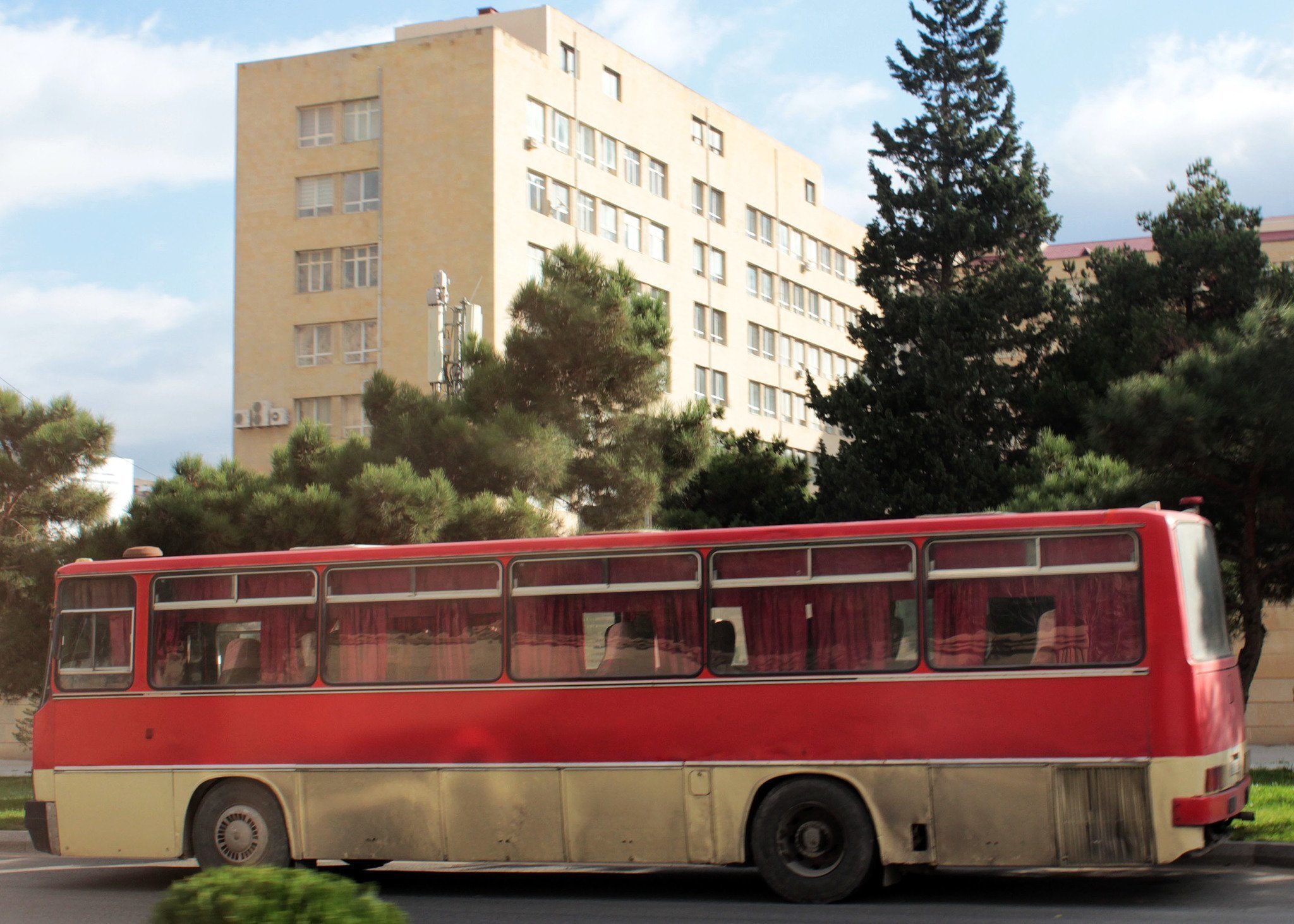
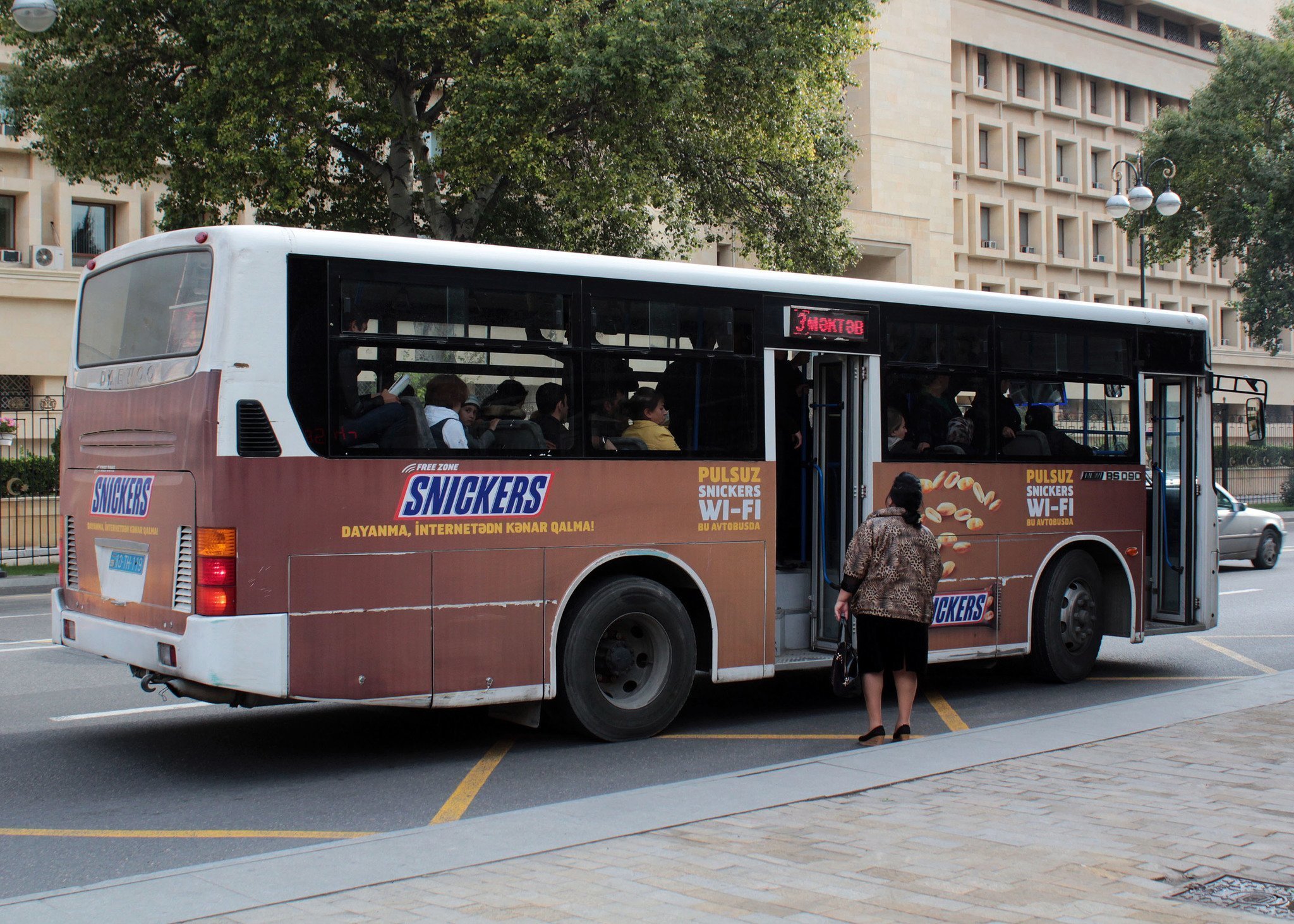
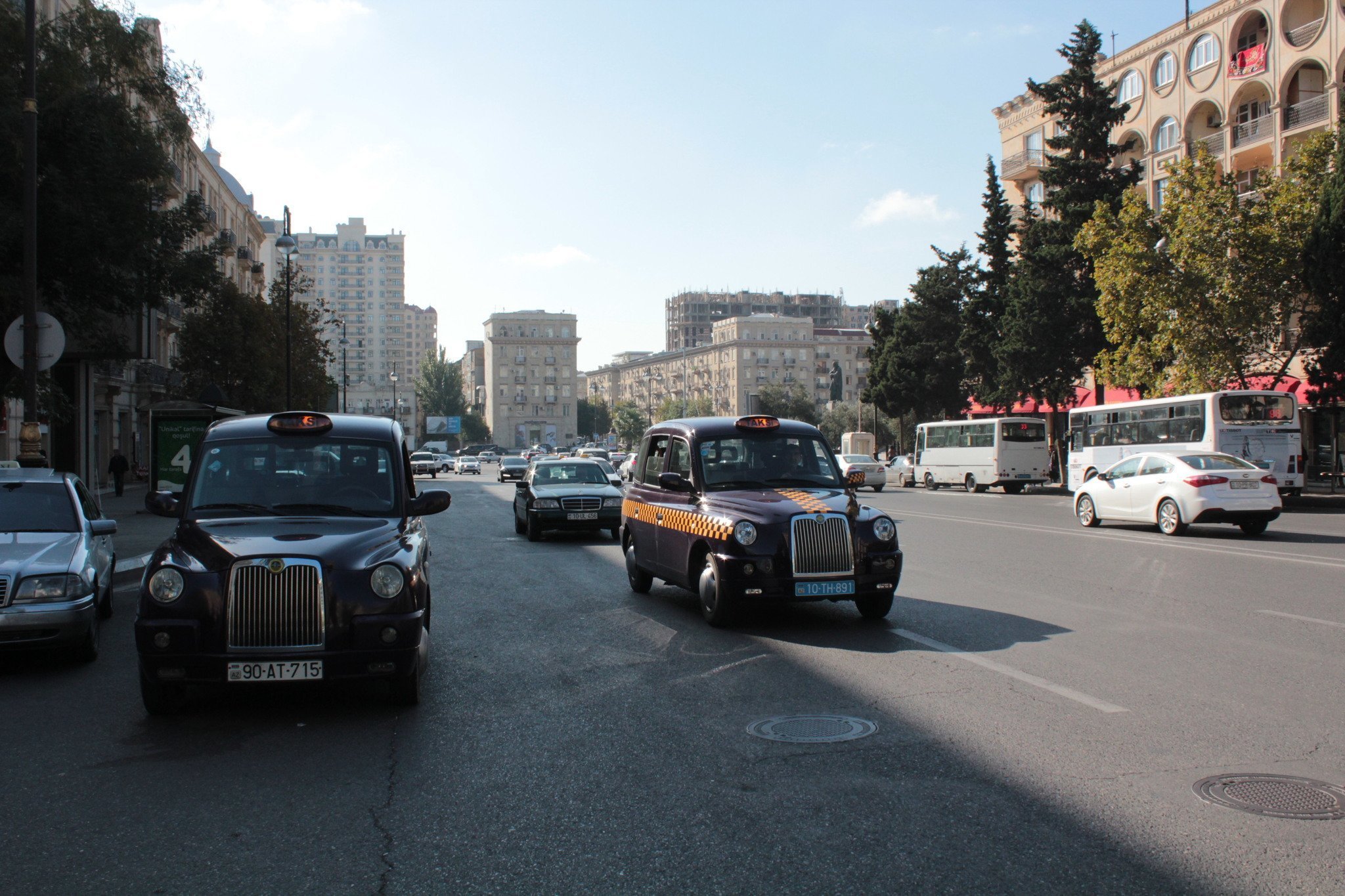
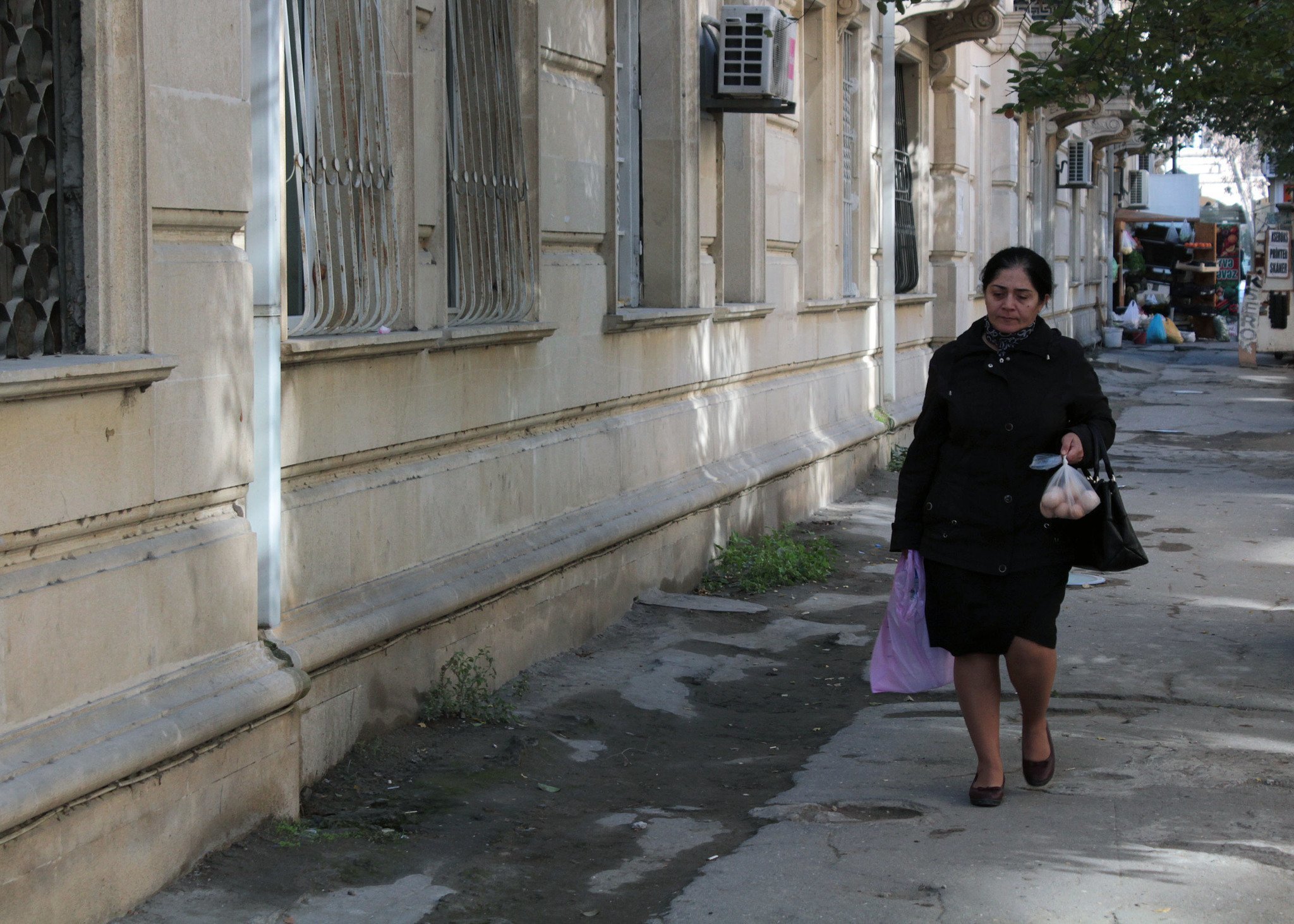
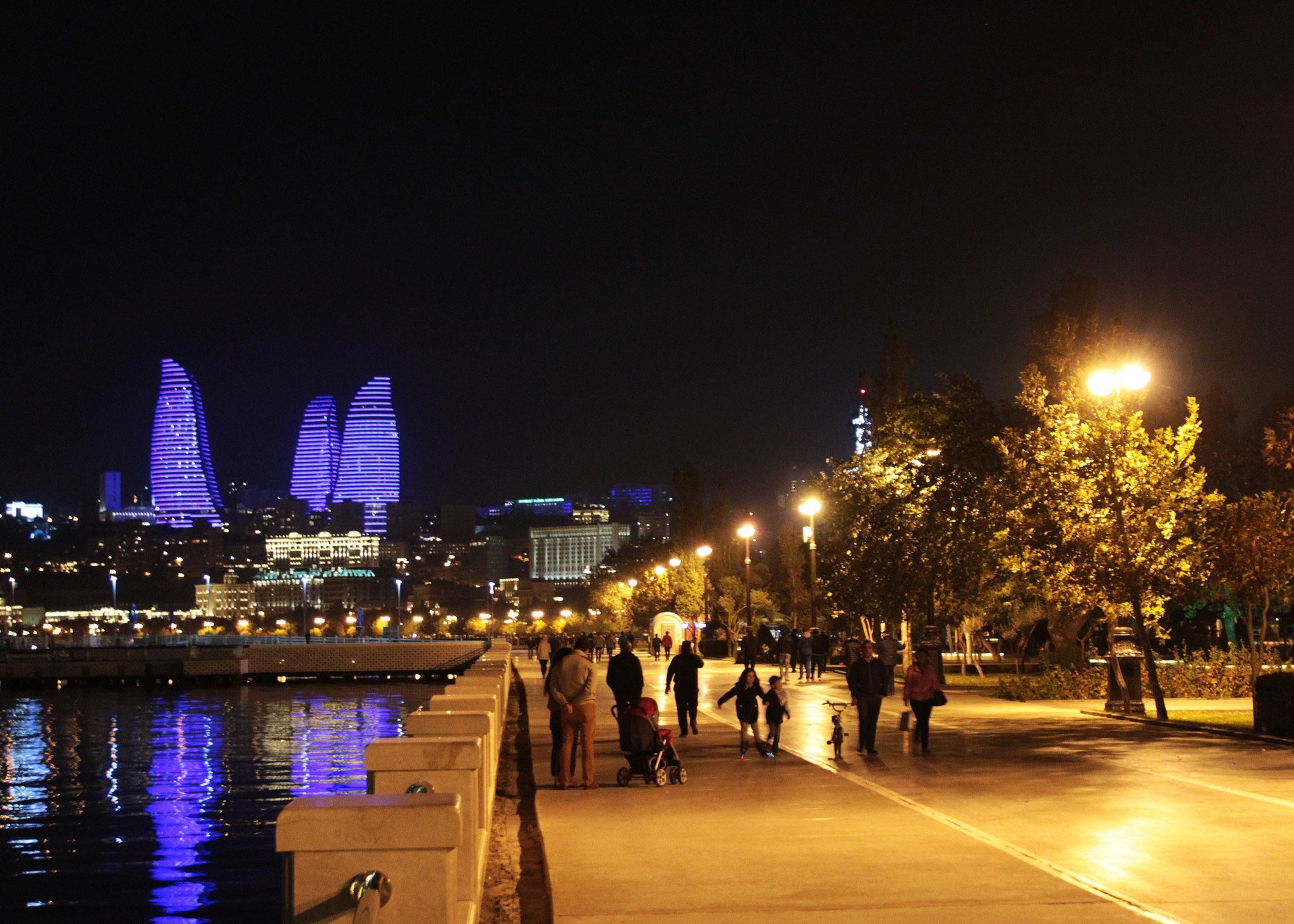
Hungarians are genetically more european than most slavic speaking people (who contain more Asian mongoloid Y and mt.DNA haplogroup markers), but all Northern Germanic nations (incl. Northern Germany too) have higher ratio of Mongolid haplogroup markers . See the ratio of Central Asian haplogroup „Q” and the other mongoloid haplogroup marker „N” (aka. N1C1) markers in the largest genetic database and CHART of European nations:
http://www.eupedia.com/europe/european_y-dna_haplogroups.shtml
And see the high ratio of middle-eastern haplogroup markers (various „J”) and african negroid (E1b1) in all balkan populations (inc. Romania). De facto, these nations populations genetically are less European than Hungarians.
Map about the genetic distance of European nations
http://spittoon.23andme.com/wp-content/uploads/2008/09/novembreblogpostfig.jpg
The autosomal DNA TEST of European nations (genetic distance between European populations):
http://en.wikipedia.org/wiki/Genetic_history_of_Europe#Autosomal_genetic_distances_.28Fst.29_based_on_SNPs_.282009.29
Do not forget that vast majority of balkan population is not only genetically but anthropogically less white (average darker eye and hair color, skin tone) so-called „WOG” people.
Just type in google image searcher: „eye color map” , „hair color map”.
Skin tone map:
http://webspace.ship.edu/cgboer/Map_of_skin_hue_equi.png
Hair color map
http://uclahealthservices.files.wordpress.com/2010/05/hair_color_map_europe.png
Eye color map:
http://4.bp.blogspot.com/-ilng4Lm9CI0/UKoaYrEoD_I/AAAAAAAAATw/8NebRqUEAOk/s1600/eyecolour.png
About the Finno-Ugric and IE language groups.
Just some Hard-facts: Finno-Ugric language group was born in N-Eastern Europe (in the Baltic Sea – URal region), until the roots of ancient IE language groups go back to Asian continent. In the Eurasian
supercontinent, there are more native speakers of IE languages in the ASIAN continent than in Europen continent. (Just remember the large IE speaking populations of India Pakistan Iran)
However, the 97% of Finno-ugric speaking people live in Europe. Therefore to call finno-ugric languages as “asian languages” is laughable illogical, unscientific and misleading.
TYPE IN ENGLISH WIKIPEDIA:”Proto Indo Europeans”
http://en.wikipedia.org/wiki/Proto-Indo-Europeans
and see the maps about original ancient IE people!France Britain Italy haven’t signifficant proto indoeuropean genes.The Germanic people have also very very low ratio of ancient IE haplogroup markers (R1a),only Eastern Europeans have high ratio of original proto IE haplogroups markers in Europe. Western European languages belongs to IE language group,but in very very distant way.(Have you ever heard about language-shift? The IE linguistic effect spreaded as a lingua franca and as a „dealer language” between many many populations during thousands of years) The real genetical IE people equal with the Eastern European people ( indians and iranians in the Asian continent.) Therefore being real descendants of Indoeuropeans represent lower culture, technology & lower scientific and economic development in the European continent.